A S T U D E N T I N I T I A T I V E
I S S U E 0 3
2 0 2 3 F E A T U R I N G : P R E J U D I C E T O P R I D E

MUN: A Haven of International Relations
Serial Killers: Born or Made?

A S T U D E N T I N I T I A T I V E
I S S U E 0 3
2 0 2 3 F E A T U R I N G : P R E J U D I C E T O P R I D E

MUN: A Haven of International Relations
Serial Killers: Born or Made?
As the end of my school-life inches closer with each passing day, it's only natural, I think, to reminisce on the past 13 years of my life encapsulated within the confines of the school’s four walls

2 1
I started school when I was 5 years old and will be done at the age of 18 That’s 13 years of my life I have spent making memories within the same system, often with the same people I was sitting in Biology class the other day and Mr SuttonCoulson (hello sir!) commented on how April 28th was to be our last day of school..ever. Although I knew it was coming, and had known since the age of 5 that someday it would all end, sitting there, 81 days away from the end of an era spanning almost a decade and a half, I was rendered speechless All the years I had spent in school flashed in my mind, memories after memories of joy, of relationships and lovable partners Of innocent crushes and whispered gossip in the bathroom. Of pain, of heartbreak and failure. Of uncontrollable tears, and hysteric breakdowns.
I almost couldn’t believe that it was actually ending. That the same pla responsible for memories too precious to let go off as well ones too painful ever forget, would someday be just that; a distant memory
Our TEDxYouth topic was just announced (I know it sounds disjointed b everything will tie together, I promise) and it was an eye-opener; Simplicity in Complex World. While brainstorming, I realised that often, in life, we forget appreciate the simpler times because the complex, harder time overwhelms us much more In school, I now realise that amidst all the wonderful moments simple joy, the ones I remember vividly are the hard times; tests going wron friendships running sour, romantic heartache and all the others Somewhere alo the line, I forgot how to be grateful for being priv happy
Talking to friends, I realised that I wasn't the only o fact that I would never get our school days back We tremendously excited for what the future held for us myself that no matter where life went, I would appreciate the simple happiness.

As our third issue of Mosaic comes out, I would wa to enjoy the magazine as much as we enjoyed ma carefully, our experiences and passions bleed throug way onto the page, but equally, I would want you al and rejoice in everything happy.
The Mosaic team always stood by each other, as a r and fun, and now, with our third issue, we hope to sta
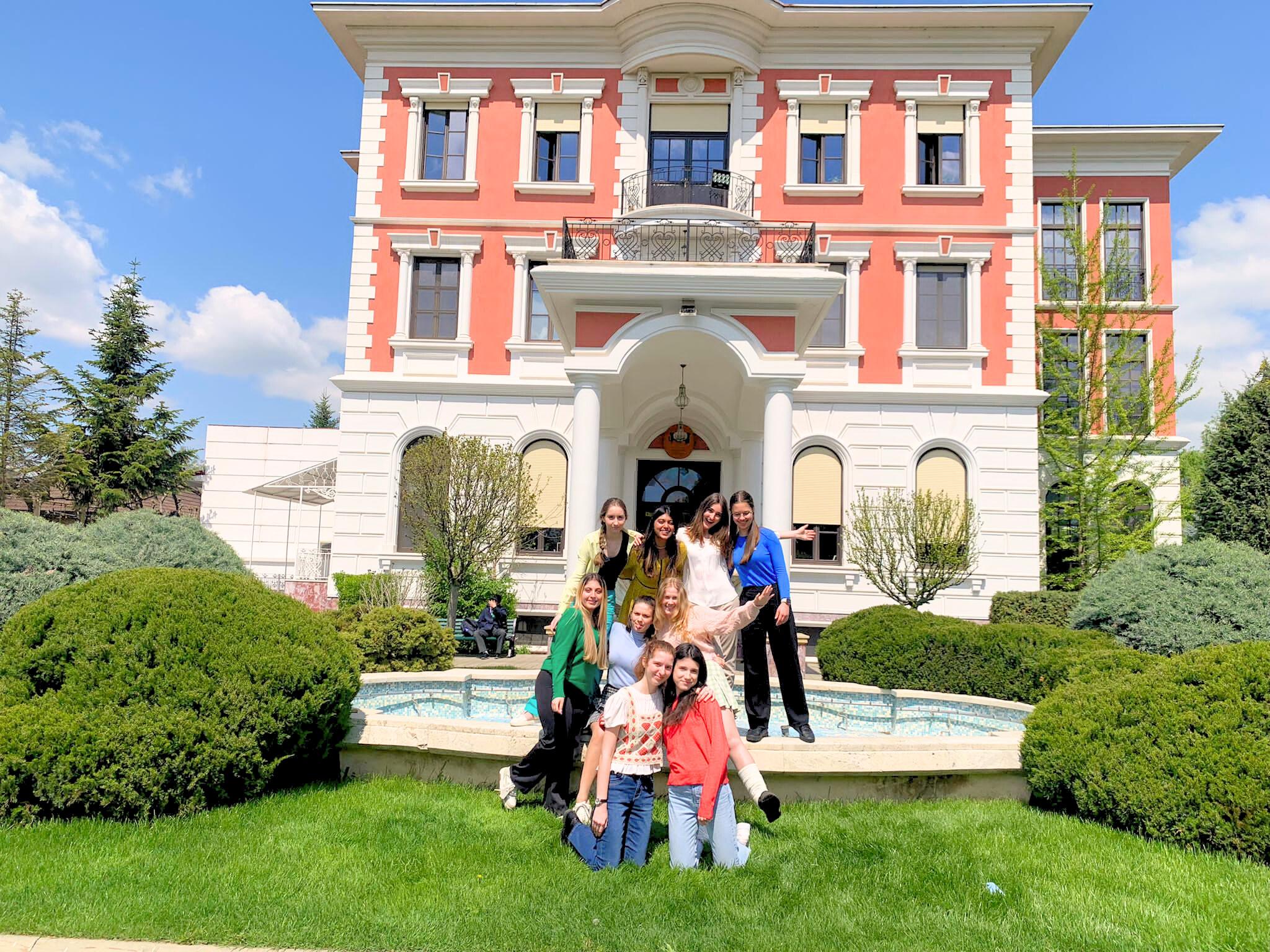
P.S. Since I am leaving school to move on to a new in the hands of the equally talented, if not more so pick up our fourth edition to see who continues this l
Editor-in-Chief






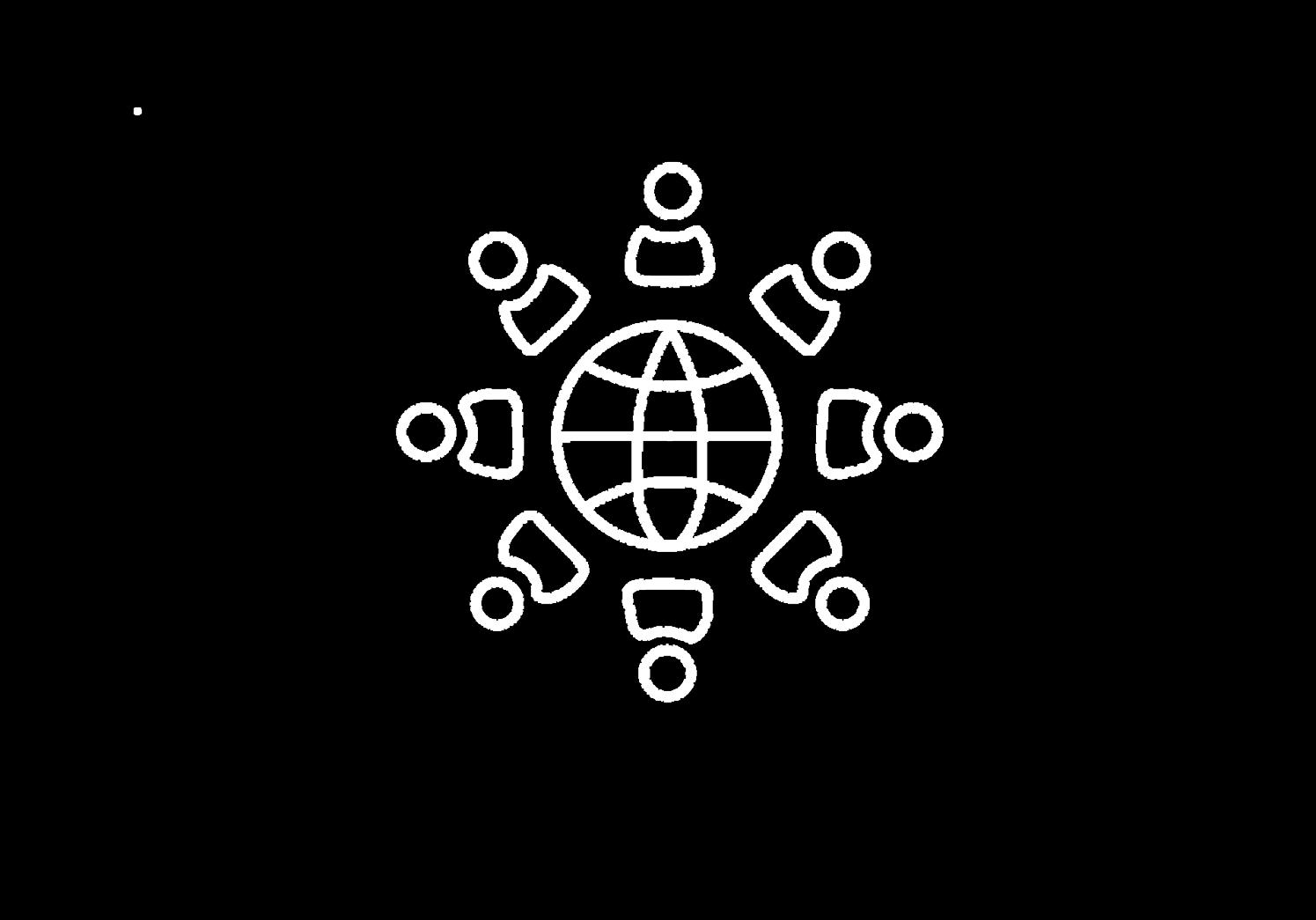


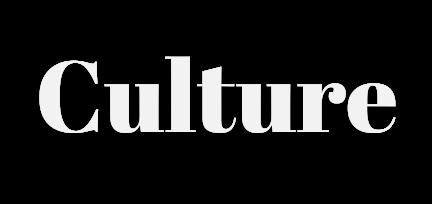


 Written by Veda Edited by Ilinca
Written by Veda Edited by Ilinca
Ah, love..what a sweet sweet thing it is; the familiarity of home and the feeling of belonging It’s a sunny summer ’ s day with your lover, strolling through the flower market It's the tears a parent says were caused by the chilly, cutting wind of autumn as they watch their child leave home to start anew. It’s the snow that collects on Christmas Eve while you watch a movie with your pet. It’s making flower crowns with the first spring daffodils and placing it on your sister’s head Love is all of this, as simultaneously as it is none of this because, as it seems, we may have evolved to do countless things that were once impossible but the question What is love still baffles us. This simple three-word question has occupied our collective societal imagination for millennia. Scientists, philosophers and artists alike have tried to explain love in a myriad of ways but the fact of the matter remains that such a feeling simply cannot be restricted to just a mere definition. So much so in fact that the Ancient Greeks came up with six types of love:
Eros; sexual passion
Philia; deep friendship
Ludus; playful love
Agape; love for everyone
Pragma; long-standing love
Philautia; self-love
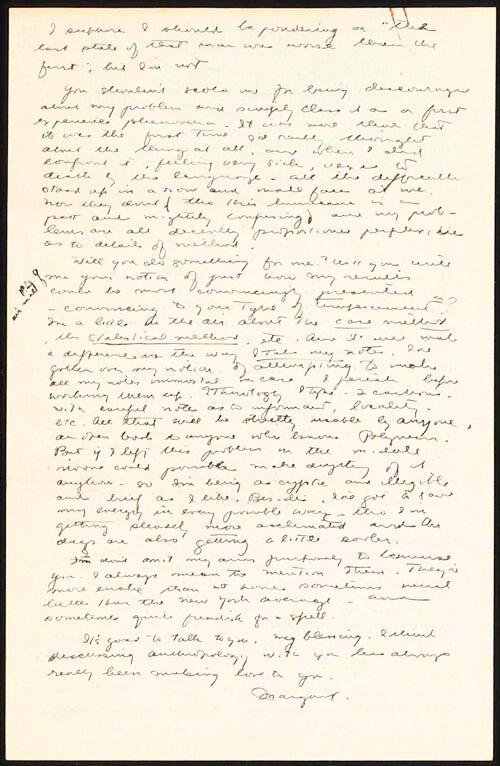
And somehow, this still wasn’t enough to really encompass what the word “love” really carried, because if you look up types of love on the internet, you will find yourself in a minefield of “8 different types” or “12 different types” or “3 different types”.
So as it remains, humanity still has no idea the meaning of love but that doesn’t stop us from expressing love to.. well.. people we love.
Or does it?
Because as it seems, the world is forgiving with acts of love, but when it comes to homosexuality or people loving people of the same gender, we seem to have issues with it. The “love is love” ideology is thrown out the window and political/religious/moral beliefs take precedence
"I love you forever and always comprehend the desert life could have been without you."
Meadin one of her last letters to
Ruth Benedict
The LGBTQ Community has been a thing for a long long time; most people seem to think it is a modern-day phenomenon, however, you may want to rethink your stance on that. Khnumhotep and Niankhkhnum lived and died, buried together all the way back in 2400 BC in Egypt Hieroglyphics that illustrated Khnumhotep and Niankhkhnum holding hands, face to face with their noses touching and embracing in the way only a married couple would at the time adorned their tomb, which made it considerably easier for archaeologists to determine what they were witnessing: history’s first gay couple.
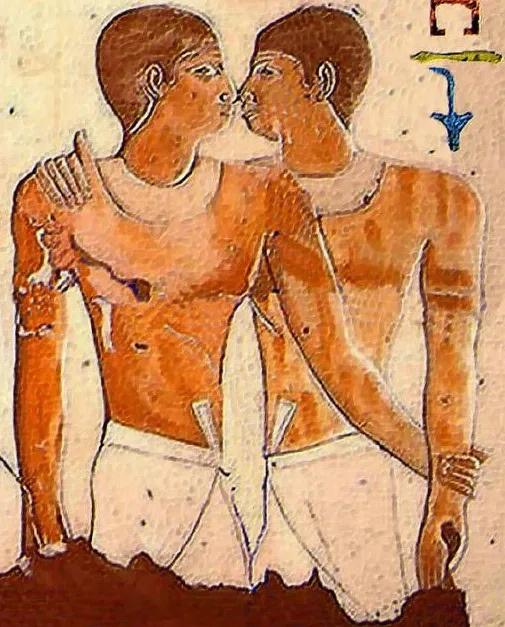
At the time, people didn't know what to call those who loved the same sex, just knew that they existed and were a deviation from normal or unnatural or a sin. So of course, laws to criminalise such people were in place with the punishment being death; being buried alive or burnt alive were some of the popular choices As the world moved on, laws became lax and people found themselves being able to love who they wanted to; this didn’t mean that their love was without repercussions. In fact, Oscar Wilde, the author of The Picture of Dorian Gray, was sentenced to two years of hard labour after being found guilty by Sir Arthur Charles on charges of gross indecency and acts of incivility which is a fancy, more politically acceptable term for him being in love with a man.
However, "Is not general incivility the very essence of love?"
JANE AUSTEN; PRIDE AND PREJUDICEOn April 29th 1895, Oscar Wilde found himself in a state of despair; his reputation was in shambles, his health in tatters and most of all, his heart was slowly but surely shattering in grievance for his lost love. On the eve of his final trial, he wrote what to this day is one of the most sincere declarations of love:
""My dearest boy, This is to assure you of my immortal, my eternal love for you. Tomorrow, all will be over If prison and dishonour be my destiny, think that my love for you and this idea, this still more divine belief, that you love me in return will sustain me in my unhappiness and will make me capable, I hope, of bearing my grief most patiently. Since the hope, nay the certainty, of meeting you again in some world is the goal and encouragement of my present life, ah! I must continue to live in this world because of that "
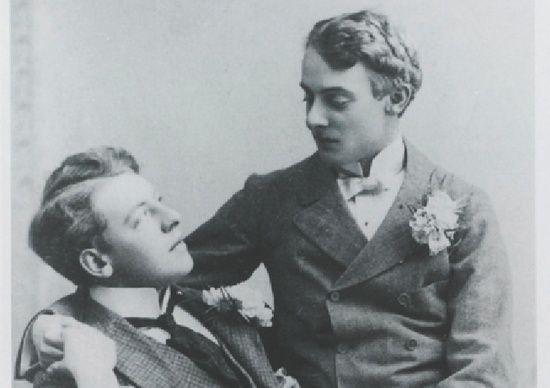
The sincerity of the love emanating from these words is perhaps the same as Catherine Earnshaw saying whatever our souls are made of, his and mine are the same, and yet one of these quotes made it to the headlines and the other? Buried and forgotten.
Way back in 1917, Henry Gerber, a WW1 veteran, was institutionalised due to his sexual orientation and upon release, found himself in a world where people like him were unwanted and isolated He founded the Society for Human Rights in Chicago; the first documented homosexual rights organisation so that the unnaturals of the society had a place where they could simply exist Soon after, he published Friendship and Freedom; the first gay civil rights publication. He was unsupported by most; medical professionals were scared to tarnish their reputation by associating, homosexuals were scared of consequences and the general political unrest about the community itself made anyone hesitate in their support The organisation lasted barely a year and disbanded in the summer of 1925 following a series of unlawful arrests of members
And so the gay love is wrong love outlook continued
In 1933, as the world was reeling from the horrors inflicted upon minorities in Germany, the homosexual community, once again found themselves in hot waters Hitler saw gay men as a threat to his campaign as they wouldn't bear children, so the Gestapo kept a pink list of rumoured homsexuals; prisoners were forced to adorn a pink triangle to signify imprisonment due to sexuality With people coming forward, it's been learned that those wearing pink triangles, doll boys, were segregated out of fear, because their sexuality is contagious. Former “doll boy” Heinz Heger’s 1972 memoir describes SS guards torturing these isolated prisoners by dipping their testicles in hot water or sodomising them with broomsticks.



With the injustice the pride community faced, a revolution was imminent and the precursor to the modern pride movement took place on 28th June 1969.
The riots came to be known as the Stonewall Riots; a pioneer pillar for the community. On the one-year anniversary of the Stonewall Riots, June 28th, 1970, thousands of people flocked the streets of New York City and Los Angeles in what they called Christopher Street Liberation Day as a homage to where the Stonewall Riots took place. For a community that had been stigmatised, criminalised, and persecuted, for people who had been ostracised and threatened because of whom they loved, marching down the streets of one of the most affluent cities of the time seemed unthinkable Despite the skepticism, the parade drew thousands and was a success of unimaginable lengths as parades in Chicago, San Francisco, and Boston soon followed The Pride Community went from the shadows to sunlight (Jerry Hoose, organiser of the parade) In LA, thousands flocked the streets of Hollywood and Vine chanting gay liberation slogans, wearing Halloween costumes, and drag clothes, thus marking the first-ever Pride Parades of history
The Genovese crime family opened the formerly “straight” Stonewall Inn as a gay bar in 1967 and the LGBT community found themselves a safe haven. It wasn’t long before Stonewall Inn became the place to be for anyone outside of the heterosexual spectrum On 28th June, the inn had unannounced visitors; the police had set up a raid and the officers armed with a warrant entered the club and arrested 13 people: employees and clientele alike that violated the state’s gender-appropriate clothing with female officers forcing suspected cross-dressers into the bathroom and checking their sex People were manhandled and riots involving hundreds emerged, lasting five days.
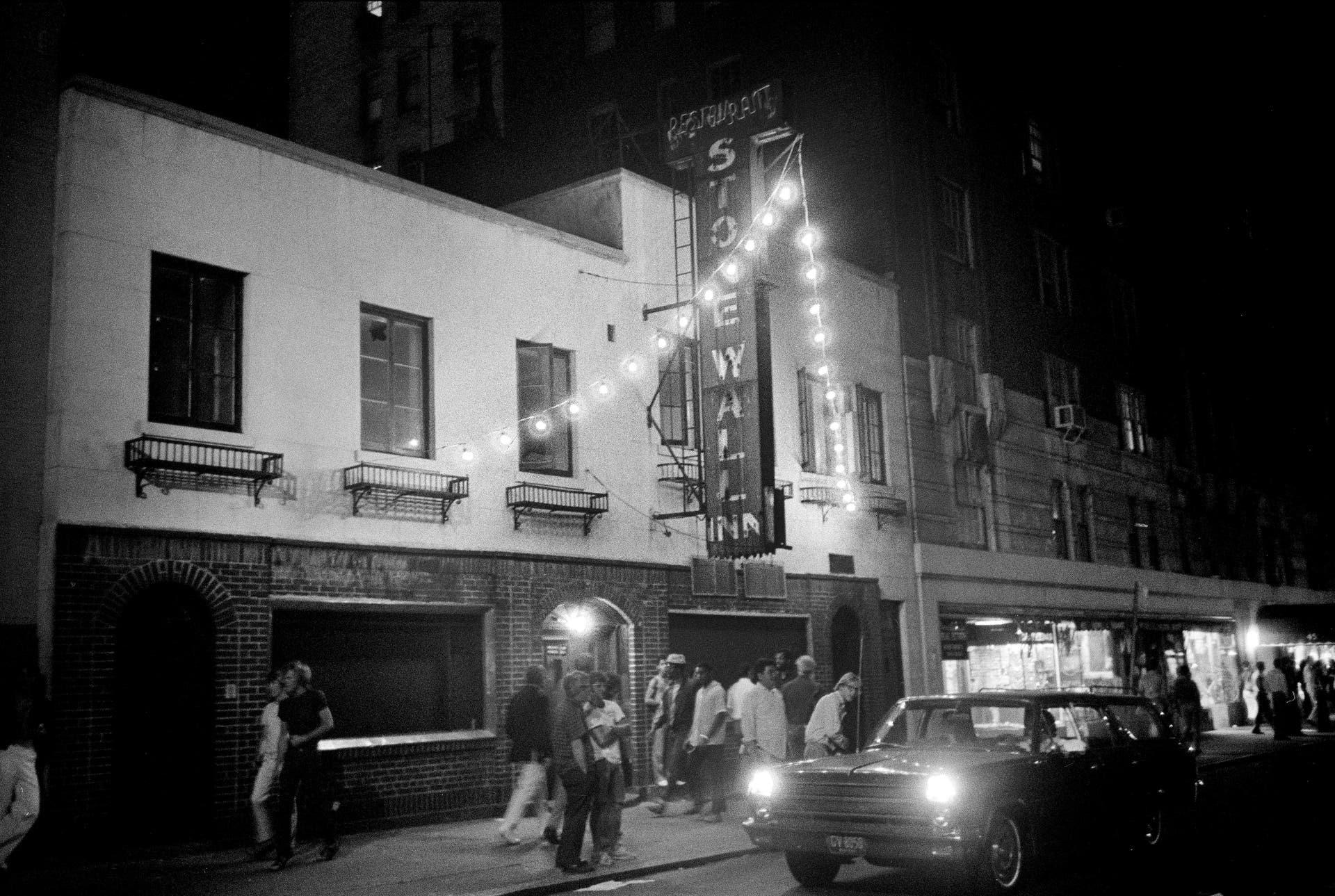
On July 1st, 1972, the UK's first pride parade was held in London. An estimated 2000 people attended with Peter Tatchell, one of the main organisers, stating:
Our aim was to show that we were proud, not ashamed. Determined to come out of the shadows and stand up for our rights, we wanted to make ourselves visible because we exist and we will not be forgotten.
Soon after, in 1978, Harvey Milk was elected to the San Francisco Board of Supervis making him the first openly gay person in the electorate His campaign denounced discrimination and hatred towards the pride community and focused on a wave of positivity stating the only thing they have to look forward to is hope He asked Gilbert Baker to mak symbol; one born of pride and determination, a positive alternative to the pink triangle t carried the horrors of the past. Baker dyed the fabric himself and stitched together eigh them; colours that held the heavy weight of oppressions past Hot pink symbolised sexual red was life, orange meant healing, yellow depicted sunlight with green as nature, turqu was magic, indigo represented serenity and violet was spirit.


1979 marked the first Pride Parade not only of Israel but of the entire Middle East People standing up for themselves in countries where religion always came first, was nothing short of monumental. Only 75 people showed up and they had to sing as they marched so as to comply with police regulations However, Israel’s Pride Parade now is an attraction with more than 250,000 people attending each year!
And so, everything seemed to move only forwards from here on out… until the AIDS epidemic hit in early 1981. The populations most affected by the disease were 25-44 year-old gay/bisexual men By 1986, one in nine gay men was diagnosed and one in fifteen had died As the numbers increased, ACT UP (AIDS Coalition To Unleash Power) was founded with the aim of bringing widespread awareness to the AIDS epidemic that was rapidly getting worse. The group worked to improve the lives of those infected through direct action and was successful in pushing government agencies and drug companies to accelerate testing for medications and lowering the costs of existing drugs through visual and non-violent demonstrations

Elsewhere, the Danish became the first to grant same-sex unions almost the same rights as marriages with the introduction of the Registered Partnerships Act of 1989 The law made it so that unions couldn’t be called “marriages” nor take place in the Danish church or adopt a child but the law was still a huge stepping stone in the right direction. Eigil Axgil, 67, who entered a union with his partner the day the bill was passed, would later go on say to the ‘New York Times’ that the only way to move anything was to be open about it He said that if people were to come forward, declaring this is the way I am, society would open too, and if everyone followed, the world would someday not bat an eyelash when a man loved a man and a woman kissed her wife.


Back in the United States of America, the AIDS outbreak was steadily increasing. The number of deaths was increasing every day and society was yet again shunning homosexuals. At the peak of the outbreak in 1998, President Bill Clinton was the gold at the end of the rainbow (do you see what I did there?); he passed Executive Order 13087 which prohibited workplace discrimination based on sexual orientation.
Soon after, following Denmark’s queue, the Netherlands became the first country in the world to legalise same-sex marriage, which for all intents and purposes was the same as a straight marriage, in 2001. With Hillary Clinton’s famous gay rights are human rights speech during a convention in Geneva, Switzerland in 2011, all 50 American states had legalised same-sex marriage by 2015 As of 2023, 34 countries across the world institutionally recognise samesex marriages, and 54 countries allow same-sex couples to adopt
Pride parades today are a huge event sometimes spanning days; the Brazil parade runs a week with more than 3 million people flying in from over the world to celebrate themselves and their love. In select countries, people from the community can lead normal lives, which is a lot when you think about how just 100 years ago, their very existence was illegal.
But it may yet be too early to rejoice, when two men were executed in January 2022 after spending six years on death row due to their sexuality in Iran, one of the 11 countries where the LGBTQ community is still punishable by death. The world may have greater tolerance, but how can we draw that conclusion when laws like the Equal Employment Opportunity are repealed, leaving transgender people open to unlawful discrimination or the Don’t Say Gay bills are signed, prohibiting classroom discussion about sexual orientation?
Pride parades may be the event but what happens when the parades are taken over by extremists throwing stones and eggs in progressive countries like Poland, Romania or Hungary?
So while we should step back to take pride in what we have achieved as of 2023, don’t step back for too long, because someone might be fighting to be able to adopt, fighting to dress in a way that empowers them, fighting to love who they choose, or even fighting so that they may live to fight another day
Our goal as a society should be to strive for a day until a fight does not exist because that is when everyone can truly be who they want to be
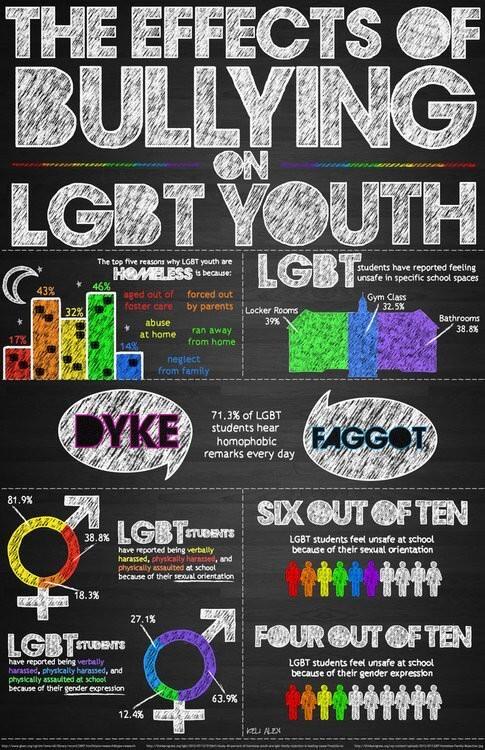
“One way or another, we will have Pride, and we have to continue the fight.”
Activist Kasha Jacqueline Nabageser
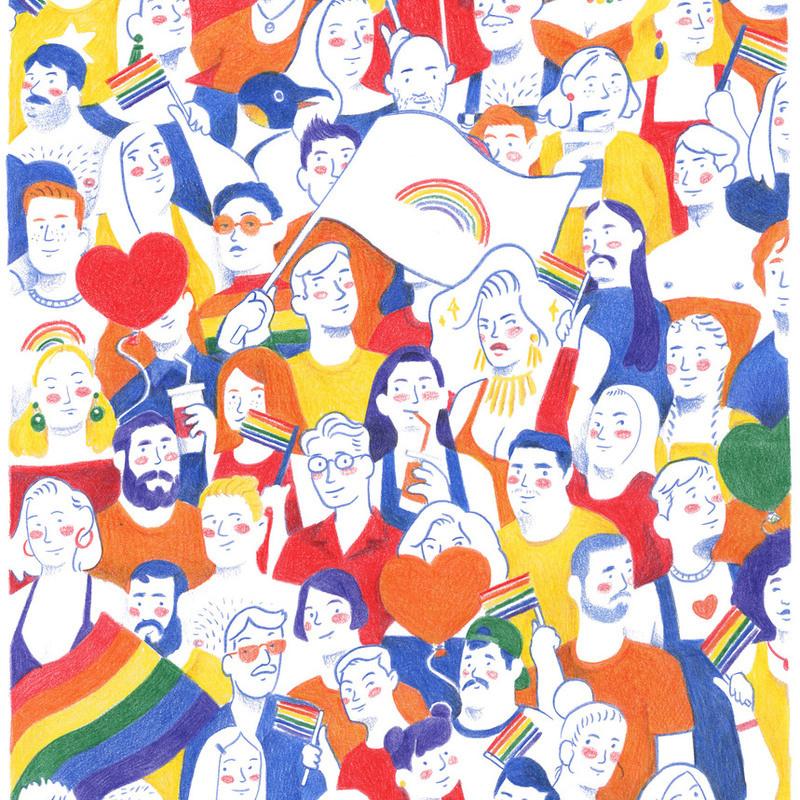
Netflix is a well-loved streaming platform that has revolutionised the way people watch television shows and movies. Founded in 1997 as a DVD rental service, it quickly pivoted to streaming in 2007, when it launched its streaming platform consisting of a vast selection of award-winning movies, TV series, documentaries, and originals. Today it is available in over 190 countries with around 209 million paid subscriptions worldwide
However, Netflix has begun to see a reduction in subscriptions of around 200,000 subscribers within the first quarter of 2021 and over a million subscribers in the second half So, what happened and what impact will it have on the company?
Firstly, Netflix has been facing competition from other rising streaming services such as Disney+, Hulu, HBO Max, etc as the content provided by all streaming platforms has become more customised to the new generation of audiences.
 Written by Melika
Edited by Ilinca and Veda
Written by Melika
Edited by Ilinca and Veda
Over time, Netflix has stepped away from providing licensed content due to the terminations of contracts and the high cost of purchasing rights for streaming. In 2016 Netflix’s CFO, David Wells, announced the company's intention to create more Netflix originals as a way of reducing obstacles of licensing and ownership rights with the rate of original content from Netflix rising from only 2.8% in 2016 to 50.7% in
The company also suffered losses due to the conflict between Russia and Ukraine; Netflix withdrew its services from Russia following the invasion, joining much of corporate America in an attempt to isolate Russia Yet in the process, the platform lost over 700,000 subscribers. This was followed by a decrease in viewership as the pandemic restrictions begin to be lifted and consumers progressively sought entertainment outdoors
Additionally, due to the economic recession and inflation, many consumers are reconsidering their choice regarding the necessity of the platform as a source of entertainment during troubling times in which other factors such as living costs take precedence
To increase sales, Netflix is considering an ad-based subscription plan for viewers. This would result in a dramatic decrease in the price of Netflix and could potentially introduce a new audience base for Netflix like never before The company recently announced that it will be partnering with Microsoft to act as a global advertising sales and technology partner.
However, this plan may be costly, considering Netflix will have to pay for the right to sell ads in the content that is already available on their platform from studio companies. This new feature could also comprise the viewer's experience using the platform, as they have gotten accustomed to ad-free content This may backfire and result in higher subscription losses to competitors which are providing the same service with the same quality, no ads and at a more reasonable price
Finally, another way Netflix is trying to survive within the expanding streaming service industry is by stopping consumers from sharing passwords.

It is estimated by Netflix that over ‘100 million’ households globally have access to its services by password sharing. But now the company has begun taking action with stricter controls to try and bring in more paying customers because, as they see it, households that have access to technologies to stream their services, can pay for the platform. At the beginning of 2023, the platform announced that people who have shared accounts can transfer their profiles (containing their content data) to new users, yet will have to pay for the fee using “subaccounts” created by the account holder who shares their passwords. Netflix began trials in March in South American counties, by asking subscribers to pay an additional fee of “3$ a month” to add subaccounts for users who do not live with them. However, we are not yet aware of how successful this may be, as many consumers may not be willing to pay the extra fee for an account or may find loopholes in the system to not pay at all.
Overall, It doesn’t seem possible for Netflix to regain its once-revered title due to the current economic circumstances and their already high number of users and subscribers of the platform and most importantly the competitive, expanding streaming industry Nevertheless, they may be able to overcome this issue by including sports, news, and TV in their wider packages, similar to their competitors.
“We are standing in the last lighted room before the darkness, bearing witness to something.”
 Written by Ana and Iarina
Edited by Stephie and Ilinca
Written by Ana and Iarina
Edited by Stephie and Ilinca
The world of Sally Rooney depicts our progressively fragile existence through the eyes of vivid, realistic and humane characters that break the stereotypical relationships of fiction. Here the characters are normal people, just like us, living in what readers might consider to be a “plotless un-novel” due to its unconventional structure. The characters are flawed, they worry about the future, they long for connection, and they also love In her latest novel, Rooney asks herself the most philosophical question of all: In a constantly degrading world, how do we find ourselves? And how do we? Is it through love? Success? Adventure? How do we find meaning? Rooney provokes her readers, through the characters of Alice and Eileen, Simon and Felix, pillars in a changing world, to answer these pending questions as she observes from afar, camera lens in hand
All of her characters are seemingly happy and in an envious position, but at the end of the day they are human and they are all struggling. Alice thinks her writing is pointless even though she wrote several acclaimed novels. Eileen feels like her motivation for living has run out and she is struggling to survive financially Simon is unsatisfied with his career, despite being very successful, and Felix hates his job. Rooney appears to have a deep personal connection with Alice that naturally leaves us wondering: is Alice fictional or is she the illusion of Rooney herself? What do you do when you reach the highest point of your life and how do you maintain yourself with such high expectations?
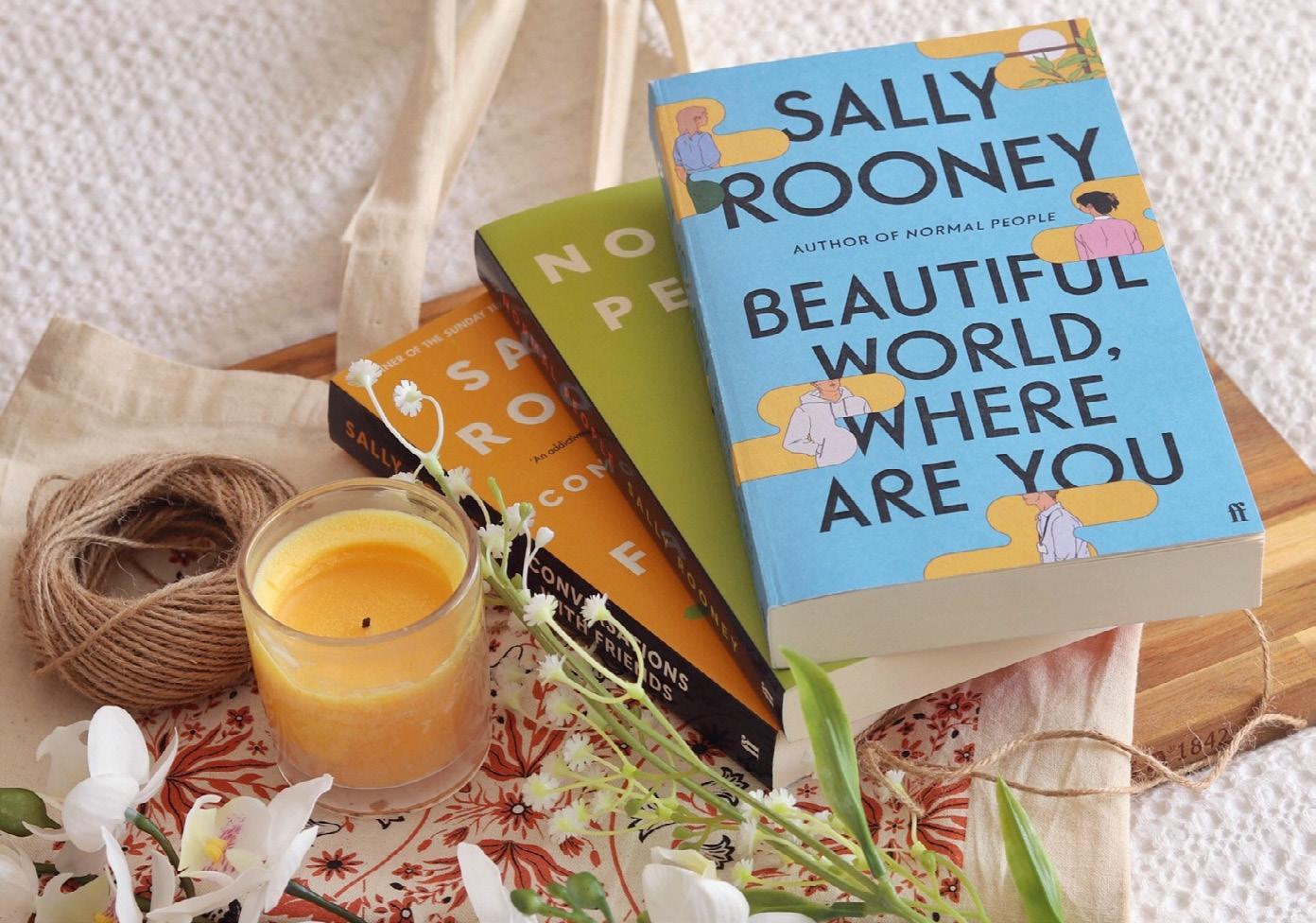
The friendship between Alice and Eileen is unconventional, seeming unbreakable yet fragile, demonstrating that human will is stronger than external circumstances A year of suffering, trauma, and losing purpose separates them, in addition to the geographical distance between them, leaving what seems like a gap between what was once the ‘indestructible’ bond that connected them Their only way of communication is through the written word in the form of philosophical, raw, and lethal emails. Their long discussions seem to float around on a cloud of neverending questions with no answers but with a meaning greater than life. Whilst reading their intimate conversations, we feel as if we were intruding on the most secluded thoughts of their minds, leaving the readers wishing for more Their emails discuss the themes orbiting the novel: sex, power, the trouble of fame, class, and gender.
The destruction created by high expectations, pressure and the unknown. The substantial enormity of life and also the nothingness that it holds. The hope that we find around us, in the smallest of things, the light in the last room of this world And yes, we know that these ideas have been tackled before and have become somewhat of a cliche, yet Rooney unveils a new angle to the picture.
The romantic relations and connections between the characters are always present in Rooney’s novels, yet they never fail to stand out to the audience or literary critics. She highlights the importance of diversity and human nature through the link between Alice and Felix, two people of different origins and passions yet connected by the complex strings of love Alice meets Felix, the ‘guy from a dating app’, a warehouse worker with a fierce temperament opposing her own, in a bar, after coming in contact through the span of a few simple conversations - no knight in shining armour riding a stallion this time.

After their so called ‘date’, Alice and Felix discover their conjoint characteristic, a strained mental health, and the writer reveals the nature of selfcriticism and insecurities that lie within the hearts of the characters. Felix accepts the invitation to accompany Alice to a literary festival in Rome, a trip which pulls the strings between their hearts even closer. Yet this is not the type of relationship you would expect. You know, the kind where they fall in love and then their love for each other can only get stronger Instead, Rooney allows the characters’ flaws to appear brightly in the picture.

"Dear Eileen,", she says, "You should know that our correspondence is my way of holding onto life, taking notes on it, and thereby preserving something of my – otherwise almost worthless, or even entirely worthless existence on this rapidly degenerating planet."
Felix’s clear disapproval of Alice’s career in literature, as well as illustrating his lust for women other than his love interest for example. Flicking through the pages of the book, we find the nature of their relationship toxic at first, being aghast by how Alice seemed to accept Felix's approach to their relationship, even returning to his company. The juxtaposition between the two does not drive them apart, but it fuels the tension
between them and so brings them closer together, creating a relationship of art They argue, they fall apart, they reunite. They love. They are human.
Although the simple dialogues between the two do not match the cliche ‘romance’ talks promoted throughout the media, the power they have shines the spotlight on the complexity of human interaction and nonlinear relations

The relationships present in Rooney’s novels are not all about the glamour and beauty that comes with romantic life - they also embrace the powerful bonds created in ever-lasting friendships Eileen and Simon started threading their connections from their childhood, with Simon being the ‘attractive guy next door’. They understood each other, they longed for affection and they set out the bricks for what became a strong, profound affinity. Years later, having tasted adult life and the controversial delusion that comes with it, the two find their way into each other's lives once again. While Simon’s religious beliefs show the clash be tween the evolving world that is gradually pulling away from religious morals, Eileen is suffering from her breakup with her ‘almost-husband’. She fears the concept of being alone and she anxiously finds her way towards Simon, whom she clings to, refusing to let go. They aid each other in redeeming their happiness and purpose in life.
“Everything you ’ re doing, moving out here on your own with no car or anything, getting your feelings involved with some randomer you met online, it’s like you ’ re trying to make yourself miserable.”
“Sometimes when I get really sad and depressed, you know, I lie in bed and think about you. - And since you like me, or love me, I must be ok.”
Yes, it does seem like the stereotypical trope of friends to lovers, yet Rooney manipulated it into becoming an inspirational narrative What the author intended to convey is that everything in life can be somewhat of a cliche, but what can truly alter the never-ending cycle of deja vu and repetitive actions is the power of good writing and how you choose to interpret the flow of words.
When referring to a Ro prominent characteris uniqueness of her artis style and structure of th
“I was in work when I received the email . . . I read the message several times. For some reason I deleted it briefly, and then went into my trash folder to retrieve it almost straight away Then I marked it as unread and opened it to read it again as if for the first time.”
Reading Rooney’s work made us wish to discover a flawed yet ardent version of our world, that acknowledges the damaging categories that lead to a loss of individuality. It made us want to go out into this beautiful, messy and imperfect world, whose infinite versions clash together to form galaxies of allure and uniqueness.
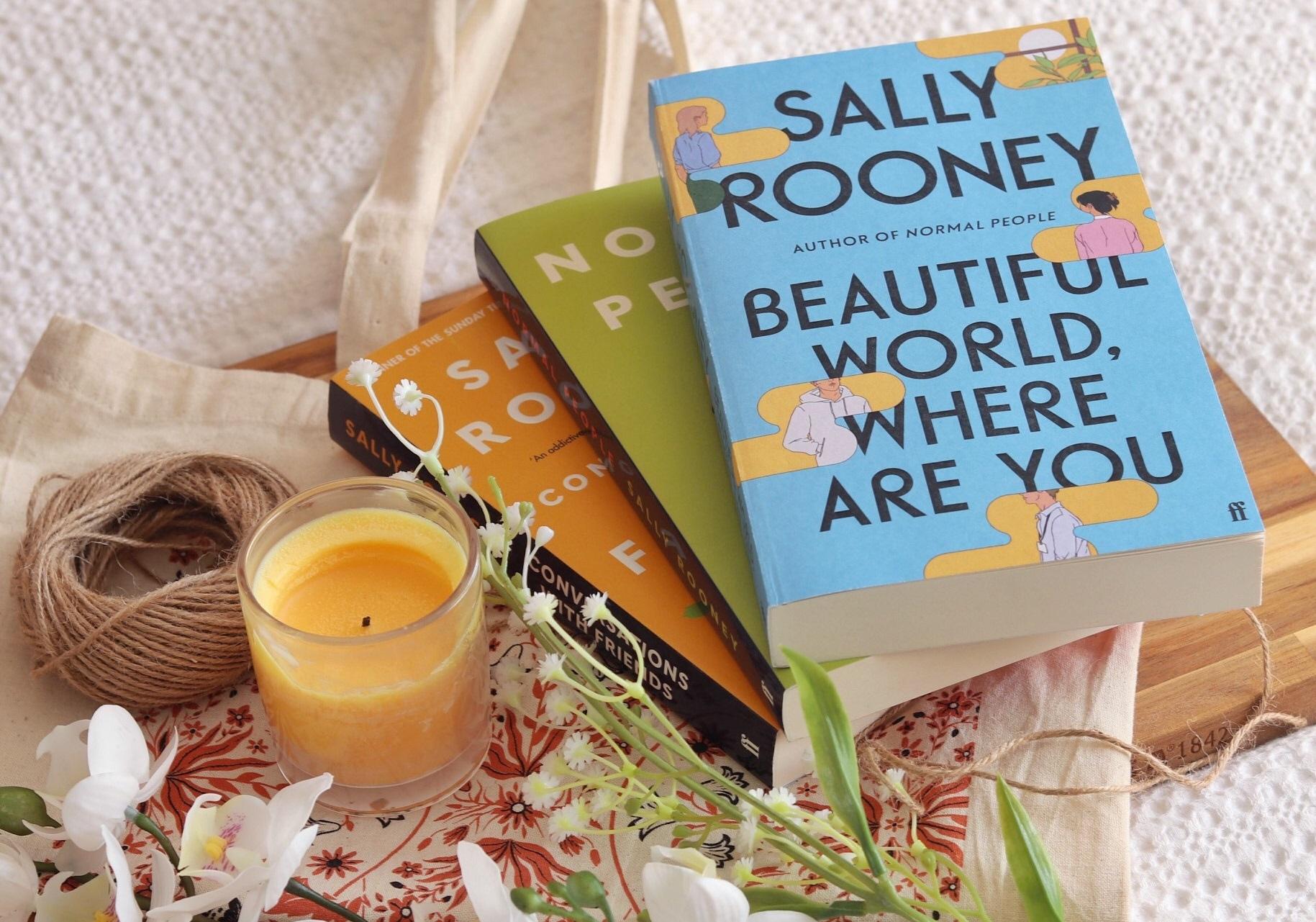
It does not take long in stories to distinguish h and flat, avoidant of styles that throne upon genres Yet her style, intervenes within the seeming almost as if p y ogue contrasts with the characters’ deep exploration of their intimate human nature.

What strikes the one who opens the novel almost instantly are the missing ‘quotation marks’ that always accompany dialogue and speech within a written text. Rooney’s individualistic portrayal of character speech fabricates a sense of ‘fusion’ between the speakers and the text, seeming as if the characters are not only the actors of the play but that they become the play themselves. The interactions and conversations between Alice, Eileen, Simon, and Felix empower the text and portray a clear magnification of the art hidden within their dialogue.
Rooney has successfully brought the ‘normal’ back to life; the normal that has been shadowed by mountains of standardisation and ignorance Rooney’s message is clear: despite all of the global turmoil, the connections that we share in the essence of being human will always prevail. As a breaker of conventions and an innovator, she offers us the tools and the power to define our own selves without feeling judged or repressed, because what makes us different makes us normal and magnificent.
“I was tired, it was late, I was sitting half-asleep in the back of a taxi, remembering strangely that wherever I go, you are with me, and so is he, and that as long as you both live the world will be beautiful to me. ”
A few years ago my parents told me about a book that was the talk of the town, ‘Where the Crawdads Sing’ Everyone knew it, was fascinated by the story, moved to tears as they went through the journey the characters were on. As a naive child, I didn't care for it and continued my journey with my beloved YA fantasy characters Suffice it to say, I didn’t realise what I was missing out on.
The novel sat on my bookshelf, always there but woefully forgotten. My dad sang its praises and I dutifully ignored them. On a fateful summer day, my refusal to read the book was overshadowed by its electrifying success
It was like an editorial Cinderella story.
Putman Books printed 28,000 copies of the debut novel of retired wildlife biologist; Delia Owens, who was 69 when she wrote the book. They weren't expecting success, but what happened “defied the new laws of gravity,” states Peter Hildick-Smith, the president of the Codex Group. Over 12 million copies sold, 168 weeks on the NY Times bestsellers list, more sales than the combined print sales of Margaret Atwood and Stephen King, an adaptation produced by Reese Witherspoon who selected the novel as her book club pick Everyone was in love, and I needed to satisfy my curiosity I wondered if it would meet my expectations.

The short answer? It did
It's 1969, you're in the marshes of North Carolina and you have a dead body in front of you. This surprised me from the beginning
I expected a got a murde back to the Kya, a youn herself
She learns fr collecting bi boat to explo the beach w wrote about sensitive, in poetically co her. People her “The M monster to s

But in fact, see her as, a inclination t social dynam
As Kya grow have a fami natural wor abandon th always com hope that he
In midst of for her wi hardworking boy who gi and loved
Grown-up K fight for he people who between the Owens cre atmosphere absorbing, in I refuse to sp mind-blowin must do wh think that wh
When I star down. I was about the pe
What I foun
As mention biologist. Bo spent most o like Kya. He ‘way out, ' w return to her
She uses the same phrase to shape Kya's childhood and relationship with her mother Not only that but her naming the book the same is an insight into how important nature is to her.
She studied zoology and later went to Zambia and Botswana with her husband to study lions, hyenas, and elephants They also did foundation work and provided job training, education, and health care to villagers. She wrote two books, documenting her findings and the period she spent there. Although known for their work, the couple was also famously recognised for the controversy they caused; the death of a suspected poacher shot and killed at their base for anti-poaching campaigns
They were expelled from Botswana and wanted for questioning in Zambia as it is suspected that Delia Owens’s stepson was the one to kill the poacher Delia Owens denied that she was involved and wasn't charged with anything but she opened up the conversation again with her book in which Kya is put on trial for murder. She stated that "It’s painful to have that come up, but it’s what Kya had to deal with, name calling" which parallels her experience after the murder investigation This personal experience shaped her book to be the provocative, insightful masterpiece that it is and in turn, left a lasting impression on me.
I'd never previously thought about how my experiences shaped me, but this book led me to the profound realisation that everything that happens to me will change me It was a startling thought, something previously left undisturbed but it was exciting to think of for sure.
The achievement of literary success, however, comes with knowing how to use those experiences to create emotion; and here is where Delia Owens triumphs
In the end, I will say this: I regret not reading it earlier.
After the roaring success, a real-life murder investigation, a movie adaptation produced by Reese Witherspoon, and more, this future classic has embedded itself in my heart.
On the surface, it seems like a delicate emotional tale of womanhood and cinematic setting.
But as you start to unravel the story you realise that it is as wild as a marsh animal, a call for action, a social and ecological manifesto
In part, it is a story of survival. Of a girl who managed to live in the wilderness on her own.

It is also a story of love and mystery, of murder and social injustices
It is a study of the ecological environment and the natural world that surrounds us. It's accessible to read, but not written in a commercial way for mass readers
That’s what makes it so special It isn't pretentious in its writing, and yet transmits so many themes and messages that are as actual and important as ever, such as pain created by abandonment, loss, domestic abuse, prejudice, or racism.
But it also paints the beauty of being alive
With love.
With independence.
With delicacy
And with nature.
The little moments of happiness that we all crave for.
It is full of symbolism and, as the author rightfully said, “almost every part of the book has some deeper meaning”.
It wouldn't surprise me if "Where the Crawdads Sing" will become a modern classic studied in the future
Kya's story is not one that can be forgotten. I encourage each and every one of you to take a copy of it and read it. You won’t regret it.
With her work, Delia Owens provokes her readers to think carefully about their lives, society, nature, and the many other themes that she portrays, but most importantly she inspires us to go back to our rootsto nature, where we all come from“way out yonder, where the crawdads sing.”
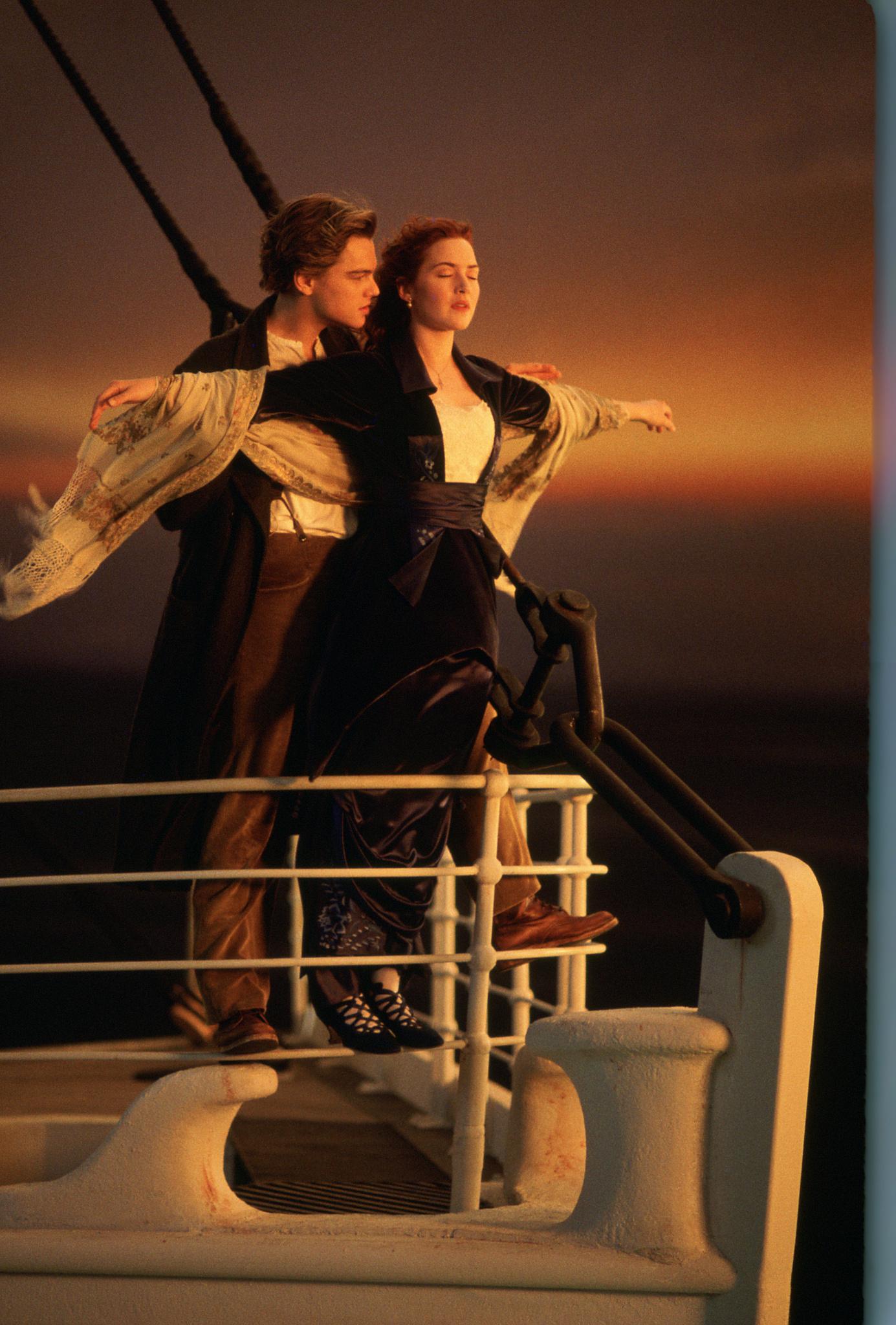 Written by Melika
Written by Melika
 Edited by Stephie and Veda
Edited by Stephie and Veda
On April 14, 1912, the RMS Titanic struck an iceberg and sank in the North Atlantic Ocean, resulting in the deaths of more than 1,500 people The tragic story of the ship has grabbed the public’s imagination for over a century, resulting in numerous books and the iconic blockbuster film by James Cameron, which just celebrated its 25th anniversary The film has recently returned to the silver screen to remind us of the tragic love story of Rose and Jack, and its return was accompanied by many theories about whether Jack, played by Leonardo DiCaprio in the 1997 movie, could have actually survived the accident or not
Firstly, it's important to understand the external circumstances that led to the infamous sinking of the ship The Titanic was one of the largest and most luxurious ships of its time, so well-built that it is rumoured that the iconic line ‘not even God couldn’t sink this ship’ was an actual statement made by the Captain of the ship, Edward John Smith However, ironically, this so-called ‘well constructed’ vessel had a major flaw; once the ship struck an iceberg and began to sink the crew realised that the number of lifeboats was limited to less than half the potential capacity, mainly to maintain the ship’s “aesthetics” This is a major factor which contributed to the deaths of over 1500 passengers aboard.
Additionally, it is important to consider the social hierarchy of the time Jack was a third-class passenger on the ship, so the chances of him being able to meet Rose were slim due to the strict social boundaries of the time As a result, there would be an even lower chance of him being able to get on a lifeboat. They had prioritised the seating of women and infants onto the lifeboats, with the majority belonging to the first class, which had ‘the highest survival rate at 62 percent’.
Yet, in the movie, there is a popular belief among fans that both characters could have survived if Rose had moved a little bit to share the raft with Jack. This was put to the test by James Cameron himself, the director of the controversial movie, for the 25th-anniversary mark of the film's production. Cameron hired two stunt doubles with similar measurements to Leonardo DiCaprio and Kate Winslet, who played Jack and Rose respectively He then submerged them in a pool with temperatures similar to the North Atlantic Ocean (around -2°C) and positioned them similarly to how the actors were portrayed in the iconic blockbuster
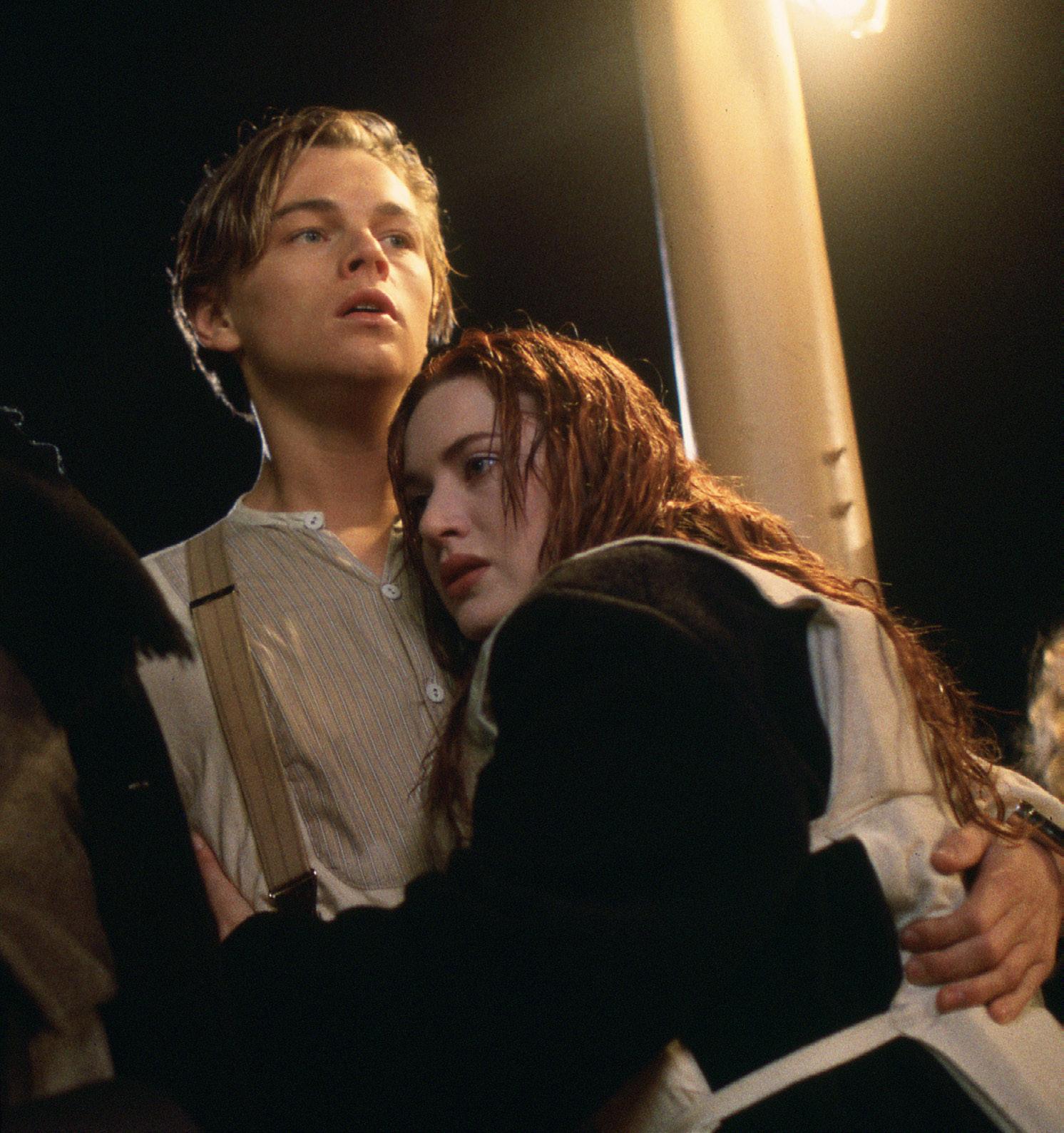
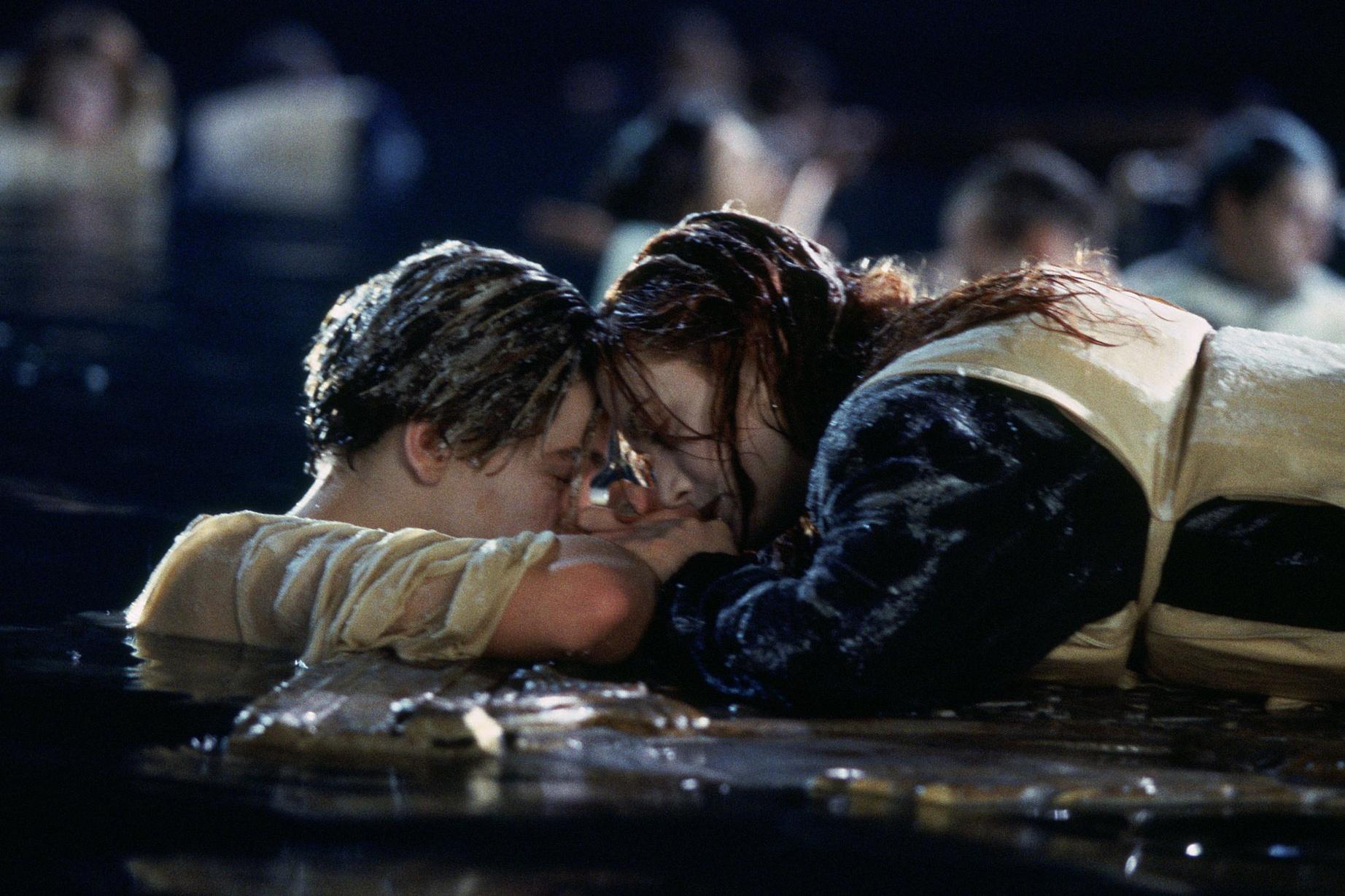
Considering the scientific background of such events, such a situation would quickly escalate and result in symptoms of hypothermia including lack of coordination, shivering, and slow shallow breathing. The most impactful of these symptoms is shallow breathing, caused by the shock to the body of sudden immersion in sub-zero temperatures, which may lead to ‘hypoventilation’.
This, in turn, leads to an increase in carbon dioxide concentrations in the blood, and too little oxygen in the blood, resulting in acidic blood. These are all consequences that Jack would have had to endure. Jack’s lack of clothing was also a contributing factor in his death, as his clothing was not enough to insulate his body in the cold temperatures of the Atlantic Moreover, in the test done by Cameron, the stunt doubles attempted to share the piece of debris. While both actors appeared to be fine under these circumstances, it didn't prove to be as efficient as the audience believes because although the raft didn’t sink, it sunk by ‘a few centimetres’
Overall, this shows that Jack could have potentially survived if he had fit the scientific and social criteria of the time. However, was the movie really about the sinking of the ship or about great but unfortunate love? According to Cameron, Jack “had to die” for the story's plot, stating “It’s like Romeo and Juliet It’s a movie about love and sacrifice and mortality The love is measured by the sacrifice ”






“The Gods were furio o opposite ends of the sky, forbidding us to s I was hysterical. Everything I ever love so the world couldn’t see my glow wly, I was dying-”
“And the clouds told m in the sky, I missed her and I wept for our moon said softly.
“I needed her I need ods. I told them to give half my life to her I to nd they agreed.”
The moon looked at th , and this noble deed was enough to move t
“They made spring-” t he had already figured out. “-in whic d be able to share the sky, the world, only if was the queen of the day, he was the king o y.”
The star had been so c ar the sun was now.

“Good bye, love,” the whisper


“Goodbye, love,” the o oblivion.
Alone with only the s Eons It had been eons since they had last h ong his skin. Her soft comforting words wh
Looking at the moon this love was full of anguish and passion T ng. Their eyes looking at each other but never r de it possible

This love was never m ng about this love, he realised something H ue love exists So that little children reading d find hope again. So that the universe wou ittle if that meant you shone brighter
Picking up a pen, he o
“One spring evening…
My history teacher lent me a book with the promise that by reading it, my worldview would be altered. After the introduction, I was not convinced; it seemed to have far-fetched claims which I didn’t agree with, and the tone felt condescending.
However, while the book does compare the reader to monkeys a bit too often, there are very few books or articles that I’ve read that managed to re-shape my understanding of the world in the way that “Factfulness” by Hans Rosling did; not by flooding me with new knowledge, but by making me aware of the inaccuracies in our perspective.
The main concept of “Factfulness” is to look at the state of the world purely through relevant and reliable facts, not through instincts or impressions The truth is that
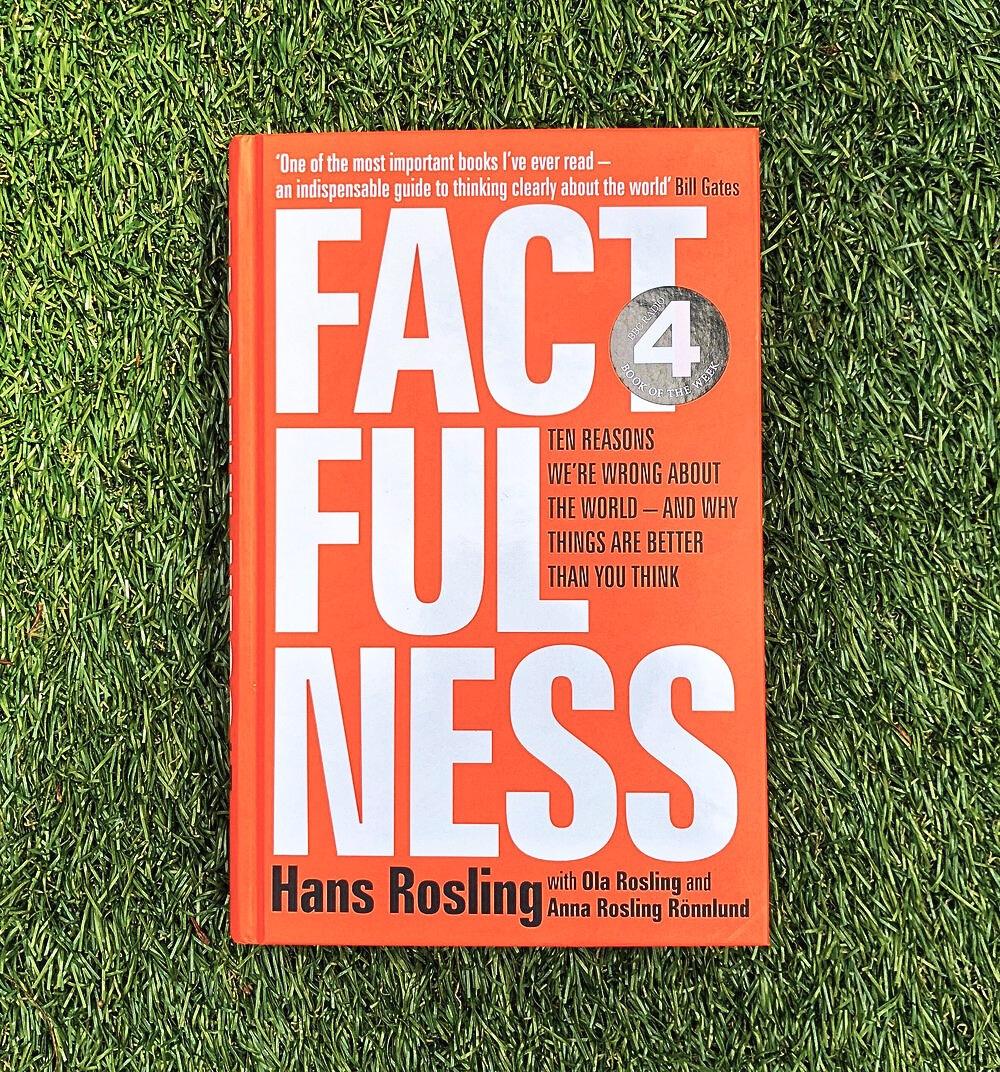
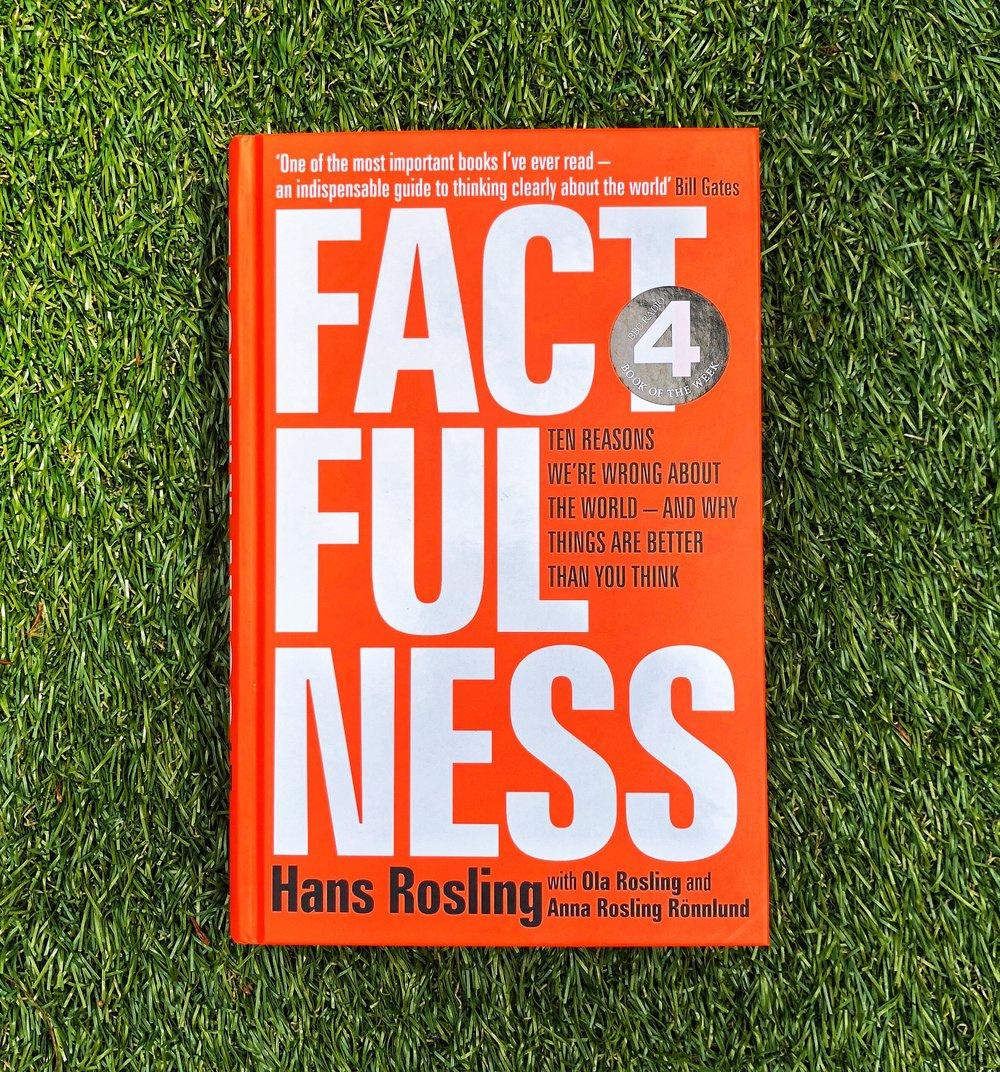
without realising, even the most educated people are susceptible to allowing their assumptions to skew their worldview.
The book starts with a quiz which reveals our perception of the current state of the world. On average, educated groups of people get about 3/13 questions right I started out with 5 correct answers and throughout the book started to understand why my answers for the other 8 were wrong The book itself is elaborate and packed with examples from the author’s professional life, as a doctor fighting to eradicate diseases such as Ebola, as a World Health Organisation adviser, and as a professor of International Health Reading it yourself will do more to convince you of Rosling’s idea of ‘Factfulness’, but here are some key things I took away from the book

I found especially intriguing was how stereotypes of religion, culture, or different nationalities hold us back from understanding the world. Each group of people, or each country, moves through history at different paces, and you’d be surprised to see that a few generations ago your own country’s (or even family’s) beliefs and values were the same as groups you may consider to be “backward” now The idea that “they” will never be like “us” because of differing cultures is limiting in many areas of life, especially in business Such prejudices re-direct potentially profitable investments from emerging markets in Asia and


Africa to the markets in Europe and North America, which have long passed their peak and are a comfortable but less intelligent choice, something that huge companies are already aware of.
Again, if any of this seems farfetched, count on Rosling to persuade you using real experiences and, most importantly, relevant facts. He further explains population growth, the “gap” instinct, generalisation, and “single perspective” instinct, and proposes a different way to catalogue countries on four levels, rather than simply calling them “developed” or “developing”.
As someone who wants to work towards global change and promote international action, “Factfullness” really motivated me to reach my goal It did not give me an overlyoptimistic perspective or make me believe that the world was not in need of improvement, but it did convince me that the help I can offer in the future will count, that we are not a lost cause, and that things are not far beyond recovery. It made me realise that even if my future involvement in the global community might not make headlines, while another disaster probably will, my work will still be worth it, because I will be part of the reason why things are gradually getting better.
Before digging into this controversial question, I would like to define a trend. According to the Oxford Dictionary, a trend is ‘a general way in which something is changing', such as fashion trends
There are numerous aspects of life that can be seriously influenced by trends, an example being views towards body types. If you are an avid trend connoisseur or are connected to the media even just in the tiniest bit, you are probably aware of the ‘diet culture trend’ or the ‘curvy girl’ trend that Kim Kardashian and her sisters started in early 2019
Although it has lost some of its allure, it’s still continuing now, in 2023. It could be argued that the trend started by Kim Kardashian creates a positive body image as it reminds young minds that they are still pretty even if they don't have the skinny, model-like body. In reality, every type of body is beautiful, regardless of what the beauty standards at the time state, but young minds, which often consider celebrities as role models, are very easy to influence otherwise. On the other side, there is the ‘model body’ trend. In my opinion this trend is incredibly toxic, as everyone has a different metabolism, it is wrong to body shame, and it is especially wrong to do so up to the point where eating disorders become an ‘aesthetic’. The same goes for trends surrounding curvy body shapes, which are in reality a rare genetic trait.
Interestingly, the ‘model body’ trend that is once again popular amongst teenagers has older roots than you’d expect. This trend started in the early 90’s, when the modelling industry presented a line-up of models that had little to no range - like only featuring blonde, skinny, tall, blue-eyed models that fitted the universal beauty standards established around the world at the time However, without the existence of social media platforms we have now, such as TikTok, to promote this body standard, the effects on young women were more limited compared to the effects we see nowadays.
Now, the ‘90’s model body’ started trending on social media simply because of a hashtag used by a popular content creator in the caption of her short video, which in turn impacted the fashion industry and how things are advertised once again. This is an example of how, in my opinion, trends form a cycle of changing beauty standards that repeats itself about every 15 years. These influence all the different branches of advertising and public image a brand or person can have, while also affecting the mindset of the consumer
So, finally, I’m asking you, dear reader, to take a moment and think about how much trends impact your selfimage, or even your aspirations or wishes It is important to be conscious of the impact, and whether this is a positive or negative one, in order to prioritise what's best for you.


I have always wondered what the key to human observation could be. Will there be any new innovations that could alter the way our brains function and change the way we think analytically? Will there ever be a platform more influential than the ones already existing?

Years later, the answer to my inquiries has revealed itself, taking the form of a social media platform that has altered the graphs and records. TikTok, the app of the new generation, is the platform with an indescribable, roaring success that has grasped the attention of one billion users Known for its short-duration video clips, the app has become one of the most used platforms on the internet, as well as being a daily ‘go-to’ space for teenagers and young adults.
Controversial opinions have, however, changed the light in which the app is seen While some argue that teenagers can increase their own confidence and individuality through the varied range of posts on such platforms, others strongly claim that the short duration of the videos can lead to the younger generation developing a shorter attention span Can TikTok manoeuvre the course of brain development among humans, or is the change we are noticing simply a generational one?



Encountering a person who has not heard or interacted with the app would make one aghast nowadays. The approach chosen by TikTok differs from any other online platform through the unique length of its videos: 21-34 seconds on average Unlike other apps featuring recordings, such as YouTube or Instagram, TikTok’s exclusive ‘swiping’ nature results in the constant switching between new short videos, therefore only requiring your attention for short bursts of time, something which has an impact on the way our brains tolerate tasks that require our concentration for longer hours. As a result of this constant stimulation, our minds are being reprogrammed into only tolerating short-duration activities - which is the reason why homework, reading, or even watching a movie can become a tiresome challenge.


Ever since TikTok’s rise in success in 2020, comments about the new generation’s lack of “patience” have become increasingly frequent. But what if this is not simply a generational stereotype or a matter of development, but rather an effect caused by the never-ending supply of mini-clips? Nowadays, demand is more immediate. Are you curious about the latest Grammy awards or the newest sports champion? There’s no need to spend hours searching for an answer or switching between news channels when all that separates you from your answer is the TikTok search bar - sounds very convenient, does it not?
I recently had a conversation about a pattern I observed amongst youth, which inspired me to write this article The habit of asking for things ‘now’, asking for wishes to be made true not within the span of days, but hours, or seconds, is becoming more alarming every day. This can vary from wanting an immediate response to a question, or from developing a liking for an item which seems so irresistible that you cannot contemplate it or wait for it, you need to buy it now, possibly leading to a shopping addiction
Through TikTok, we are ‘one swipe away’ from receiving an answer, or from watching a video of a funny dog running through a garden. However, where is the line separating the power of the internet from reality and humanity? Real life does not include only ‘here’ and ‘now’, does not have instant feedback, yet social media does not fail to promote such fantasy
If I were to ask you how many hours you spend watching TikTok videos daily, answers would be varied, but the majority would range between one and two hours. (Don’t worry, I easily find myself in the range mentioned.)
What struck me the most was the addiction that comes with the entertainment of TikTok. Firstly, when needing to take a break from other activities, oftentimes TikTok seems like the best, most rewarding, option. The compelling bursts of bright colours and loud music can quickly turn minutes into hours, extending the ‘breaks’ and leading to derivation from tasks and serious procrastination. Secondly, the selective algorithm of the app not only prevents the addiction from diminishing, but also stimulates users into wanting more content by trapping viewers in a never-ending rabbit hole of videos that give them gratification. It’s almost like a ‘reward’, luring more and more people into the inescapable cycle of social media platforms.
Although this argument can be interpreted as a conspiracy, or even a false accusation, science can effectively support the claims, showing the noticeable effects such apps have on society. The videos that you watch release dopamine, a type of neurotransmitter which allows you to feel pleasure in what you are doing, letting a wave of satisfaction wash over you This ‘dopamine effect’ of TikTok, which does seem like an easy way to
get ‘satisfaction’, can just as easily be leading to addiction. Teenagers, typically until they reach the age of 25, are significantly predisposed to addiction, as the development of the brain has not come to a stop. And worryingly, recent studies published in March 2023 have suggested that 38.9% of TikTok users- 409 million on average - are between the ages of 18 to 24 years old. Equally, a study investigating the Chinese equivalent of TikTok, Douyin, has discovered how the algorithm mentioned stimulates the brain of the current users more than it does for new users of the app, once again trapping users in.
Peng Sha and Xiaoyu Dong, study coordinators for the TikTok experiment, have launched a study on high schoolers, assessing where on the 'TikTok addiction scale' they find themselves based on how much the app interferes with their daily lives Through a questionnaire, they found 3036 high school students in China that claimed they do watch TikTok.

The students that took part in the social experiment were assessed using forward and backward digit spans, a test that required them to recall the number sequences they observed and repeat them in the correct, or reverse, order This method was used by the researchers to test the working memory of young minds. Noticeably, students with lower scores for the test had higher scores on the TikTok addiction scale, illustrating how the app contributes to a decrease in working memory in a subtle way.
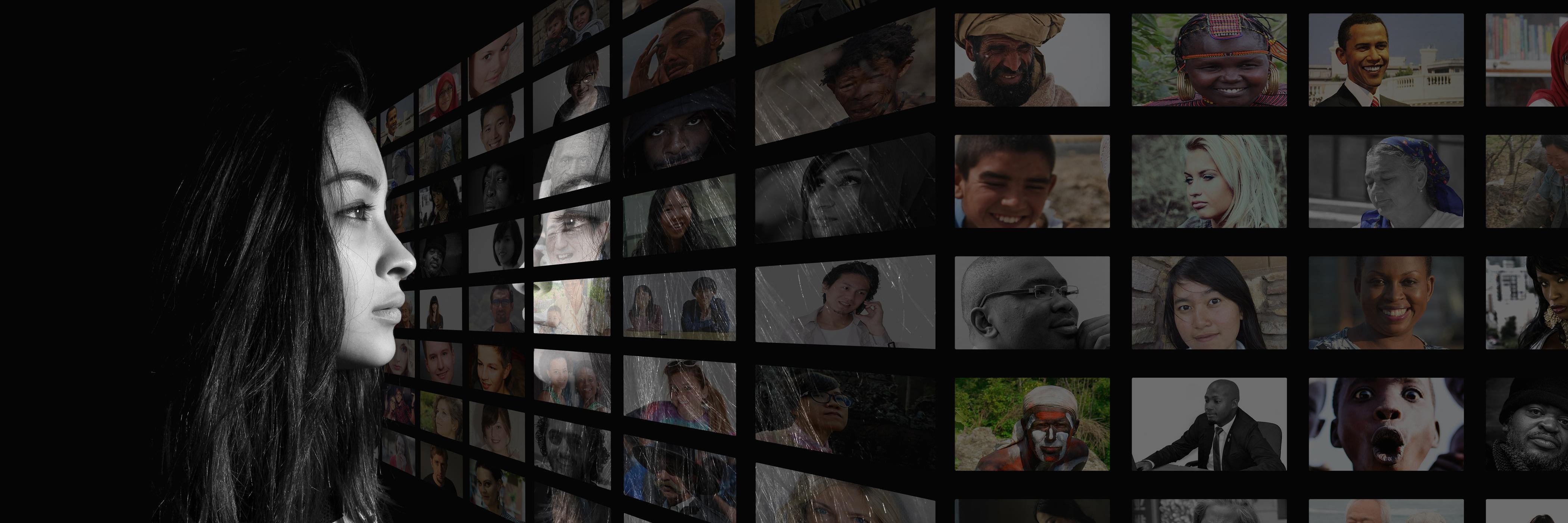
Is it really that bad to have a short attention span? Is not bearing long periods of time spent watching a movie or a show such a negative attribute?
It actually is, and it is perhaps ringing more alarm bells than we can hear at the moment. Nevertheless, we are not 'trapped', since there are multiple solutions to this ongoing invisible issue, and we can slow down the effect that the social media platform has on the development of the current generation.
1. Set a screen time - I understand, implying that you should delete the app sounds a tiny bit inconvenient. After all, it does bring some satisfaction, whether we want to acknowledge it or not. However, setting a screen time limit can not only prevent endless hours of repetitive scrolling, it aids the mind in keeping its lens on one idea at a time as well as increasing concentration on more important tasks.
2. Find interests to pursue - Having an activity or hobby that we can develop an interest in can help weaken the grasp that social media already has on us. Instead of instantly relying on the hours worth of scrolling for self-satisfaction and relaxation, engaging in a hobby can not only prevent the spiralling effects of the app but can also provide a space for self-care and increase chances of serendipity.
3. Be aware of the algorithm, be aware of your trapThe algorithm will remain programmed to progressively increase, or maintain, your interest in the app. Being conscious of the algorithm's presence can raise your alertness, as well as reveal the consumption patterns in the content you are fed that initially appear to be ‘invisible’ to us.
My question now is the following; are we going to really dim the lights on the desolate reality we are forced to face, or are we going to acknowledge the psychological dangers that come with this successful and entertaining media platform?


It is 7:30; the unbearing sound of your alarm clock wakes you up from the sweetest sleep of your life Your eyes flutter open, and you groggily stretch out your arm to your bedside table to take your phone, and we all can agree that you check your socials. Some of us, myself included, would go as far as setting our alarms 15 minutes too early to inspect other people's perfect lives flaunted on social media. Your train of thought will follow a slight bitterness as to why some people are in the Maldives while you are violently woken up from your sleep and need to get ready for school However, you continue your day
Three more hours pass and your blood is already starting to boil. You really need to check what has happened in an influencer's life that lives thousands of miles away from you and doesn't affect you in any way; it is crucial to know the name of their dog and their opinion on a coffee place you will never go to. So, you take out your phone and press the pinkish-purple icon at the top of your screen, the Instagram app And you start scrolling, ignoring that you are in school, and your best friends are trying to talk to you before giving up and picking up their phones as well.

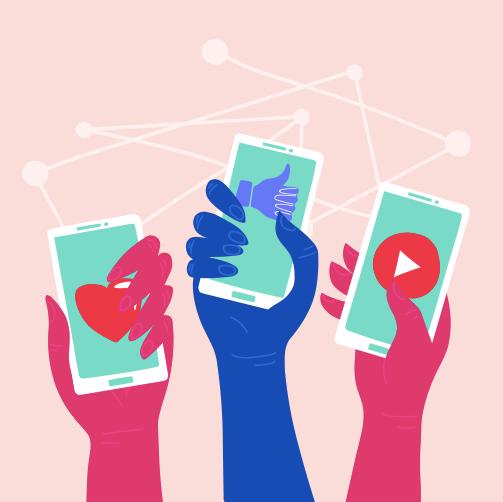

On your feed, you see the prettiest noses, the straightest and whitest teeth, people who seem to have no ribs or organs, and girls who look uncannily similar to hourglasses
Your brain, desperate to recreate the false reality set by Instagram models, forces you to the bathroom to arrange some bits of unruly hair; maybe that will make you feel better Why do we harm ourselves like this? Where does this perpetual need to compare ourselves with other people come from? And who benefits from it?
It is widely known that whatever we see on social media is not real However, the perpetual projection of other people's perfect lives on yourself will damage your happiness and selfesteem.

Influencers are very close in age to our generation compared to most celebrities Seeing a 19-yearold flying private, and advertising a product that apparently changed their lives, would very easily mold the younger generation's minds Seeing somebody so close to your age succeed in such an unexpected way would motivate you to reach that standard, buy the things they advertise, and try the diets they advocate for. All of their followers only see the best parts of their life and perceive it as flawless. Let's think of an active TikTok influencer as an example. If they were to post 2 TikToks daily, that would equal four minutes of their day, 28 minutes of their week, and 1460 minutes of their year. To put this in perspective, a year has 525600 minutes. What they portray on their social media represents only 0.3% of their lives. Who knows what happens in the remaining 99.7% of their lives? You live yours 100%; you cannot expect yourself to be perfect every second. Yet, young people still feel the need to imitate their favourite influencer's life choices
If you got this far in my article, you probably believe that I'm some kind of anti-social media lunatic that lives in a cave And that is so far from the truth; I might even go as far as calling myself addicted to my phone I do spend most of my free time roaming all social media platforms, and I am actually interested in an influencer's opinion about a coffee shop I will probably never go to And, yes, I sometimes set unrealistic and unachievable expectations for my life But all of the harm it causes is by far outshined by the goods it has brought to my life and individuals' lives around the globe
I am not saying social media is terrible. On the contrary, it is one of the world's greatest inventions It keeps us in touch with each other, keeps us updated on each other's lives, allows us to create our wanted identity on a public platform, and is indeed very entertaining. If I am being sincere, I don't know how I would have survived the pandemic if it weren't for social media
On a final note, I do not believe that the problems come from social media itself, but rather our unhealthy use of it. If used smartly, social media can become the best vessel of communication, and unite us, despite our differences and the distance between us
The age of digitalisation is one of the best things that could have happened to information; the entire world’s knowledge is a few clicks away. However, it also eased the spread of misinformation in our daily lives. This led to the rise of pseudoarchaeologists posting short clips with a voice-over on all social media platforms We’re exposed to countless conspiracy theories about the past that cannot be much further from the truth, with ominous music in the background, with claims such as 500-year-old mummies coming back to life, the existence of giant people, or the use of electricity by ancient Egyptians
Written by Elena Edited by Veda and IlincaIf I counted the number of times I heard that the Great Pyramids of Giza were built by aliens, this year, it would be 4 It is not a lot, but the fact that it is quantifiable shows the incredible spread of misinformation. Moreover, Elon Musk’s recent tweets about the alien nature of the pyramids and Pharaoh Ramses’ unearthly presence don’t help my case either. People in Saudi Arabia are building The Line, a 170 kilometres long linear city; What stops us from believing that our ancestors couldn’t stack slabs of rock over each other?
It wasn’t aliens We, as humans, are a pretty crafty species and have been building shelters for ourselves since the beginning of our time. Just because some of the most imposing and old buildings in the world weren’t created by Europeans, it doesn’t mean they were built by aliens. I can see where the disbelief came from; it is hard to believe that such
spectacular buildings were constructed by such insignificant mortals. Scepticism and curiosity have always surrounded the pyramids, not only due to their intricate constructions that implied such complex mathematical skills but due to their ancient age. To put it into perspective, Cleopatra, the last active Pharaoh of the Ptolemaic dynasty, contemporary

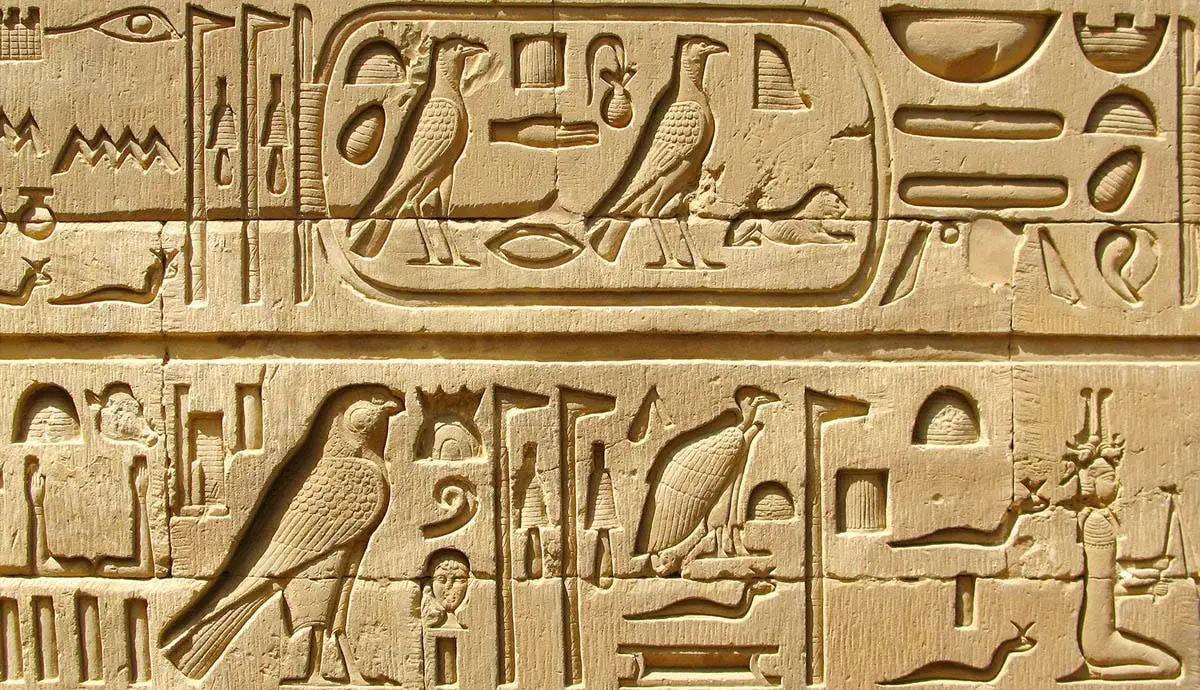
to Julius Caesar, was closer to TikTok than she was to the building of the Pyramids; Cleopatra lived closer to the age of pseudo archaeologists, who love to spread misinformation about her love life, than the pyramids
Even though the process through which the gigantic tombs came to be is still debated, and scholars cannot offer a definitive answer,
pulleys existed at that time, meaning they could manoeuvre those massive stacks of rocks It is also theorised that they used ramps to drag the stones upwards, stacking them upon each other. Now, I am not telling anyone what to believe I admit that the thought of some extraterrestrial beings constructing them is way more intriguing and exciting than the image of thousands of labourers
using their sheer strength to build them
To remain in the theme of Ancient Egypt, I would also like to touch upon their alleged use of electricity Before I go any further, I would like to highlight that this theory is based on only one motif in the Hathor temple in Dendera, Egypt The carving, which apparently symbolises a light bulb,
is used to support the idea that Ancient civilizations were way more advanced than popularly believed now. The supposed light bulb depicts the Egyptian creation myth, which is a lotus flower through which Harmsomtus emerges as a snake. The writings surrounding the carving even say what is happening. Even though the similar appearance of the lotus flower to the light bulb caused outrage among the wider public, it is a favoured subject by the selfproclaimed archaeologists plaguing all social media platforms. In the same crowd with the Dendera light, fall the Baghdad Battery, Coso Artefact; all artefacts whose misinterpretation led to the belief of the use of electricity
Going on with the Ancient Egypt Theme, Pharaoh Tutankhamun’s tomb was not haunted; it did not lead to the untimely death of the team who unveiled his resting place. Out of all of the 58 people who were in the expedition, only 8
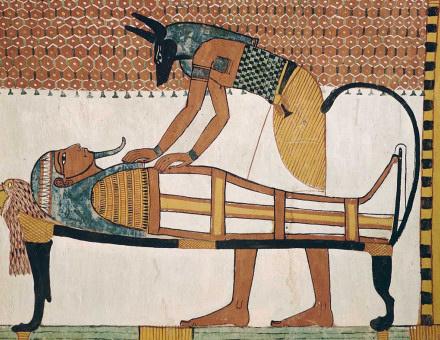
died in the following 20 years. However, a death that happened 20 years after an event is debatably unrelated. Despite all that, stories have constantly been circulating about the curse that will follow the people who decide to disturb the young Pharaoh’s forever home. Tutankhamun was not a vile creature of history. He deeply loved ducks, being buried with his duck tunic. Tutankhamun was a kid; he was born with a disability; he struggled to walk, and he was in constant pain He had to waddle to get to places, and he probably found comfort in how ducks also waddled. When he was 8, he was made king and put in a place he was not ready to be in. And yet, all people remember about this boy is the supposed curse that follows people who opened his tomb and the riches surrounding him for thousands of years
Ultimately, I encourage everyone to inform themselves before believing subjects, which stands for any field of study or every area in a person’s life Let’s not erase our ancestors’ hard work, our history, people’s personalities, and hardships through theories that just aren’t true. Let’s have compassion for those whose voices were lost due to the passage of time, and cannot speak their own truth.
As they lowered the dead woman ’ s casket to the ground, her eyes met his The most gorgeous man she’d ever seen
Disperse the clouds that ever shielded him from my gaze, Pity the ground he never brushed against
I remember the day I met him first, I smiled and his cold demeanour dropped.
Like he was driven by a purpose our encounter interrupted, And I became his purpose instead
Time was endless when his voice slipped under the cracks of my bones, And I could see nothing but the desire in his eyes.
But time did stop in the absence of his embrace
Our love put all else in this world to shame.
Yet he left without goodbyes.
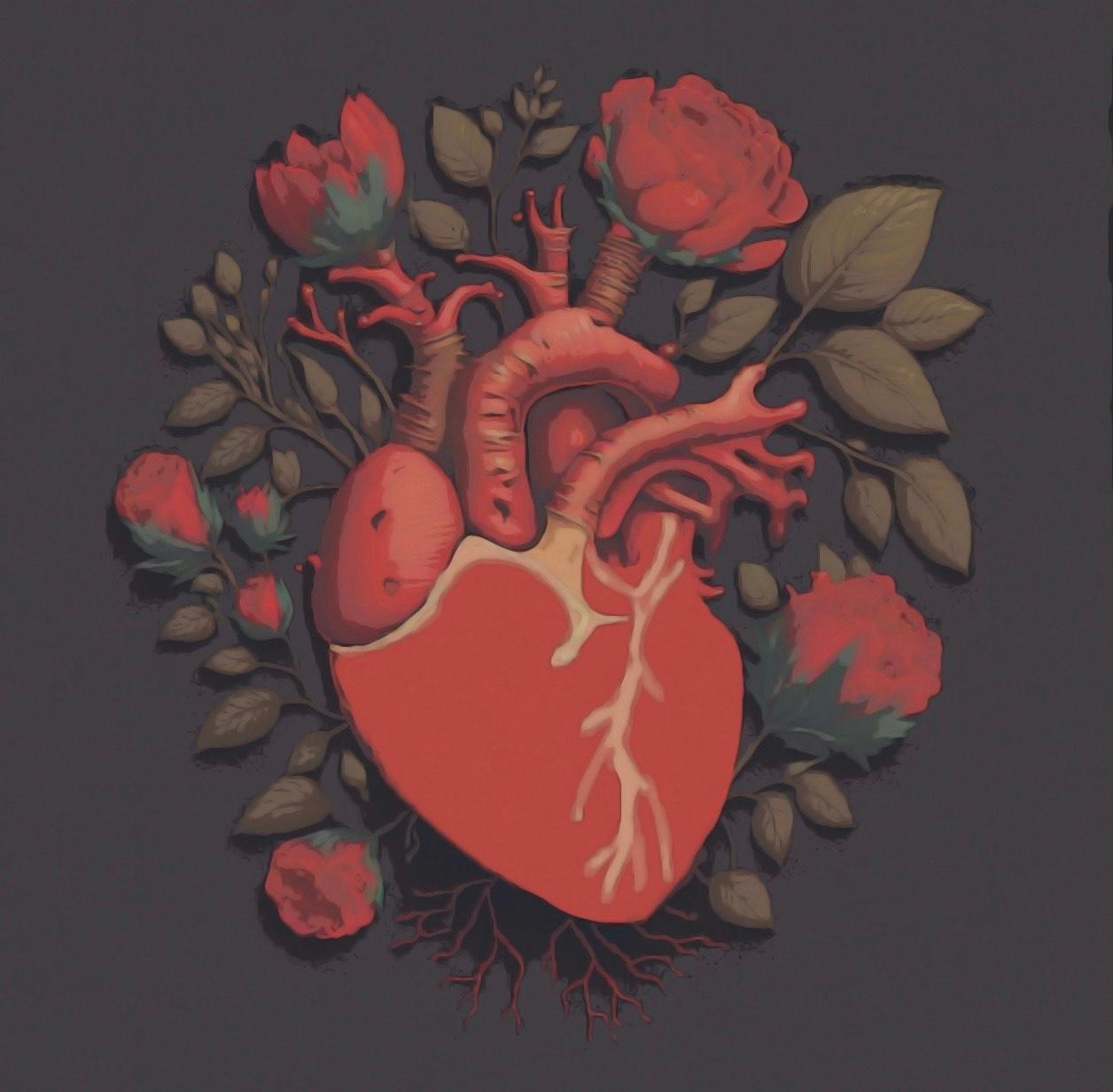
As I yearn for his return, questions cloud my head
How does he appear so suddenly?
How come I never met his friends?
But my trust will never waver
Why can I never reach him?
Why do I not know where he lives?
Questions I have never asked, Will never wonder, Won’t ever care
Because I always chose my heart over my head.


His command against my heart, I’ll follow that who beats only for him
It whispers I should trace his steps, To take me with him when he leaves
He did warn me never to follow. He darkened when I asked for more.
I do not understand time, he says, I have no right to be so sore
I do not doubt as I trail my love into the pitch black of the night.
I do not mind the mist and smoke and feeling of being wrapped in 10 layers of reality
He knows I’m there, he doesn’t turn But when he does, I’ve gone too far.
I was face to face with death and I loved him nonetheless.
But does love travel between realms?
Model United Nations Conferences are the perfect opportunity for high schoolers to see what working for a real United Nations committee feels like, while also allowing them to gain knowledge and practical skills on various topics: there are committees for conflict, law, economy, health, history, disarmament, and many others I was fashionably late to the world of MUNs, only beginning in the spring of year 12, but they allowed me to develop into a more confident speaker, both academically and in my day-to-day life, and even managed to shape my career and university choice.
I walked into my first MUN feeling lost, as if I hadn’t done hours of research on how MUNs worked. I found that no matter how much I read about it, it was only after my first committee that I got the hang of it But, while you grasp the process pretty quickly from the practical experience, it didn’t hurt to at least be familiar with all the terms before the conference
You are guaranteed to leave a MUN packed with knowledge. It starts from the research you must do before the conference, which usually includes writing a short essay (known as a Position Paper). This is sent to the Chairs of your committee - the two people who will regulate the debate These are also high schoolers, but with a little more experience. You will learn to do indepth research in order to discover the core problem you’re discussing and to find solutions which benefit the country you’re representing. For example, I had to find ways to combat human trafficking and implement solutions for it while also keeping in mind the needs and desires of my country, Syria. This meant I was looking for solutions that would not include Western intervention in my country, and was prepared to argue against any that did.
In all honesty, you learn the most from the speeches of other participants. You will meet some incredibly smart and well-researched people at MUNs, and hearing so many perspectives on how to combat an issue is always an enriching experience.
MUNs generally have a significant impact on all of their participants, yet each person takes away something different from the experience. In most cases, it immensely boosts your confidence and public speaking skills
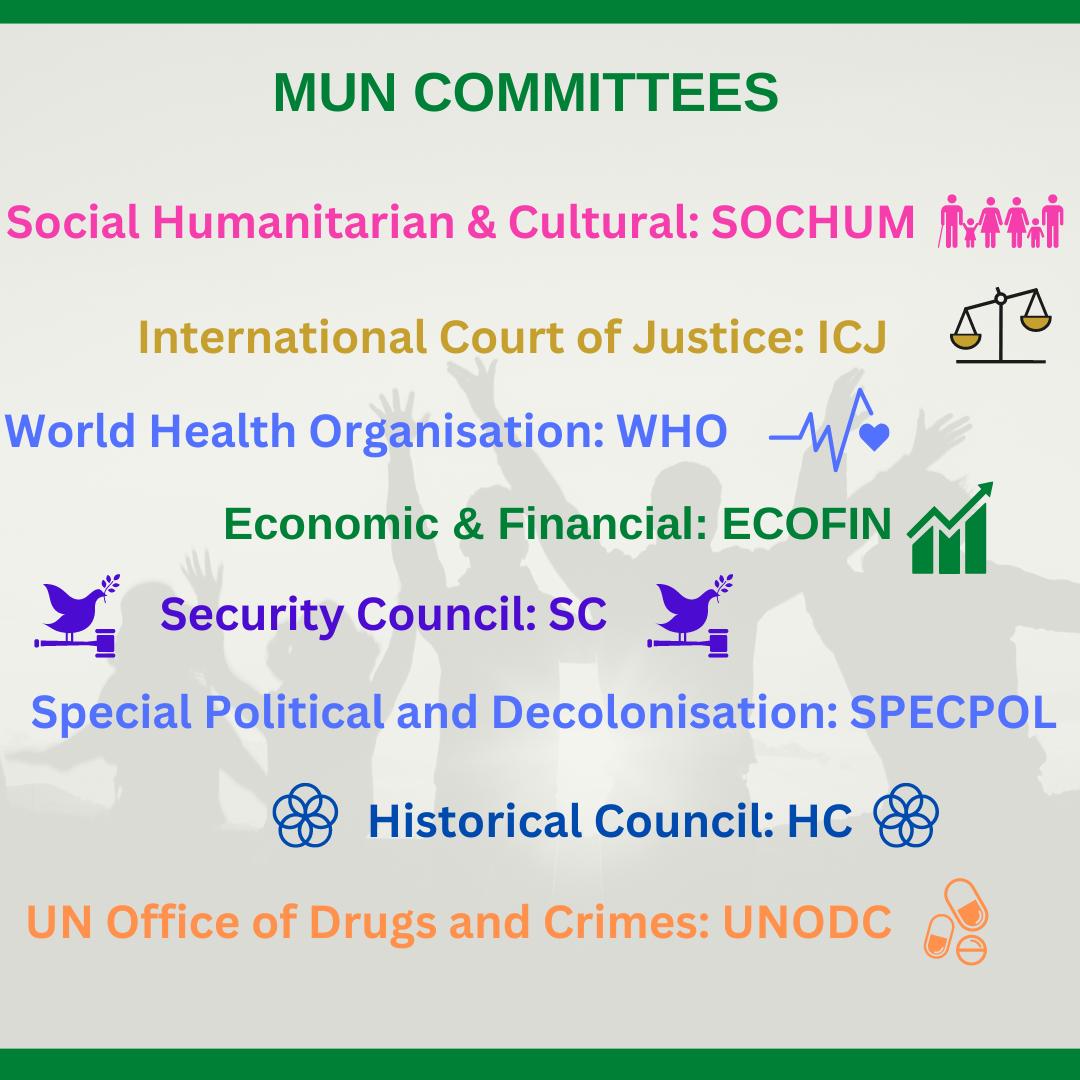
A conference lasts three full days, meaning even a nervous beginner has plenty of time to gain the courage to raise their placard and deliver a speech. Each speech is short, around one minute, and held on the general topic at hand (General Speaker’s List) or on a chosen subtopic Participating is encouraged, yet at the same time if you feel unprepared you will rarely be forced to speak against your will. Even just listening and observing is quite the experience. Joining a MUN for the first time feels like stepping into the unknown But do not worry; in most committees, almost half of the people are beginners and everyone is supportive of them, encouraging them to speak as well as helping them out with advice or questions regarding procedures.
I personally love arguing in a calm, peaceful manner. It’s the facts and well-constructed arguments that will win you the support of other countries, in addition to some passion sprinkled in your voice.

MUNs also have a fun element to them During breaks, delegates write fun “gossips” about each other on notes and the Chairs read them aloud. There are also “punishments” for people being late, using wrong terms, or simply for the fun of it Punishments include karaoke, Just Dance, fake marriage proposals or barging in on other committees doing the Penguin Dance
All in all, MUNs breed friendships and fun memories: they give you a chance to be surrounded by people with interesting approaches to life or with similar interests and passions. They increase your understanding of the global climate from any aspect and enrich you as a person All the more reasons to give MUNs a go, they may pleasantly surprise you.
It is somehow both a competitive environment and a warm, welcoming one; the people in the MUN community are what amazed me the most. Everyone there is smart, patient, and eager to learn. At my third MUN I sat next to a beginner, and I had the chance to give back the help I had received from a more experienced delegate during my first MUN
Can conflicts arise? Of course. It can be difficult to separate the delegates themselves from the countries they represent and the inter-country fights they participate in within the committees You can sometimes sense the tension between the delegates of the USA and China or Russia even during break times. But most of the time, the fights are just a fun part of the role you’re playing.
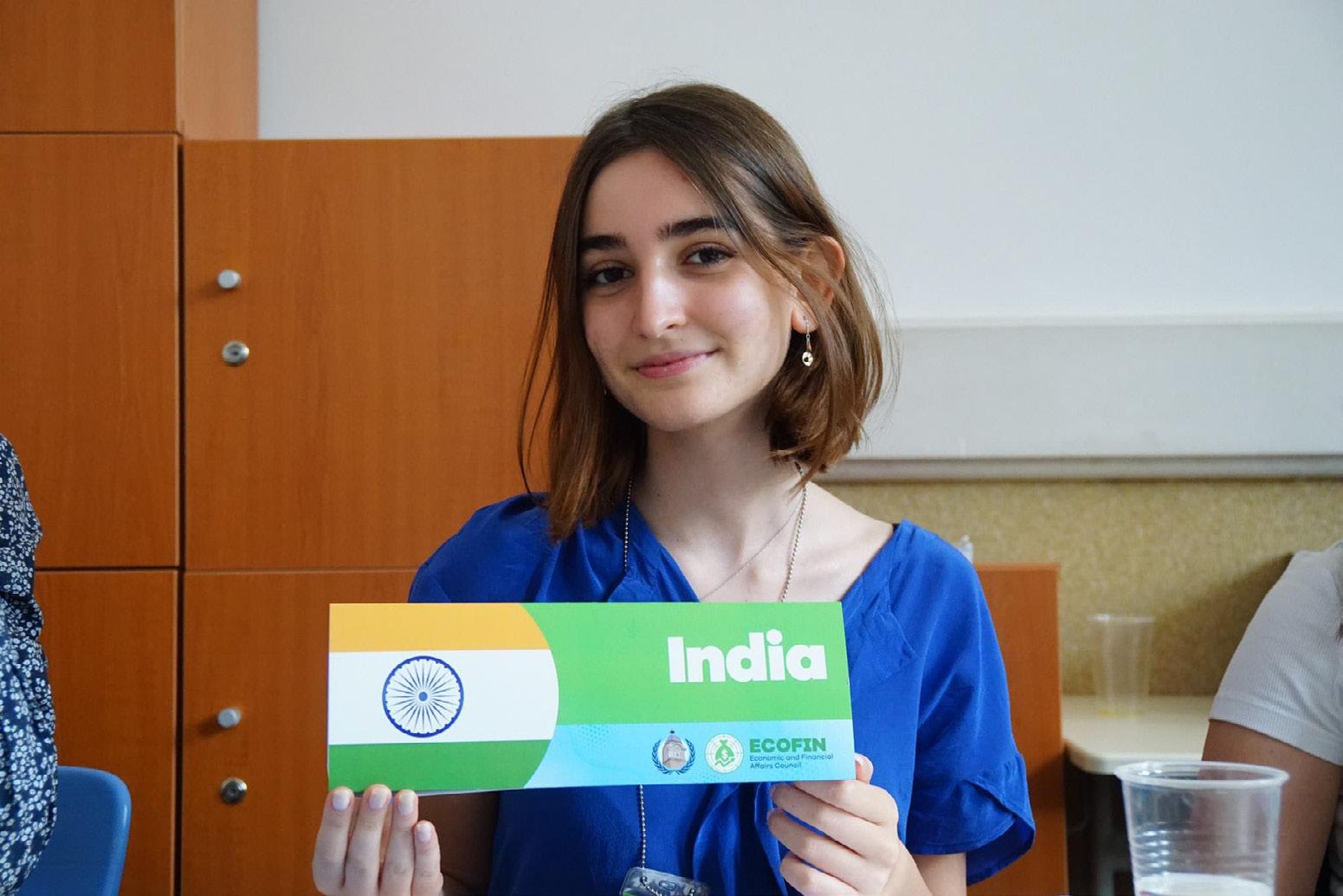
After a couple of years of distress and consternation, life has taken a turn back to ‘normal’. The masks have been lowered, the social protective ‘bubbles’ have been broken, and we have readapted to our pre-pandemic routines, which we have all longed for while staying locked inside our houses From this perspective the pandemic seems almost historical, as well as portraying our current scenario as the ‘finish line’ of the crisis It is, socially, in most parts of the world the 'finish line', and it seems like the black cloud which shadowed our world for the past few years has passed and is now out of our visible fields.

However, I consider that just as every rain cloud passes by a city, its rain puddles still take a matter of time to dry out and let the sun shine again. After the social boundaries were lifted, people came running out, returning to their former activities and re-entering the ‘typical’ era as best as they could.
Nevertheless, the world has decided not to ignore, but to reduce our knowledge to the invisible damage caused by the pandemic. We are all aware of the economical and financial imbalances as a result of COVID-19, as well as the drop in figures on the market Less knowledge of the mental impact caused by the pandemic however has actually reached its target audience and, most likely, you.
The central attention of this article will be directed toward two of the most frequently encountered mental conditions; depression disorder and anxiety disorder.
After the pandemic 'train' passed our station and we were in need of stepping out of our own dwellings, a noticeable eruption of anxiety and depression cases has been directly recorded on the charts, although these charts have been carefully hidden under other post-pandemic economic crises
Anxiety disorder is a medical condition characterised by amplified fear and worries surrounding daily activities or events, as well as ordinary routines. It may also occur as a symptom of another medical disorder, known as depression, sometimes being an actual trigger button for the latter.
Depression is characterised by continuous sadness, as well as a lack of will surrounding passions, hobbies, or other activities You could consider it as being a ‘black hole’, which was previously a diagnosis designated to 5% of adults globally But the situation is now much, much worse
|
We are all aware of the long period of days and nights which we were all spending behind dull, white walls.

I remember waking up every morning to the same fixed, monotonous routine, only to end up in front of a computer screen, finding myself talking to it for 5 hours a day. It was almost like a dream come true at first; a holiday every day to a certain extent Being able to do school work at my own pace. It was not.
The world shook when the boundaries were lifted. When people had to present themselves back in society after what, almost 2 years of solitude? Two years of no interactions and of social distancing?
Humanity has distanced itself from one another, and we have all adapted to a comfortable lifestyle where nothing had to be a formality. Believe it or not, humanity has socially disintegrated, and we are all just becoming aware of it
”Studies have shown that policies that more strictly limited movement of people was associated with worse depression and anxiety. Social support is important for mental health. Limiting physical gathering and social interactions may have prevented people from connecting with friends, family, coworkers, teachers, and others who provide emotional support."
 Catherine K Etmann, PhD, Postdoctoral Fellow from the Department of Mental Health at John Hopkins Bloomberg
Catherine K Etmann, PhD, Postdoctoral Fellow from the Department of Mental Health at John Hopkins Bloomberg
As stated by the WHO, the number of individuals suffering from the two conditions (anxiety and/or depression) has gone up by 25%. This can be due to our social separation and lack of mental support, as well as, the "constraints on people’s ability to work, seek support from loved ones and engage in their communities" (WHO)
If you are a ‘visual’ person and would like to see this idea within a case scenario, then this is for you.
Imagine the following: you have lived the majority of your life learning how to make boats out of simple materials, you suddenly move to an island in the centre of an unexplored water-land. The only way you can overcome this scenario is to stop practising your boat production talents and instead focus on yourself and your family’s safety and survival. You spend the next two years on this new island, in complete isolation You have been forced to stop taking part in the hobby you love.
Eventually, you escape this unfortunate situation (I know you missed creating boats) You find yourself facing the immediate question of how to get yourself back to populated land Well, considering your hobby, you should be able to happily and confidently produce a boat from the materials on the island. However, there is one problem; during these two years, you forgot how to make a boat
School, Maryland.
Mental health is sensitive to the world around us. The COVID-19 pandemic changed how we live, work, and play, and it changed our contexts. It is no surprise that mental health shifted during this time It will be important to pay attention to the mental health of all people and especially young people. By talking about mental health, we hope to help people be aware of symptoms so that they can get help and lead happy healthy lives."
Although these situations are handled professionally by psychotherapists and psychiatrists, we can also help people by offering them the support they need.
Awareness during this period is crucial, and being observant is recommended
If you notice your friend, relative, or colleague not feeling ‘normal’, or losing interest in day-to-day activities they previously enjoyed, you might want to offer them your attention and show your concern by taking into consideration the following recommendations:
1 2 3
Try to make frequent conversations with the friend you are worried about Offering them a social environment will help them acknowledge that they have people who they can talk to, as well as help them escape from the bubble of loneliness and self-isolation. You might like to keep the discussion open, allowing them to have access to a space where they can safely share their feelings and thoughts
The pandemic has not been not an easy situation, and has caused significant damage to us, especially teenagers and adults
According to the Lancet Regional Health journal, a suite of general medicine journals and high-quality publishings, 32 8% of adults in the United States have experienced symptoms of depression in 2021, compared to the 8.5% of adults in the years before the global calamity. The drastic percentage comparisons present the shift that COVID-19 has had on the population and how this has aggravated the risks that we are faced with
Equally, a graph presented by MH National Organisation has created a terrifying image of the rising cases of mental health issues between the years 2014 and 2021 The graphs show that in 2021 580,000 people took a mental health screening (a test provided to identify any mental disorders that an individual might present symptoms of), compared to the 200,000 people who partook in the screening 7 years earlier
Helping them find the right help Doing this is an amazing way to show your support When dealing with conditions such as depression or anxiety, reaching out for help can be challenging. Aiding your loved one by offering them possibilities of therapy or counsellors can lead them on a path that benefits them and their mental well-being
Offering your loved one your patience and attention shows them that you are there for them and that they are on a sustainable and safe path. The process of escaping the claws of depression or anxiety can be a long and arduos, which your friend can only go through with people encouraging them. Patience will not only help them mentally, but help in the realisation that the journey is a process not a short-term activity. Your friend having a single better day does not mean they are automatically ‘cured’, but that they should continue making progress on the same enlightening track.
|
“I am hopeful that we can improve mental health by improving the contexts people live in, and working to make the world a more equitable, fair place "
Catherine.K. Ettmann, PhD
Catherine K Ettman, PhD

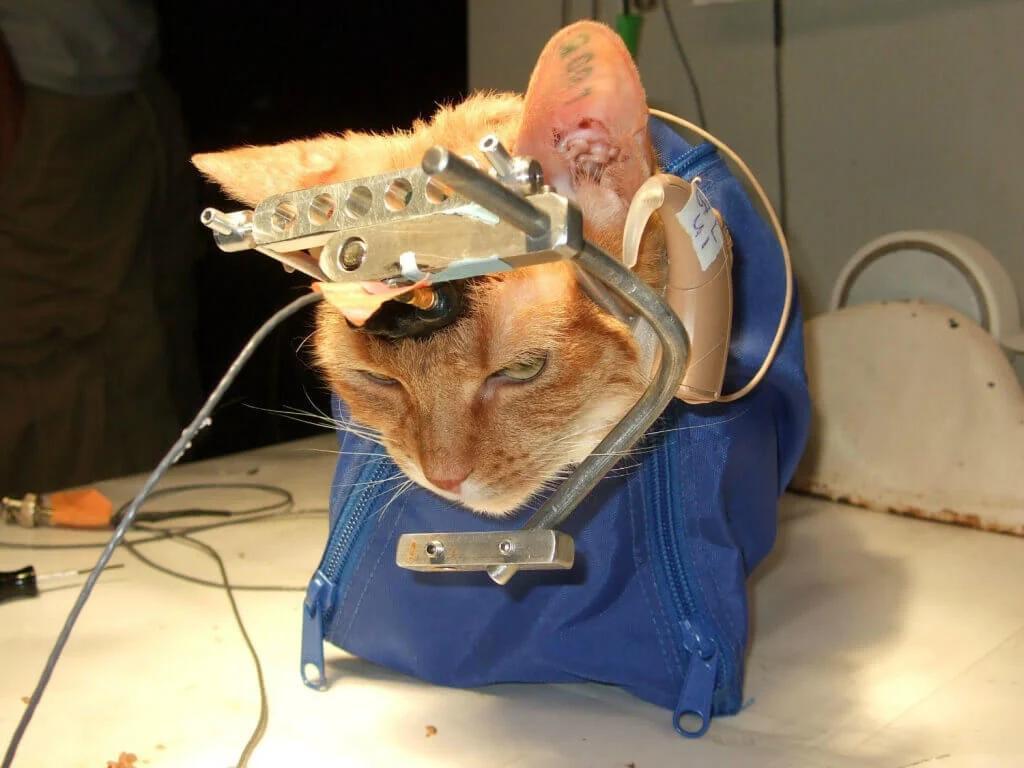
We have all heard the term ‘animal testing’ before, yet many are unaware of what the term actually means The Oxford Dictionary defines animal testing as a process involving ‘doing scientific tests on animals when developing new products or drugs.’ This simple definition might not sound too concerning, but unfortunately there is more to this, as these scientific tests include using harmful substances on animals such as bunnies, dogs, cats or even monkeys.
This technique started in Ancient Greece, in the year 500 B C It was practised as vivisection (in other words, carrying out operations on live animals for the purpose of experimentation) by famous philosophers like Aristotle or Erasistratus in order to analyse how various substances affect internal organs before recommending them to people with health issues.
Nowadays, animal testing is used massively in the pharmaceutical industry and the cosmetic industry for testing things such as makeup, shower gels, or even toothpaste.
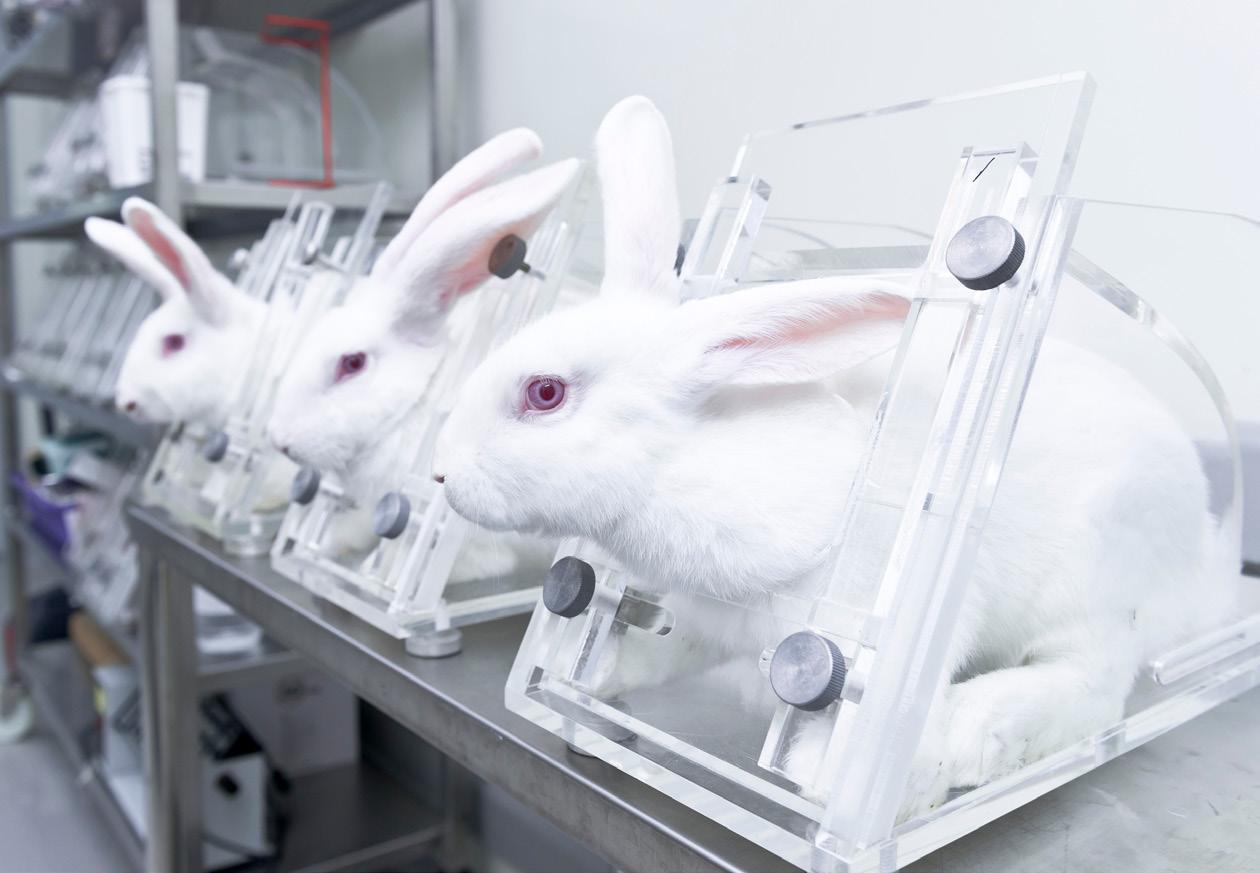
According to PETA, this practice results in the death of over 110 million animals almost every year, as experiments resulting in things such as blind bunnies led to their killing. Animal care charities such as PETA and Cruelty Free International were alerted by this statistic, and, eventually, this resulted in three massive bans regarding animal testing in Europe.
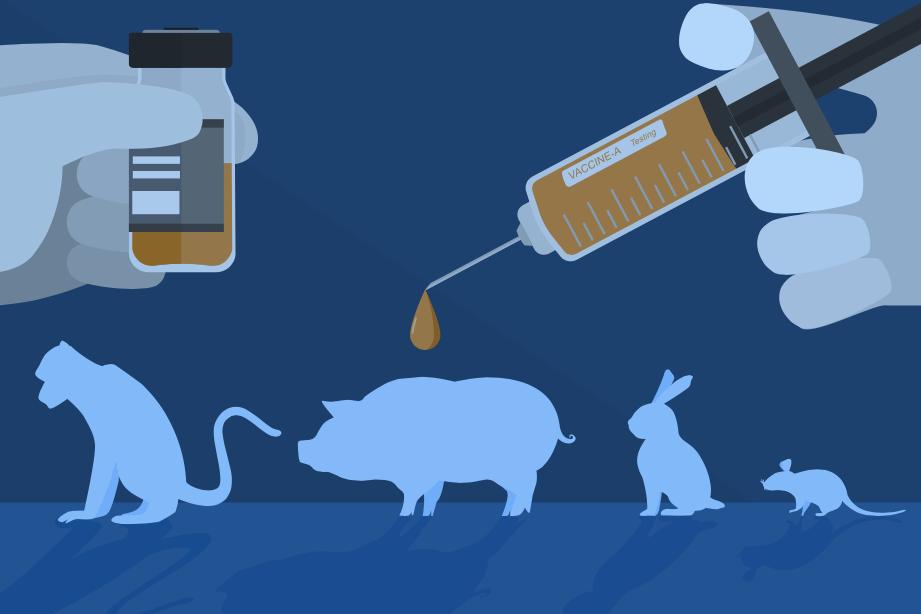
Firstly, on September 11, 2004, the sale of cosmetic ingredients tested on animals outside the EU was banned. Later, on the 11th of March 2009, the ban on animal testing of cosmetic ingredients within the EU was implemented. Although the sale of cosmetic products containing newly animaltested ingredients was banned, animal testing was still allowed for complex human health issues such as repeat dose toxicity, reproductive toxicity and toxicokinetics.
The most recent and most forceful ban was on March 11th, 2013, which made it illegal to market or sell cosmetics in the EU if the finished product, or its ingredients, have been tested on animals. However, regardless of these bans, brands like L’Oreal and Maybelline still use animal testing as their main pivot of research for cosmetics. To get around the restrictions within the EU, they send dozens of their cosmetic products over to China, where animal testing is still legal and sometimes even required, in order to test products on animals there. They then later ship them to Europe and the United Kingdom to be sold without issues.
Despite the ban on animal-tested products in the EU, the truth remains that animal testing is still widespread, and even products sold within the EU are subjected to it. To reduce the effects of animal testing I would like to ask you, the reader, to check the label on your favourite makeup products. Websites like the PETA Database or the Leaping Bunny app make it easier to determine if your products were animal-tested or not, so go look these up to try and spare those poor animals of the horrors they have to go.
The world is burning We know this - maybe because we’ve put our faith in science or because we’ve seen those ads on youtube about “going green”. Either way, the "Climate Crisis" is very real and is very much a problem with wide-ranging implications, from forests burning down to plastic straws washing up ashore And while environmentalists and the general populous alike breathe a sigh of relief that governments, companies, and organisations are at long last pushing for change, the question arises - how can we, a capital-centric, profitcentric world, hope to create a society where both the economy and the environment can thrive?
In response, “Green Economics” has found its way into the global narrative; a new, sustainable solution for both the climate crisis and the impending economic crisis. Focused on reduc ing the wealth gap between people and countries, investing in renewable energy, and growing the economy in a sustainable way, the green economy is an idealistic concept for a world that needs immediate action. But how feasible is it really, and what would we need to see it become a reality?
In recent years, the amount of global emissions not only shifted upwards, but a change has occurred with developed countries reducing their fossil fuels while developing countries increased their pollution. Asking developing countries to slow development and to use alternative, but more expensive, means of production in an economy where they can’t afford it is an easy way to keep developing countries poor. The truth is, wor rying about the end of the world is a privilege, because some people around the world are worried about just making it to the end of the day
Solar, wind, and nuclear energy are currently the leading sources of green energy. Unfortunately, none of them yet beat oil and coal as energy sources Many claim that going nuclear is our best bet It produces 10% of the world’s energy and emits no greenhouse gases - and yet the US continues to decommission nuclear power plants to ease public fears The unjust carbon burden, it seems, has always fallen on the poor Even in developing countries, taxing oil and coal companies only helps drive prices of these resources up - and so the poor people who still use these resources are kept down. Most of them cannot yet afford green forms of energy for basic things like heating and cooking. While taxing corporations may sound smart, it ends up hurting people who have already been hurt.
This isn’t to say that we should let developing countries persist in using technology that emits greenhouse gases. Most developing countries have begun adopting green policies in order to account for their futures. China is at the forefront of this green industrial revolution, having invested trillions of dollars for renewable energy With China developing new thorium reactors (using thorium instead of uranium) the efficiency of green
energy is predicted to go up. Thorium is much easier to find than uranium, and its waste is less toxic and harder to weaponise The only downside is that they will only be ready to be commercialised in 2030, after sufficient testing.
A similar problem can be found with solar and wind power which is still expensive and inefficient They take up space and only provide energy when the weather allows it, as development of large enough batteries to store the sheer amount of energy needed is still underway This means that cities must fall back on fossil fuels to keep up with energy demands
and developed countries face a similar problem. With the pandemic, the recession, and the shrinking of job markets due to automation, the climate crisis is almost too expensive to combat.
Moving forward, perhaps the best thing to do is to invest in new technology. Things like thorium reactors or giant, carbon-sucking fans. On the other hand, things like kelp and seaweed farming as well as other non-technological solutions can also be viable ways of tackling climate change But developing countries don’t have the money to invest on these things while simultaneously trying to raise people out of poverty, Every year, the GDP of countries continues to grow. Despite that, we are unfortunately living with the highest rate of unemployment than ever before. The maldistribution of wealth is the real reason that people still live below the poverty line We also suffer from global recession, a period of time when the economy performs poorly in comparison to previous years and when growth-dependent economies stop growing. So, if creating a world in which renewable energy is the only energy we use while simultaneously recovering from a recession sounds counterintuitive, that’s because it sort of actually...is.
In the same way, continuing to grow the GDP validates consumer culture, which demands that goods be produced at a rate that the climate cannot keep up with. By the time 2030 rolls around, with new thorium reactors, it might already be too late for a society that produces 2 billion tons of waste each year - which, piling in landfills, produces 15% of greenhouse gas emissions in the US alone. GDP growth simply isn’t as necessary for social needs as we’ve been led to believe.
This has led to economists arguing that the economy should be restructured completely, focusing on degrowth instead; an economy that is focused on the awareness of how finite resources are, and their equal distribution. This would ask developed countries to stop developing and allow for developing countries to reach the point where they can experience the same benefits as well
As the recession and the climate crisis shows, our economy is not organised to be sustained. It is organised to benefit and continue benefiting the rich. To begin a future of green development the objective should not be growth, but rather, welfare and ecological-centric balance
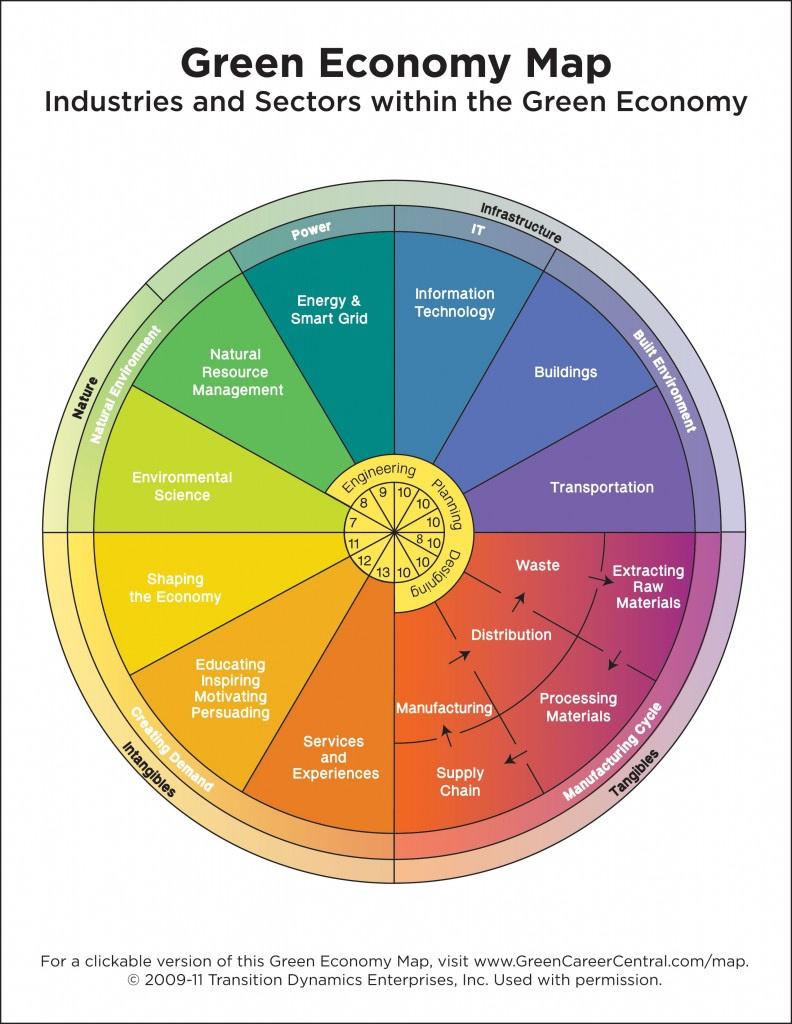
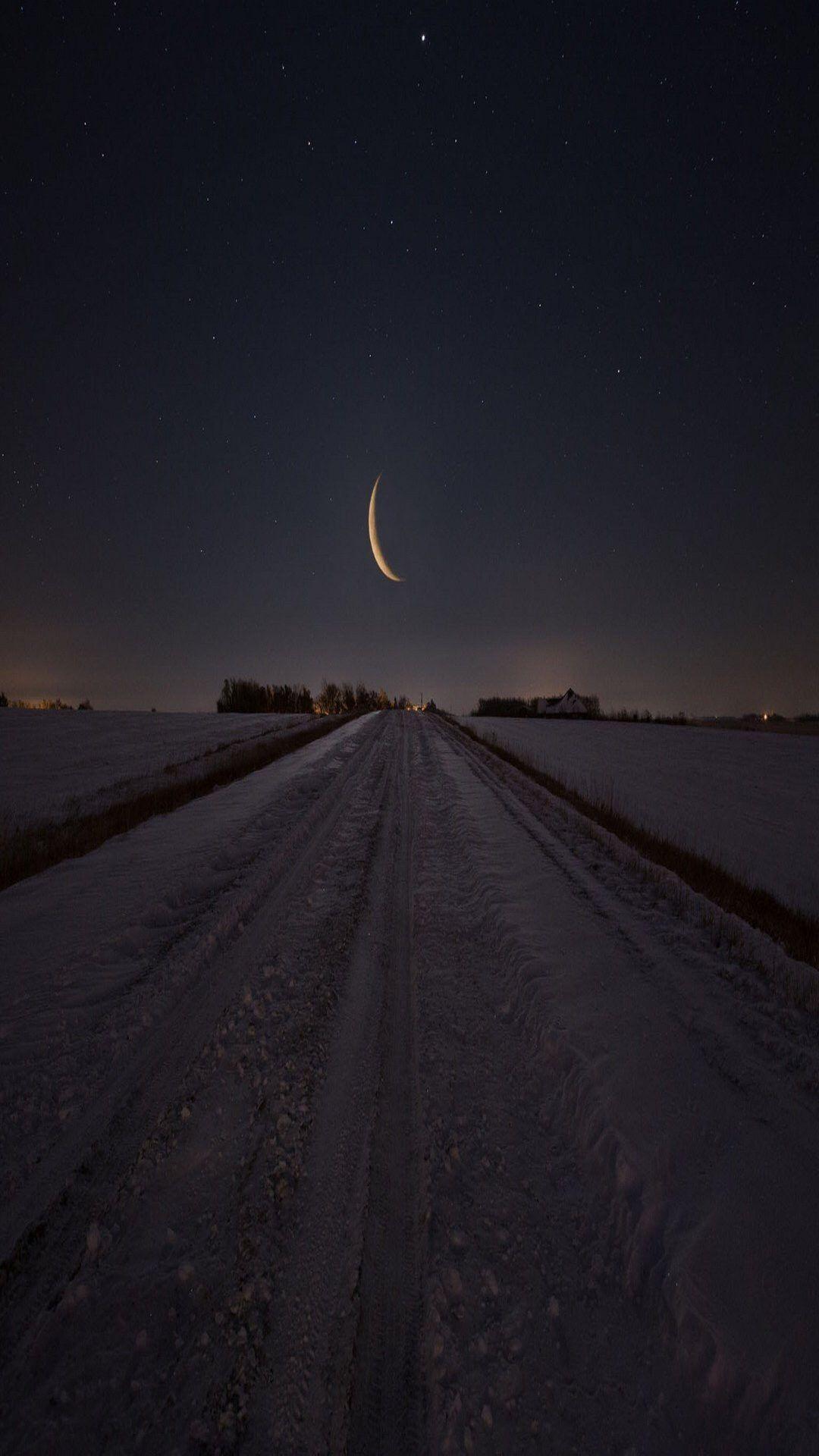
It had never occurred to me to be out here at such a late hour, on this dark, deserted, slithering road. I’m a creature of habit; I enjoy my nightly hour of mindless television after a long shift at work
Not today.
The custom must have been dropped. I am nowhere near the TV, nor near my house Nor am I close to any sense of comfort besides my somewhat reassuring car seat, in which I am forced to remain put for another 20 minutes or so The radio, fizzing rather uselessly for a desperate hold of connection, is the only company I have But even so, the unremarkable jingles are mocking me, a stark contrast to the darkness of the hostile forest I am lost in
I pick up the tall cup, placed in the holder near my right arm. The drink is surprisingly hot to touch and it feels welcoming. I sip tentatively wanting to savour the warmth
It tastes of nothing.
Of emptiness, of a vivid end to an unknown story, a story which has no particular end nor desire of being read further. But instead of providing me the reprieve I had hoped
for, the liquid is stuck in my throat, making me gasp for air What I had thought would be my consolation medicine is deceiving as it drags me down further into an abyss of despair I throw the cup to the seat on my right in exasperation, trying to control myself from breaking off into a tantrum like a five year old. My attempts are pointless, as my heart starts racing, pumping out blood as a form of adrenaline, although my rational self does not understand its intentions. My lividity only gets hotter, as I realise what tricks my eyes are playing on me Shapes, both small and tall, are dancing just outside my window, twirling into spaces between the decayed, sable tree trunks.
“It’s the animals”, I say confidently, as I push myself back into my seat and try to pat down my hair so it may sit properly, but my actions are in vain. I continue driving. It is the only way I can unlock my front door and throw the leather boots, which have been eating my toes to the muscle, into the cupboard, only to be forgotten for another two days.
I continue driving, keeping my hands firm on the steering wheel, my eyes darting and exploring every corner of my surroundings.
I observe the startling lack of light that had escaped me, at least until now. The road is only slightly lit up by one or two tall peacekeepers, both of whom are flickering as the wind whistles past their ears As I put my hand to my forehead, I wipe the water which is running down in streams. I blame it on the car’s heating system which, I imagine, is severed due to my obsession with keeping the car cosy The window slides open, as I attempt to catch a feel of the chilly, winter breeze. The titan-like trees are dominating the silence of the forest No squirrel hurries through the branches, no bird is fidgeting in its minute nest, no rabbit springs through the winding grass in search of its home. The wind is tougher than I expected, twirling my hair in circles and making my teeth grit The branches of the pines, throning over the road like a king would throne over their kingdom, start slithering through the air, like poisonous serpents anticipating the moves of my car I press the closing toggle, just in time for an atrocious clamour to make its way to my ears.

“It’s the animals”
This time I say it out loud, unsure whether it was for me or my sanity to hear.
As I steer the car through the endless dullness, I notice the wind blowing brisker and wilder, its hands almost ripping what is left of the perished nature The branches crook down towards the road, as if trying to embrace the vehicle and make the road vanish. The engine of the car starts growling, as I notice the image of the fuel box behind the steering wheel slowly dissipating It is only a matter of time until I will find myself in need of another.
The radio has gone silent; no whispering whirring or frivolous fizzing. The silence is deafening, it's screaming and I want to scream back and tell the radio to make noise, to do something, to not abandon me I desperately push the ‘on’ button.
No sound, no noise, not even a flicker of life. I throw out a syllable, resting my fist into the window once, and then again.
Watching me, its head turning to match the movement of my car. Not a human, I conclude, as I observe its long, thin members Its head is small, weak strands of hair appearing here and there No eyes are as pale as the ones of this creature, nor as its mouth. I can see its toes slowly moving towards the road with secure, swift movements Known as the rational individual in my group of familiars, it was rather unusual for my heart to start racing in my chest in such circumstances, so rapidly I could perceive my shirt moving in a twin-like pace with my blood Pressing the brake pedal slowly, I see the thing stop next to an umbrous pine, making its face seem indecipherable I stare, not finding any preferable solution I wait A movement, a sound, a voice Give me something. The figure remains fixed in position, its head directed not to my car, but my window itself I wiped my eyes with such force I could feel a sharp sting. Gone. No trace left behind, just the wind which continued maliciously controlling the pines like a puppeteer controls its puppets
“It’s just the animals.”
This time I focus on the road ahead, forbidding my eyes from taking another glance at the dull, dim forest. At first I saw one, then two, until I could see the outlines of what I knew were flats, houses, society Illuminated little squares, sparkling in the distance like stars in the night sky. A rhombus, blue street sign assured me that in a matter of 3 kilometres I would escape this macabre calamity I have stumbled into My heart starts to beat leisurely, at a pace that reduces the sensation of adrenaline which ruled over my body I sigh, the type of sigh I let out after crossing the border back into my comfort zone. The speed of my car increases, my foot slowly putting more pressure on the acceleration pedal. The trees start moving sprightly beside my car and the lineaments of the city start becoming less an imagination and more a reality.

My seatbelt suddenly wraps around my stomach, protecting my head from crashing into my windscreen. I can’t breathe. A sound, more of an explosion.
It was what I last heard before my car came to a sudden halt in the middle of the road. The fuel box pictured the engine as being not yet gone, so I had what was left of another 10 kilometres available Twisting the key back into the ignition, I tried bringing the car back to life. The car does nothing except a sick, low growl which I suppose came from inside the engine “Not now”, I say, my voice slowly rising with hysteria. Not now, not here. I turned the key once more, yet this time not even the ailing snarl responds. I hit my steering wheel, my hand clenched I hit it again and again and again, my paranoia
taking full control of my body I can distantly hear the car’s honk go off in a continuous, irritating pattern.
“I have hit something”, I think, a tremble of delinquency and dread flowing through my stomach. The only solution which my mind could think of, was stepping out of my car out into the devious night
My hand clenched on my flashlight and I tried to ignore the very noticeable tremor. There was nothing around, not a sign of another car passing by, nor a plane in the sky. My engine, as expected, was slowly fuming, something which I concluded was smoke. The smell was peculiar, not a smell I recognized as car fuel I determined I should disregard the odour, as I slowly started pacing towards the engine.
The darkness was interminable The only source of light left was one of the headlights, the other distorted and fallen. I lifted the top, pointing my flashlight to the source of the fume. No abrasion was visible to any component, the engine looking undisturbed It was only then I realised, the fume was not originating from inside my car. A chill ran down my spine, making my hands twitch with fear It was only as I started closing the top I realised the viscid, jet black substance which was spread on the side of the car, slithering to the front-right tire. The odour got even more unbearable, making me sneeze a couple of times I picked up a drop of fluid with the end of my flashlight. It was nothing like I have ever encountered before. Disgustingly sticky, sliding to the soil as if it was no
The disturbing liquid traced into a small river, ceasing into a puddle of horror. Fume rose from the pool, along with an unusual searing temperature My stomach turned, making me bend over, resting one hand on my car. It was insufferable, making me feel like I have caught a glimpse of a dreadful scene. My breathing only intensified as I felt nothing but pain in my throat Thoughts were running through my brain, making tears pour out from the corners of my eyes.
It was not the wind this time that caused the shrubbery to suddenly move in the silent forest. My feet weakened, causing me to drop down disarmed, having a poor flashlight as a weapon I remained observant The moving intensified, branches cracking behind the steps of… whatever it was. I started muttering to myself, still unsure of my sayings My hands were sore, tense, holding the terror that dominated my being. I could see the arms of the bush twist into snake-like creatures, their sharp, knife tongues getting nearer and nearer, attempting to take a grip of me

Then it did.
Attacking me, scratching my face as I desperately crawled my way to the open car door. The figure slithered towards me, its body moving too fast for me to catch a glimpse of it Gripping the door, I pulled myself back into the car seat, slamming the door behind me. I punched the steering wheel, pressing both feet on the acceleration pedal.
The car growled again, then it sped off I heard noise, my own, as it echoed in my ears, water running down my face, my eyes blurry from the tears
The pine trees started scattering away as my car crossed the railway tracks. Light peacekeepers welcomed me, their light watching over my vehicle I suddenly felt a wave of relief wash over me, as I could finally fall into my seat, adrenaline pumping slower, until it came to a stop. The radio started fizzing, making what seemed like bits of the news article audible. I huddled a piece of my shirt into my hand as I started wiping the filth off my forehead. I could discern small droplets of blood stained on the piece of fabric, belonging to the line of abrasion on my head. I considered not worrying about it, my thought of welfare and home fresh in my mind
Looking outside the left aperture, I remarked my left reflector shattered and scratched here and there. Fragments remained put, while others were slowly starting to make their way to the ground. My eyes remained focused on the looking glass, just in time for them to catch what I saw as the macabre A familiar shadow, same winding-thin members, standing in the middle of the road, its head slightly tilted to one side. It remained still, its figure getting smaller as my car drove further It lifted one hand in the air, its fingers moving in an inhuman manner, just before it turned around and withdrew its body into the abyss.
TRIGGER WARNINGS: BRIEF/NON-GRAPHIC MENTIONS OF SA AND CHILDHOOD TRAUMA
 Written by Veda
Edited by Stephie
Written by Veda
Edited by Stephie
As a psychology student, I studied the ‘nature vs nurture’ debate extensively
It essentially compares how one's genetics and their
environment influence their decisions, thought processes, and, in turn, their lives.
For example, during the recent pandemic, it’s likely that a lot of you had the misfortune of becoming a victim to the virus. This sickness supports the ‘nurture’ side of the debate, since you fell sick because of your environment rather than your genetics However, there are numerous other illnesses that you could have inherited due to a mutation in your genome code, such as Hashimoto’s Hypothyroidism, Cystic Fibrosis, or Sickle Cell Anaemia These conditions support the ‘nature’ side of the debate, as a mutation in your genes was responsible for the illness.
Today, I will be applying this same debate to a very interesting topic, one that we all know about but would rather it be left alone because of the sheer inhumanity at show. If you read the title you already know what’s coming, but for those of you who didn’t, I am talking about serial killers. (PS, I won’t be discussing any gruesome details so don’t worry. Trigger warnings under title.)
Shockingly dark for a student, right? Yes, I’m aware
But to catch and stop these horrific acts, we must first understand the rationale behind this way of thinking We must first understand, what makes a serial killer?

Are certain people born with the predisposition and innate desire to kill another human being? Or have their environment and circumstances shaped them into something else entirely?
Unfortunately, even after countless studies, there is no conclusive answer
As a society, it is not only morally conscientious, but natural, for us to want to pin the blame of serial killing on genetics To say, there was no option, they were born like that because none of us want to live in a society that could play a part in making a person brutally murder someone else And you know what, I get it. I don’t want to live in that kind of society either.

But the truth of the matter is that in today’s world, abuse, neglect, and trauma run rampant. Abuse, especially child abuse, can have long-term impacts on the mental as well as physical wellbeing of the sufferer. For a quick overview, there are four main types of child abuse:
At least 1 in every 7 children have experienced child abuse or neglect in any given year According to Childhelp, an organisation dedicated to help children in need, 1 in 5 girls and 1 in 20 boys around the world are subjected to childhood rape, with 3 of 4 sexually assaulted adolescents being victimised by someone they know well, like a parent or a family friend. In 2021, state agencies estimated the death of 1,840 children as a result of abuse and/or neglect
1. Physical Abuse - the use of force with the intention of causing physical injury/bodily harm
2 Sexual Abuse - forcing a child to engage in sexual acts
3. Emotional Abuse - behaviours that harm a child’s emotional well-being
4 Neglect - the failure to meet a child’s basic physical and emotional needs
This averages to almost 5 deaths per day, with 70% of the children being age 4 or younger
This, this, is the world you live in. The brutal reality of the world you might perceive idealistically
Childhood trauma plays a significant role in changing the psyche of a person Now, how this change is influenced by how genetics work as well as a tandem of negative childhood experiences, but, in this particular case, we are talking about what happens when the result of this vicious mix is a serial killer
Many mass murderers are victims of early childhood trauma; physical or sexual abuse
The answer really, is quite simplistic. As we are all aware, different parts of our brain are responsible for different cognitive functions, such as responses to emotional stimuli or empathy Trauma targets three important parts of the brain - the amygdala, which is the emotional and instinctual centre, the hippocampus, which controls memory, and the prefrontal cortex, which is responsible for emotional regulation This makes the trauma survivor susceptible to a host of mental conditions ubiquitous in mass murders i.e schizophrenia (present in 6% of killers), borderline personality disorder
(present in 38% of killers) and antisocial disorder (present in 68% of killers).
Moreover, the victims of childhood trauma have difficulty identifying, expressing, and managing emotions. They often externalise stress reactions when faced with emotional triggers, as a result strengthening two brain pathways involved in the development of post-traumatic stress disorder (PTSD) PTSD manifests itself in these individuals as either of the two extreme coping mechanisms; seclusion or violence
74% of mass murderers were psychologically abused as children, and 57% were physically beaten This does not go to say that all victims of childhood abuse are serial killers, but more so that most serial killers were victims of abuse (there is a difference) Other environmental factors rife with serial killers are insecure attachment issues stemming from parental neglect, loss or abandonment of parent or caregiver, and head injuries.
Although a majority of serial killers faced some kind of abuse in their childhood and/or adolescent life, there are nevertheless some admittedly famous serial killers who have reported having a “normal” and “uneventful” childhoods. Names such as Ted Bundy (confessed to 30 murders), Dennis Rader

(convicted of 10 murders), and Paul Bernardo (3; spouse and younger sisters) have reported to have had ordinary, and in some cases, even content, childhoods. This leads us to wonder what causes their psychopathic tendencies
The answer? Genetics.
A study led by Professor Thomas Joseph Bouchard, an American psychologist specialising in behavioural genetics at the University of Minnesota, provided evidence for the inheritability of psychopathy Almost 60% of psychopathy is inherited, which goes to show that the condition is more a result of DNA than of upbringing Psychopathy is a personality disorder characterised by people using charm, manipulation, intimidation, and sometimes violence to dominate others for their own malevolent needs. Although not all psychopaths are serial killers, psychopathy, or at the very least psychopathic tendencies, are a typical trait amongst serial killers
Furthermore, in 1993, Professor Han Brunner, famous for his work on the causes of mental disabilities and congenital defects (birth defects), discovered a defect in the X-chromosome, a mutation in the MAOA (monoamineoxidase-A) gene MAOA is responsible for the degradation (breaking down) of dopamine, norepinephrine, and serotonin into their inactive forms
This begs the question; "how does trauma change a person so much?"
The constant functioning of this gene regulates motor control, but more importantly, cognitive functioning and emotions Therefore, when a mutation in the gene occurs that renders it functionless, it leads to an excess of the previously mentioned neurotransmitters in the brain, leading to increased impulsivity and maladaptive externalising behaviours which impair normal lifefunctioning. Having this gene mutation leads to an increase in aggressive or violent tendencies thus leading to it being referred to as the ‘warrior gene’ or the ‘serial killer gene’ Hence, this gene is commonly associated with serial killers. Ted Bundy, alongside Bradley Waldroup and Brian Dugan, are just some of the names that tested positive for this gene
Now that I have outlined the various factors that are at work behind a serial killer, I leave it up to you to decide whether you think they are born, made, or both.
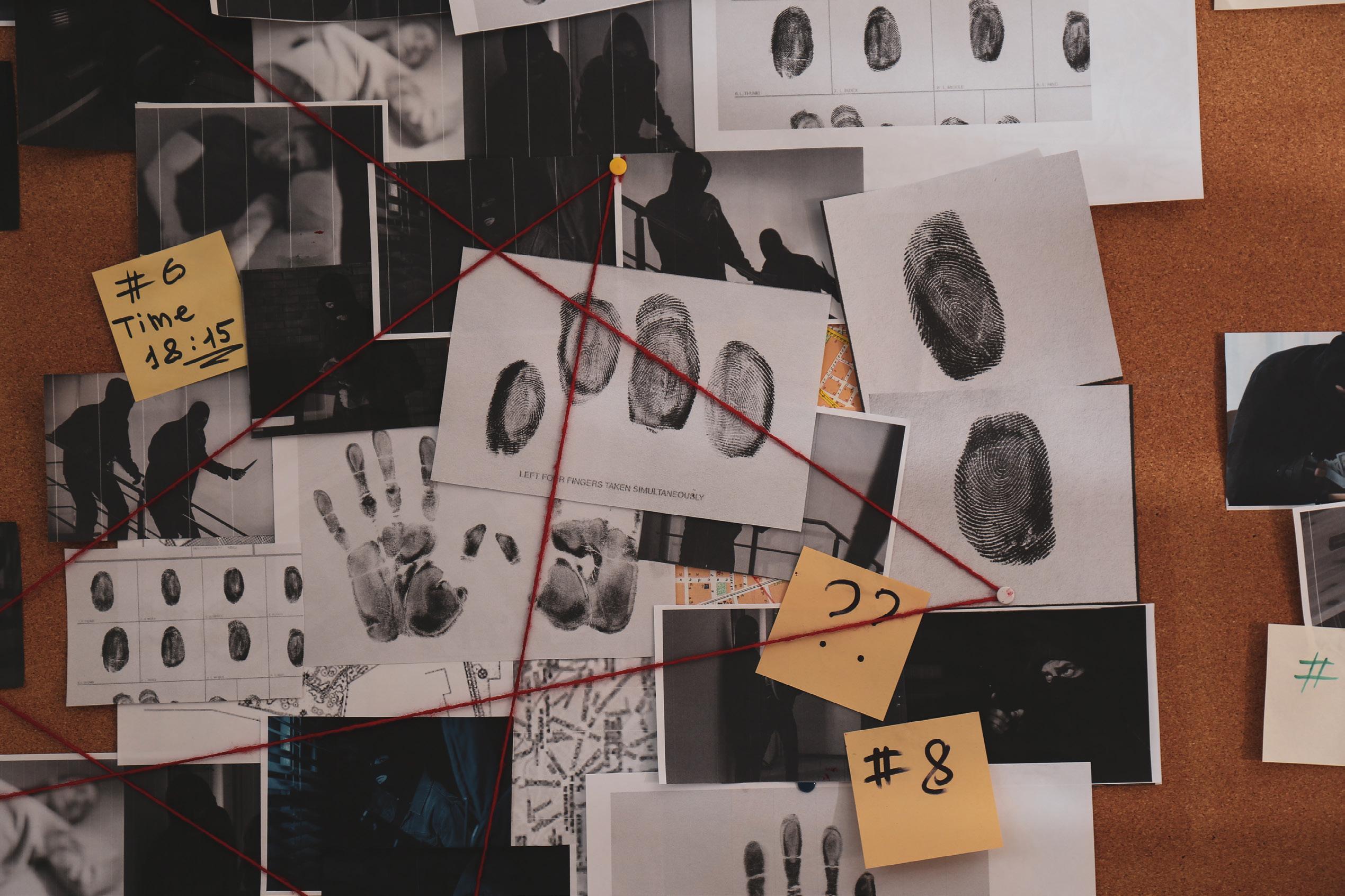
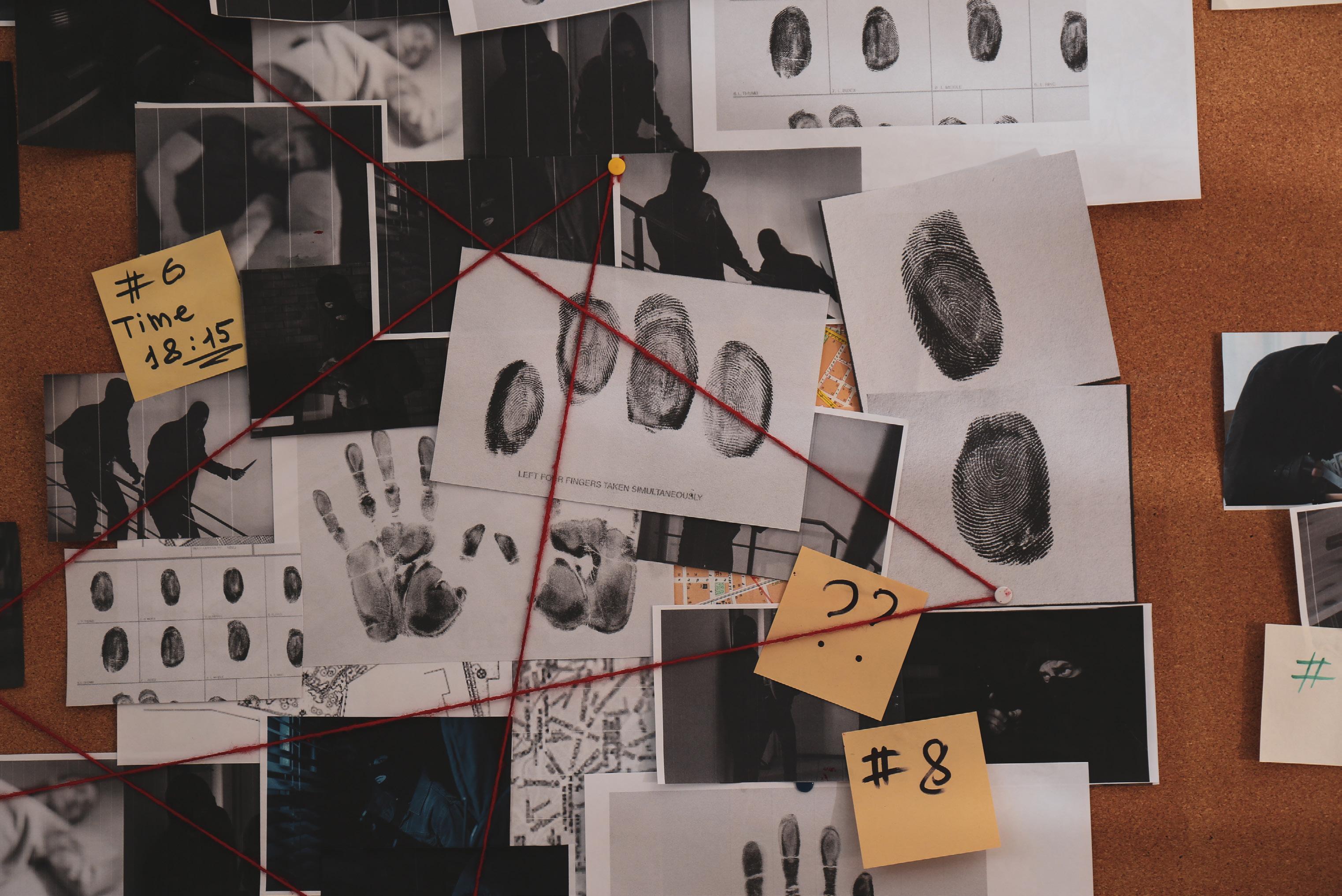

As the writer, I feel compelled to tell you my opinion, which is that I think we are all capable of aggression, violence and sadistic
tendencies. It’s only natural to feel strong rage and anger What separates us from serial killers is that we have a level of moral culpability which sets a boundary between reality and what should remain as a fantasy For serial killers, this line is more like a bridge; a means of emotional expression, with a diminished sense of morals and human values This bridge is formed and normalised in the mind of the killer due to a grievous combination of aspects from the
‘nature’ as well as the ‘nurture’ side of the debate
It is rare for one to think that killing multiple people is acceptable unless they are genuinely mentally disturbed However, it is equally rare for such severe mental illnesses to manifest without an external pushing factor i e trauma Hence, I conclude that serial killers are neither born nor made, but rather are a horrific result of both factors at play.
In 2022 the average person spent 403 minutes online. Our lives are completely reliant on the internet, but most people would be surprised to find out about the inventor responsible for the existence of Wifi.
Hedy Lamarr was born Hedwig Eva Kiesler in 1914 in Vienna, Austria, into a well-off Jewish family of Ukrainian and Hungarian descent Hedy’s father was an important influence in her life, he would take her on walks during which the two of them would discuss the inner workings of various machines and inventions These conversations would spark Hedy’s lifelong curiosity and interest in technology. At the same time, young Hedy also developed an interest in acting, starting acting classes as a teenager, and eventually she was cast in her first film: Geld auf der Strasse (Money on the Street).

Lamarr’s acting career took off in 1933, at the age of 18, when she starred in a movie about a woman unhappy in her marriage called Ekstase (Ecstasy) The movie raised controversy at the time and went down in history as being the first to show a female orgasm in cinema At the time Hedy received heavy backlash, especially in the USA and Germany, and this led her to briefly stop acting in movies and focus on theatre instead.
While acting in a play called Sissi, Lamarr met Austrian industrialist Friedrich Mahndl, who manufactured arms and military technology and had ties to Mussolini and Hitler Hedy fell in love with Mahndl and married him despite her parents' concern about his antisemitism Hedy described her first husband as controlling, saying that she was virtually a prisoner in their home and that he refused to let her keep acting after her orgasm scene in Ekstase Despite this, Mahndl used to take his wife with him when traveling on business; that was when Lamarr was first exposed to applied sciences and engineering.
After deciding to leave her husband, Hedy moved to London where she was scouted by Louis B Mayer, the head of MGM at the time. He convinced Hedy to move to London and begin her career acting in Hollywood Despite the odds, Hedy overcame the cultural and linguistic challenges and became one of the greatest stars of 1940s Hollywood. Despite her success, she felt lonely, homesick and bored.
Eventually, Lamarr met Howard Hughes, an American businessman, pilot and engineer. Attracted to his curiosity and inventiveness, she started dating him Hughes took her to his plane factories and showed her how they were built, as well as introduced her to the scientist who designed the planes. Hedy was inspired to try her hand at engineering when Hughes told her he wanted to design faster planes that he could sell to the US military She bought books on birds and fish and studied the shapes of their fins and wings in order to design the most aerodynamic airplane wings and propellers Her designs were so successful that Hughes decided to use them
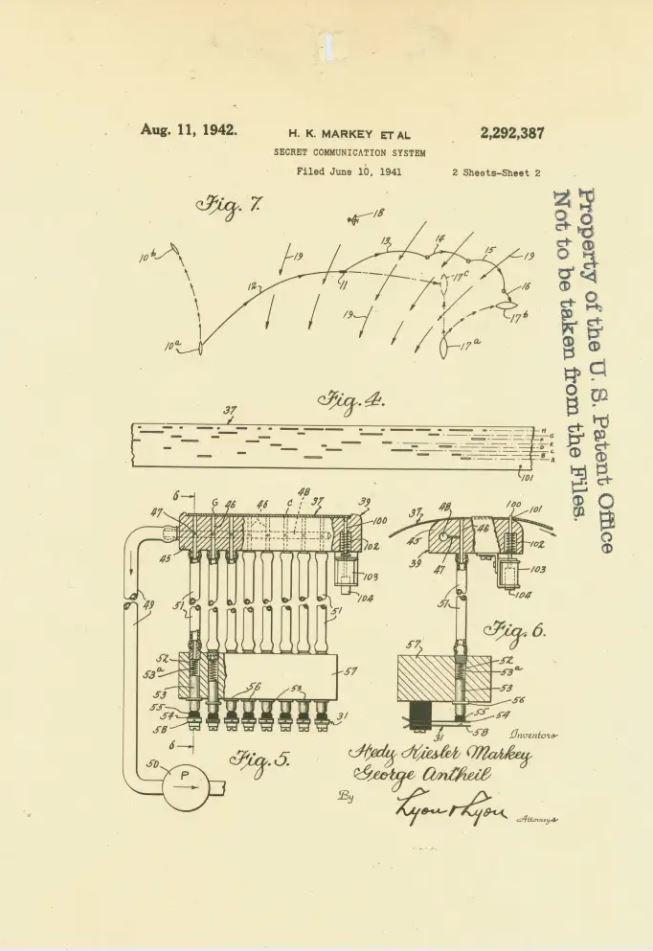

As it turns out, Hedy was in fact a genius. In 1940 she met American composer and inventor George Antheil, and the two of them came up with a groundbreaking new invention in order to help the Allies win the war against Nazi Germany. They invented a radio communications system to guide war missiles. What made their radio so special was the fact that the transmitter and receiver jumped frequencies together in order to avoid being intercepted. This frequency-jumping technology would prove very useful to the US military and was still in use during the Cuban missile crisis At that point, it was called “spread frequency technology” and would be the beginning of modern wireless communication.
Despite her groundbreaking genius and contributions to engineering, Hedy Lamarr never received any money for her inventions. In fact, no one even associated her with her inventions until the 1990’s when WiFi was invented Although Hedy Lamarr passed away in 2000, she will be forever remembered as “the Mother of Wifi”.
The new HBO TV show, The Last of Us, based on a video game of the same name, has been a viral hit among both video game players and new viewers. The premise of the show is similar to that of any zombie show or movie in recent memoryinfection turns the majority of the population into bloodthirsty monsters leaving the surviving human population to fend for themselves
However, the method of infection is unique within the zombie genre Instead of a virus or bacteria, the infection is spread via fungi More specifically the fungi Ophiocordyceps unilateralis, known in the show as “cordyceps.”
Cordyceps are a wide range of fungi and can often be used as a health supplement Only the specific genus Ophiocordyceps has the ability to take over the body and turn the victim into a “zombie”. Luckily for us though, it only affects ants. In the TV show and video game, the reason for Ophiocordyceps beginning to spread and infect humans is that it adapted to the warmer temperatures due to climate change While it is highly unlikely that Ophiocordyceps will be able to evolve to infect humans in the near future, as it will take millions of years genetic changes to even have a chance at
infecting us, the idea that warming temperatures can increase the amount of fungal infections is something disturbingly close to reality.
A study by Duke University discovered that heightened temperatures cause the fungi Cryptococcus neoformans to go into survival mode and mutate much faster than usual, in order to be able to live in warmer conditions Why is this a problem?

As humans, our main source of protection against fungi is our body heat A healthy human body temperature is 37॰C and most fungi survive and spread in a temperature range of 25-30॰C. However, if the fungi will adapt to survive in warmer temperatures, this means that they can survive and spread in humans
a lot easier, increasing the rate of infections In the study, the rate of mutations was 5 times higher at 37॰C versus at 30॰C Similar results were seen in mice infected with fungi. This is the only study of its kind, but the results are concerning and show that the evolution of fungi could affect us in unpredictable ways. Cryptococcus neoformans has a very high mortality rate of between 41-61% and has no available vaccine While for now it mainly affects immunocompromised people, particularly those with HIV, there is no telling what could happen as it continues to evolve and mutate
Along with Cryptococcus neoformans, there are other fungi that pose a danger to not only the immunocompromised but any person. The World Health Organisation (WHO) published a document presenting
a priority list of 19 fungi that need to be investigated and studied in order to prevent outbreaks. Among the 19 fungi, they were organised into three categories; critical, high, and medium priority 4 of those fungi made it into the critical priority list, including Cryptococcus neoformans The others include Candida auris, Aspergillus fumigatus, and Candida ablicans Both Candida auris and Candida alibcans can cause invasive candidiasis, a serious infection with a mortality rate of 20-50%, other estimates being even higher Candida auris is proving to be more problematic than its counterpart as it has a high outbreak potential, having already caused multiple hospital outbreaks, and is resistant to most antifungal medicines Along with it being hard to treat, it is also very hard to identify as it is a comorbid condition and those infected are often sick with something else, thus allowing for the fungi to spread further It is also one of the few fungi that can spread from person to person, while being a relatively new fungus, first being seen infecting a human in 2007. The other fungus that made it into the critical priority list is Aspergillus fumigatus, an environmental mould that causes aspergillosis, which is a range of infections that can either be very minor or very severe. The worst-case scenario when infected with this type of fungi is azole-resistant invasive aspergillosis which has a mortality rate of 47-88%. However, with all of the fungi on the list, there is a distinct lack of research and attention being paid to them No vaccines are being made and there are few alternative antifungal treatments, which is a concern when antifungal-resistant fungi are on a rise. While it is highly unlikely that we’ll get turned into zombies by the fungi,
there is an increasingly high chance that more and more people will be infected and due to the lack of funds and resources, they won’t be able to get the help they need. Antifungal treatments already are very expensive and are very hard to get in third-world countries, not to mention the prolonged hospital stay that coincides with treatment. If there were to be an outbreak, it is almost a guarantee that we’d be vastly unprepared for the influx of patients needing treatment.
The rise in fungal infections not only affects humans, but trees as well A study done by Ohio State University placed Austrian pine saplings in conditions that simulated climate change and infected some with Diplodia sapinea, an aggressive type of fungus, and others with D scrobiculata, a non-aggressive type of fungus. The results were concerning yet unsurprising. Compared to the control condition where the saplings were placed in normal conditions and infected with the same fungi,

the ones in the climate change conditions were dying much faster and the lesions on the saplings that indicate fungal infection were significantly larger It is also noticeable that the lesions produced by the non-aggressive fungi were almost equal to that produced by the aggressive fungi, indicating that the non-aggressive fungi either became more aggressive in the changing environment, or that the trees became weakened and more susceptible to infection The implications of this study are frightening to say the least. The entire planet relies on trees for survival and if the trees begin to die at the high rates that this study indicates they would, then the entire world ecosystem would collapse.
While the apocalyptic world in the Last of Us is purely science fiction, there are some truths behind it Climate change is causing a rise in fungal infections across not only humans but trees and probably other species as well If action is not taken to slow down climate change or at least to research the implications of rising fungal infections, the planet will be devastated by the consequences However, ever since the release of the TV show, headlines have sprung up like “The Last of Us: Could a fungal pandemic turn us all into zombies?” and “‘The Last of Us’ apocalypse is not realistic, but the rising threat of fungal pathogens is” from reputable sources like BBC and the Yale School of Medicine. The TV show, rooted in fiction, is bringing attention to those who would otherwise never know the danger of fungal infections. And hopefully, there will be more research and funds given to those who are trying to create vaccines and alternative treatments so that we can avoid a “The Last of Us” scenario, because even without the fungi-infected zombies, if there is a pandemic on the level of COVID-19 but with fungi, we’d all be screwed.
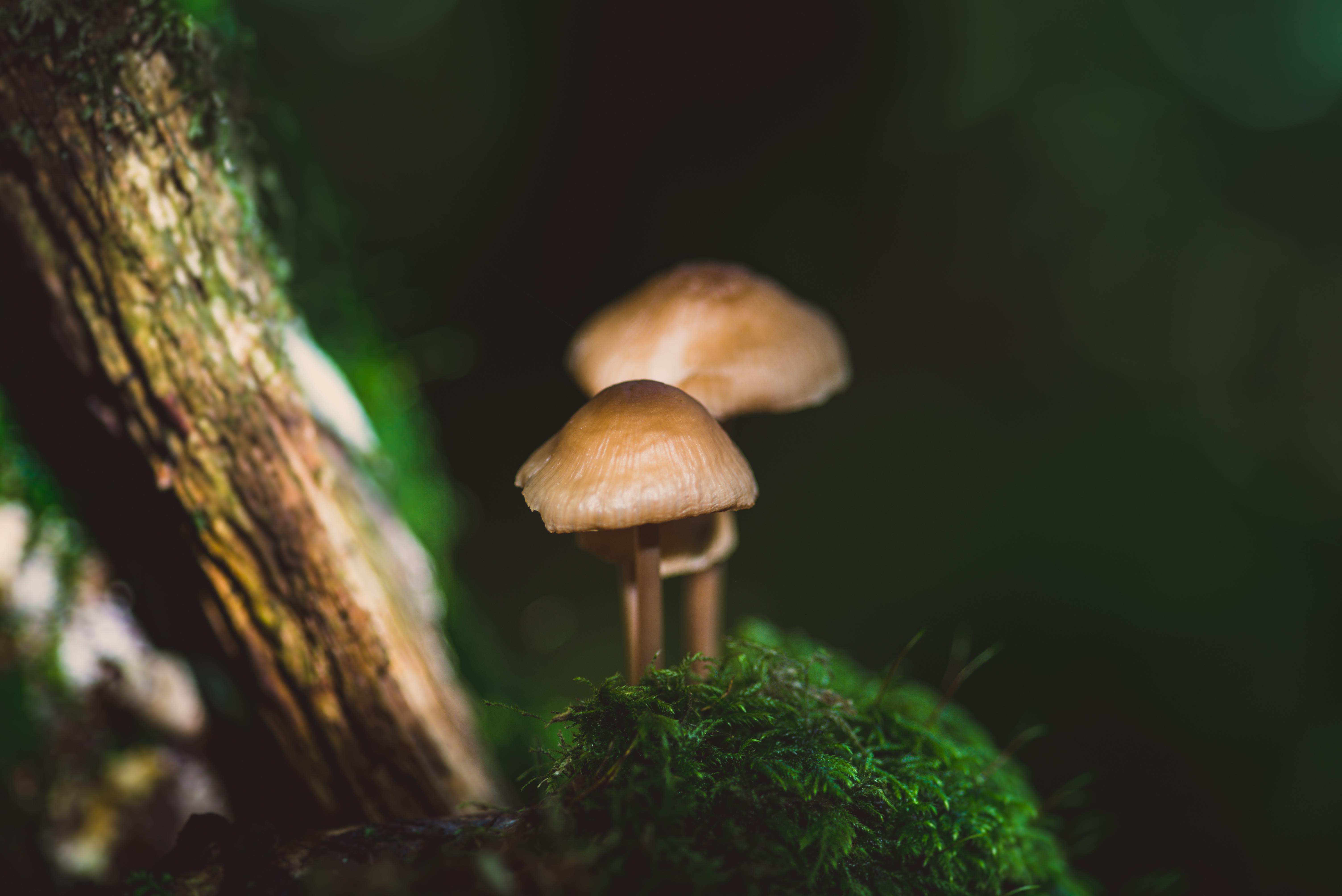
Look at me
What do you see?


A whisper?
A shadow?
A branch trembling in the wind?
Reaching up, for more Hoping Dreaming.

Birds flying across horizons
Into the sunset, diving through clouds of doubt and melancholyTowards a better future.
To escape the blood stained past.
You see a smile Across my face,
A candour in my eyes which glimmer with life
You see a person: Whole, but broken Strong, but weak Brave, but afraid.
Fragile
I contradict I laugh. I fight. I live
You can try to break me, smash my porcelain skin. But you won’t succeed.
I am incontestable.
Look at my hair, Shimmering beneath the sun, Whose rays caress the tired face, Which burned so passionately from the inside And saw so much yet so little.
Imagination- flying, swimming, encapsulating you. Illusions
Questions unanswered. Now I’m flaccid. Now I dive
Now I lay onto the sand, slowly falling, being pulled into the ground.
Don’t look away. Stay

When you look at me What do you see?

Do you know?
Do you perceive?
I am a star, gliding through an eternal galaxy of the unknown.
I am an animal, fighting to stay alive
I am a tree, steady and wise I am a flower blooming with delight. I am a person.
I am the sun.
I am everything and nothing all at once I am here. Alive.
So look at me



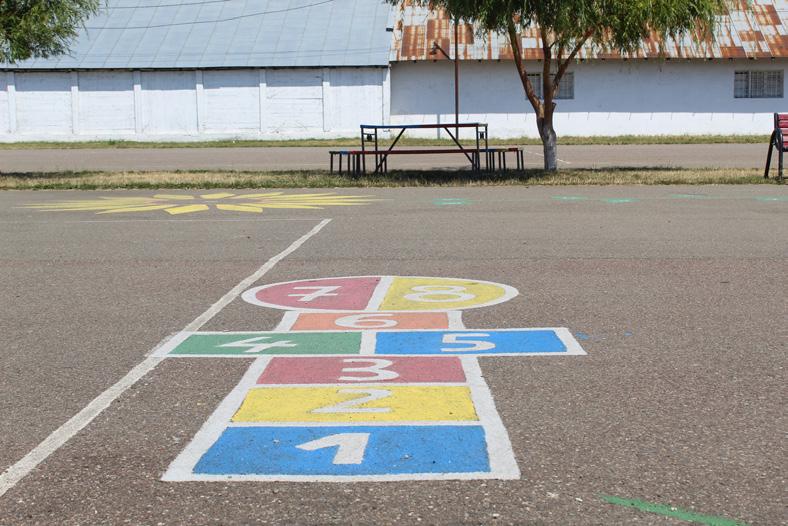
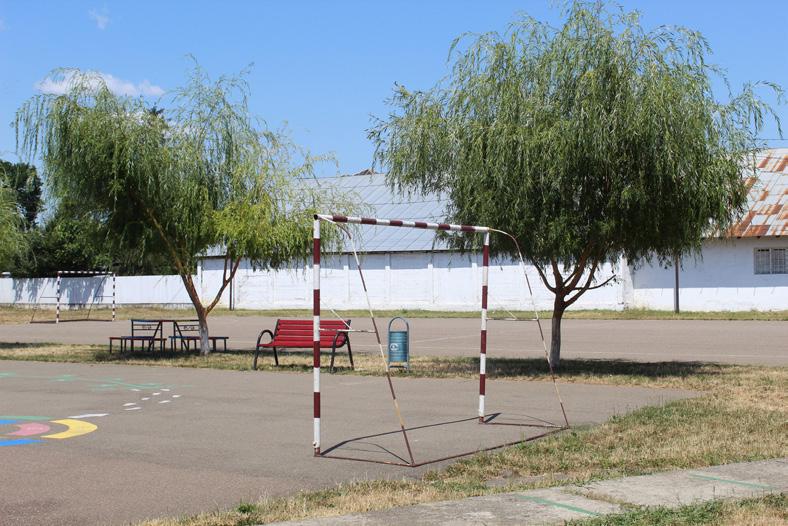

 Written by Harriet
Edited by Stephie and Ilinca
Written by Harriet
Edited by Stephie and Ilinca
As I walked through the concrete grey building with visible cracks in the walls and dirt peeking through the wood flooring, I felt like I was walking through an abandoned building, almost like in those urban exploration videos. However, despite looking and feeling like something that should’ve been forgotten long ago, the building I was walking through was a school And not an abandoned one; this school was still actively being used. In fact, dozens of children learn and play in this building on the verge of collapse. As a student myself, I was horrified
School should be a place where kids can come to learn. Where they can delve into the world of mathematics and the complex history of the Roman Empire, meet new people, and experience the ups and downs of childhood. Where they not only begin to realise how intricate the world is, but also learn how to overcome those challenges and grow into their own person The only thing they should worry about should be the exam the next day, and whether or not their crush likes them back.
Unfortunately, many students have to worry about things such as the roof collapsing in on them, having to go to the bathroom in a hole in the middle of a shed, and fighting for their teacher’s attention in overcrowded rooms while at school

Over the summer, I travelled with members of the World Bank and the Romanian government to document and tell the story of overlooked struggles of schools in rural Romania, with the aim of making a change
In 1977, Romania suffered a devastating 7.5 magnitude earthquake that killed over 1000 people, injured over 11,000 others and damaged over 30,000 buildings. Many of these buildings were not properly fixed, and continue to be used today According to a preliminary World Bank analysis supported by the Technical University of Bucharest, there are over 9,744 Romanian schools that have not been seismologically strengthened. Older buildings were deemed as more high risk, especially if they were built before the 1977 earthquake Across the country, 1,200 schools were declared at high risk, meaning in the event of an earthquake, they would collapse, leading to 10,000-15,000 fatalities Based on this preliminary survey alone, it is evident that many Romanian schools are not considered safe enough in case of an earthquake, but many may not be safe in daily circumstances either.
Some buildings are in danger of collapsing even without an earthquake. As we walked around these schools, obvious cracks and leaking roofs could be seen. Some of these buildings should have long been abandoned, but are still in use because there are simply not enough funds to construct a new school. Talking to parents of children who attend these schools, I could see that they are deeply saddened by the situation their children learn in One mother said that whenever

she and other parents dropped their children off at school, they 'wouldn’t go far from the school in case something horrible happened' . When a parent leaves their child at school, they should be leaving with the thought that their children are safe and taken care of But at these schools many parents are riddled with anxiety, just as their children are nervous to go to school, a factor contributing to students not learning effectively.

Some schools were built before the 1977 earthquake, and therefore suffered extreme damage in the earthquake, damage that only got worse as the building aged Nowadays, some schools show evidence of that damage through the deep cracks, the ruined paint job, the rotting wood and the rusty metal. However, the damage in others is more subtle After the earthquake, the majority of buildings were simply given a new paint job instead of structural reconsolidating. As
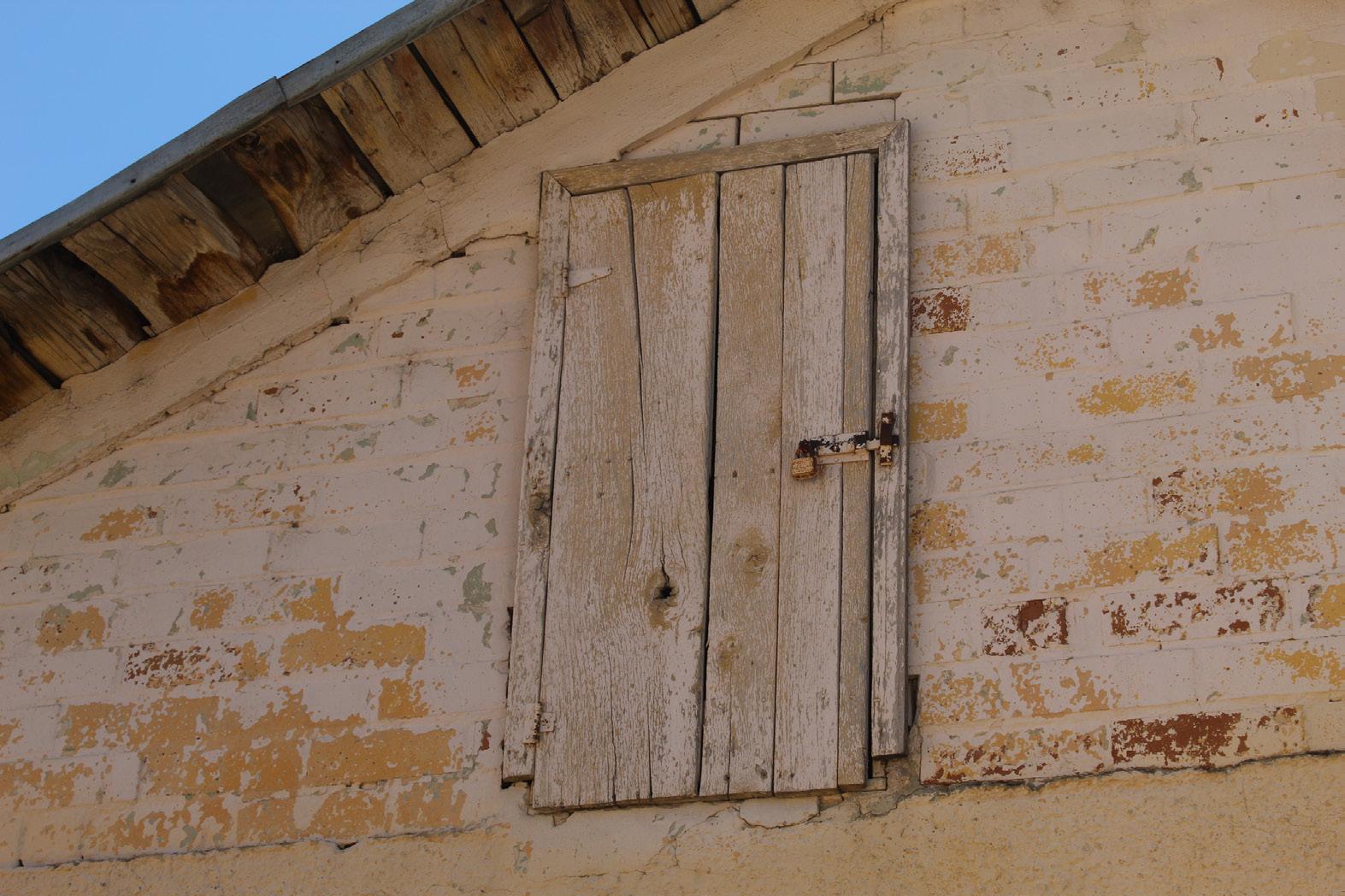

I walked through some of these schools, I often couldn’t see what was wrong. I didn’t understand how a building could be deemed hazardous and unsafe in the case of an earthquake when it looked like such a pleasant school - the classrooms were neat and tidy, the paint job was clean, the roof and the walls seemed well maintained However, engineers working on the project stated that these buildings were no less dangerous than those with the cracks and rotting ceilings, they just received more aesthetic upkeep. To an outsider, not knowing the history of the school, it seemed safe, even though it could become dangerous in the event of an earthquake. Despite their outside appearance, these schools are in just as much need of repair as those in blatant disrepair.


Many of these schools are very old, some dating back to the 1880s While old schools hold a lot of history, they often no longer meet the needs of the town's current population. Many towns and villages have grown significantly, leading to schools so overcrowded that they sometimes must turn away prospective students. The small rooms often lack a working heating or an air conditioning system, and may have mould growing, causing an unpleasant smell In many schools the playground is a field, and I noticed a lack of shelter for hot days.

You can see the effort put in by teachers and staff to improve the school environment, making it more cheerful and comfortable, but some things cannot be easily fixed. The project started by the World Bank focuses on reconstructing the school buildings, but eventually allows for larger classrooms, playgrounds, and modern technology to be implemented, ensuring that students both learn from their schooling and enjoy it. Making modern changes resulting in more accessible schools and an improved learning environment will not only benefit students, but also encourage new teachers to join the school.
Unfortunately, there is also quite a bit of genderbased violence in schools, which encourages a lot of girls to drop out of school. By including safe spaces for girls, gender-based violence will hopefully be reduced.

The World Bank Project is the first of its kind, aiming to reduce school dropout rates and increase educational outcomes. It will provide funds to demolish the old buildings and reconstruct new ones, equipped with modern facilities and enough room to support the growing population. The leaders of the project will work closely with the parents, teachers, children, and other members of the community to ensure that the new school is catered to their needs

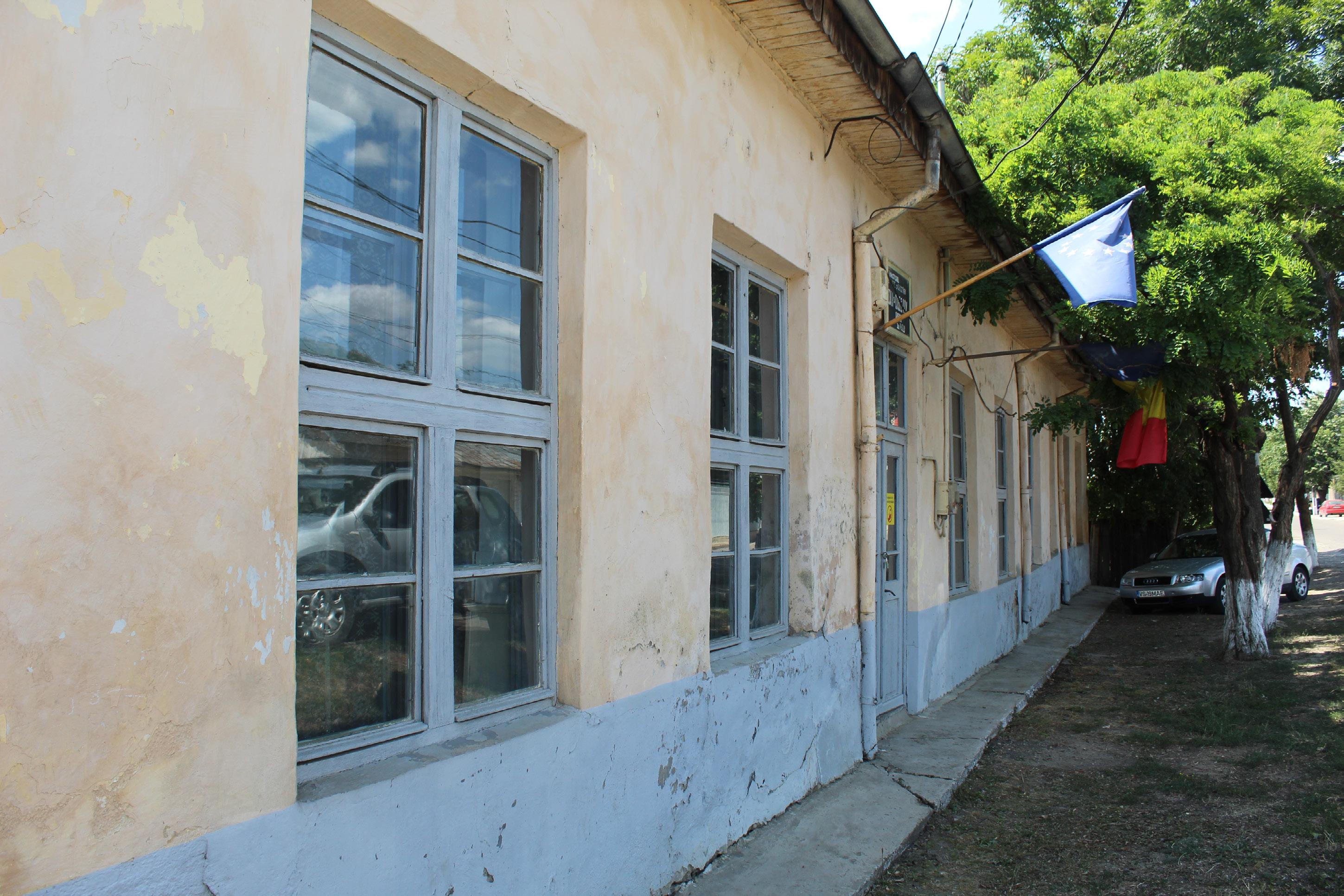

Along with reconstructing vulnerable schools, the project also aims to make schools more accessible to students Many poor students, especially Roma children, often struggle with transport to school, lack of sufficient food to eat, and lack of support from both family and teachers. Making the schools more accessible by adding better transport, or providing free food for students, will help encourage students to come to school Wheelchair ramps and designated rooms available for those needing extra support will be introduced, meaning students with both physical and learning disabilities will have spaces to help them learn.
Thanks to the project, within the next few years a whole generation of students will benefit from a new, safe, school environment, creating a space for them to learn about themselves and the world around us.

For the people who watched the popular show Gilmore Girls, the words "secret society" might ring a bell. A few episodes into the beginning of Season 5 and the focus is on Rory writing an article about ”The Life and Death Brigade", an alleged secret society belonging to Yale University. By coincidence, she finds out about their motto ”In Omnia Paratus", or ”Ready for anything", and with a bit of help from the designated heartthrob of the college, Logan, she manages to join the society in one of their extremely secretive gatherings This gives us an inside look to the event, and what a secret society really is.
When people hear "secret society" some of the first things they might think of include the Illuminati, the Freemasons, or the KKK, along with gruesome and horrifying rituals. They do have a point - orders with such
Written by Alexia S Edited by Veda and Stephieprinciples do exist and have rather unethical ”group activities"- but college secret societies are usually considered a bit calmer with a penchant for superiority.

They are most often linked to elite universities such as Oxbridge in the UK and the Ivy League in the US These societies are solely made up of selected individuals, many coming from rich white families, usually with a history of having family members in the same order For example, in the case of a male student, it is likely that if both their father and grandfather were in the society, they will follow suit.
The secrecy of these societies varies, as well as how closely they associate themselves with the particular university they belong to, but nearly all of them tend to make an effort to keep their matters, initiations, and members, especially current ones, out of the public eye
One of the world’s oldest secret societies, if not the oldest, is the F.H.C. Society, founded back in 1750 by the students of The College of William and Mary in the United States Famous members include Thomas Jefferson, George Wythe, and St George Tucker.
Some societies are labeled as ”senior societies", meaning they only recruit final-year students In reality, most societies restrict their membership, for example to students of a certain class year or just to a certain number of students overall.
However, there are a few things that these clubs have in common; demanding membership eligibility, secret initiations and rituals, and most importantly close-knit bonds the members share between themselves
Most ‘secret' societies are more of an ‘open secret' with the whispered rumours of the members and their work Many of these collegiates focus on the social aspects of being in a society and the idea of giving back to the institution that has given them so much throughout the year These contributions are far and wide but their real grandeur and sheer power is at full display at the many events they host; debates, lecture speakers, anonymous charity activities, and more.
On the pivotal day of May 23, 1879, the selection process for these collegiate secret societies was formalised at Yale University. What they used was a process called ‘tapping'.
On a publicly broad-casted evening, all Yale undergraduates would uniformly assemble in the College Yard (informally of course). The existing members of the society would walk through the hallowed grounds and forever change the lives of select prospective students with a flick on the shoulder. The lucky undergraduates would then be escorted to their own dorm and in private, would be given a choice; accept the membership and become part of something special or reject the proposal Everyone knew the ‘tapped' for the coming year and the selection of the secret society was ironically one of the most public events at the university.
Today, however, the selection process is not quite so "out there" for everyone to see and know about. Societies have evolved to slipping sealed ominous letters under doors, cryptic emails to students, and obscure invitations to parties ‘Tapping' is not completely discarded and still exists in some universities, but more secretive and ludicrous methods are now preferred
At the head of the list for top collegiate secret societies lies the famous club belonging to Yale University; “Skull and Bones'' It has been considered the most powerful and prestigious fraternity in the U.S., if not in the whole world. Founded in 1832, it consists of senior undergraduate students who get to keep their membership upon graduation
Each year, 15 new members are inducted into the "order" and officially become ”Bonesmen“ and ”Boneswomen" Interestingly, the club was "male only" for over 150 years, until 1991 Upon initiation, the members have to swear not to divulge what happens behind closed doors. They hold meetings twice a week in a windowless building called The Tomb, which allegedly got its name in 1918 when a group of Bonesmen dug up the skull of the Apache leader Geronimo and took it back to their headquarters. It is said that the new members receive $15,000 and a grandfather clock as a gift upon admittance
There are numerous conspiracy theories surrounding this club, but the most famous one claims that the Bonesmen and Boneswomen are a faction of the Illuminati

This is due to the success, fame, and power of the members after graduating Notable members of Skull and Bones include George H W Bush and his son George W. Bush, both later becoming the 41st and respectively 43rd presidents of the United States.
Another famous Ivy League secret society is the Sphinx Society, belonging to Dartmouth College. It is one of the many societies at Dartmouth, which has a large number of clubs In fact, almost 31% of the senior students in the university belong to one. At least 14 of these clubs are on campus, and 6 of these keep their membership secret
The Sphinx Society is the oldest of them all, having been founded in 1885 by 14 male senior students, and it has remained "male only" up until today. 24 junior students are selected to join and become part of “The Krewe” each year, and they are only allowed to reveal their identities at Commencement when they walk around the campus carrying canes adorned with Sphinx symbols to symbolise their dedication and implication in the society.
The Sphinx Society headquarters are located in a building known as The Sphinx Tomb or The Egyptian Tomb It is believed that they have access to a series of underground tunnels spanning the entire campus and that they have an indoor swimming pool known as ”Cleopatra’s swimming pool" Because of this, it was rumoured that The Sphinx Tomb had the highest water bill of any building in town.
In 1989 the secret society attracted a significant amount of negative attention when it was discovered that 16 members stole $12,000 worth of photographs and art from around the campus during a scavenger hunt, and the members were suspended when they failed to return all of the items
So, to end, while collegiate secret societies might not be as renowned as other global orders, they still have their own complex stories to tell, made intriguing by the fact that significant amounts of information surrounding their activity remain a mystery.
Nevertheless, in essence, they offer individuals a sense of community and an environment where they can gather and have fun with their fellow students without forfeiting their future, all while feeling like a part of something bigger
 Written by Ana
Edited by Stephie and Ilinca
Written by Ana
Edited by Stephie and Ilinca
History doesn’t remember everyone. A lot of the time, stories are forgotten or incomplete, so we struggle to unearth the truth and shed light on events and people who have shaped the world History is told by the men who lived it and therefore can be interpreted in many ways, lacking objectivity Because of this, tales of women who had a great impact on the world during their time, stories of innovators and thinkers who were bold and broke conventions, have been put aside or hidden by centuries of neglect and ignorance. Of course, we remember some figures, like Joan of Arc or Sappho, Anne Boleyn or Emily Bronte But there have been thousands of magnificent stories that we have lost or that we don’t remember This obscurity is especially true in literature, a world where women’s voices have been silenced for thousands of years and where creative freedom was something that women could only dream of, or had to fight for. There were, however, a number of women who broke out of this standardised convention and made their voices heard by their people. Inspiring and innovative, they became models for the women who followed, shedding light on their lives as females in a male-dominated society These are the stories of three such women, from different parts of the world, whose lives have been largely forgotten but whose legacies remain.
“The woman too is exalted and can make cities tremble”
Few people know that the first ever known author in the world was from Mesopotamia and that she was in fact a woman. The poetess, priestess, and princess Enheduanna, daughter of Sargon the Great (who is considered the first builder of empires), was the first named author in history
In 1927 the British archaeologist Sir Leonard Woolley excavated a calcite disc at the Sumerian site of Ur in which a woman known as Enheduanna is depicted with three male servants. The royal inscription on the disk says: “Enheduanna, zirru-priestess, wife of the god Nanna, daughter of Sargon, king of the world, in the temple of the goddess Innana ” She is placed prominently at the centre of the disk overseeing an offering, showing the powerful cultural position that she held at the time When Sargon conquered Mesopotamia, Akkad became one of the largest cities in the world, and for the first time in history, northern and southern Mesopotamia were united. To create stability in his new empire Sargon appointed his daughter, Enheduanna, as high priestess of the moon deity Nanna-Suen in the most important temple in Sumer (in the city of Ur).
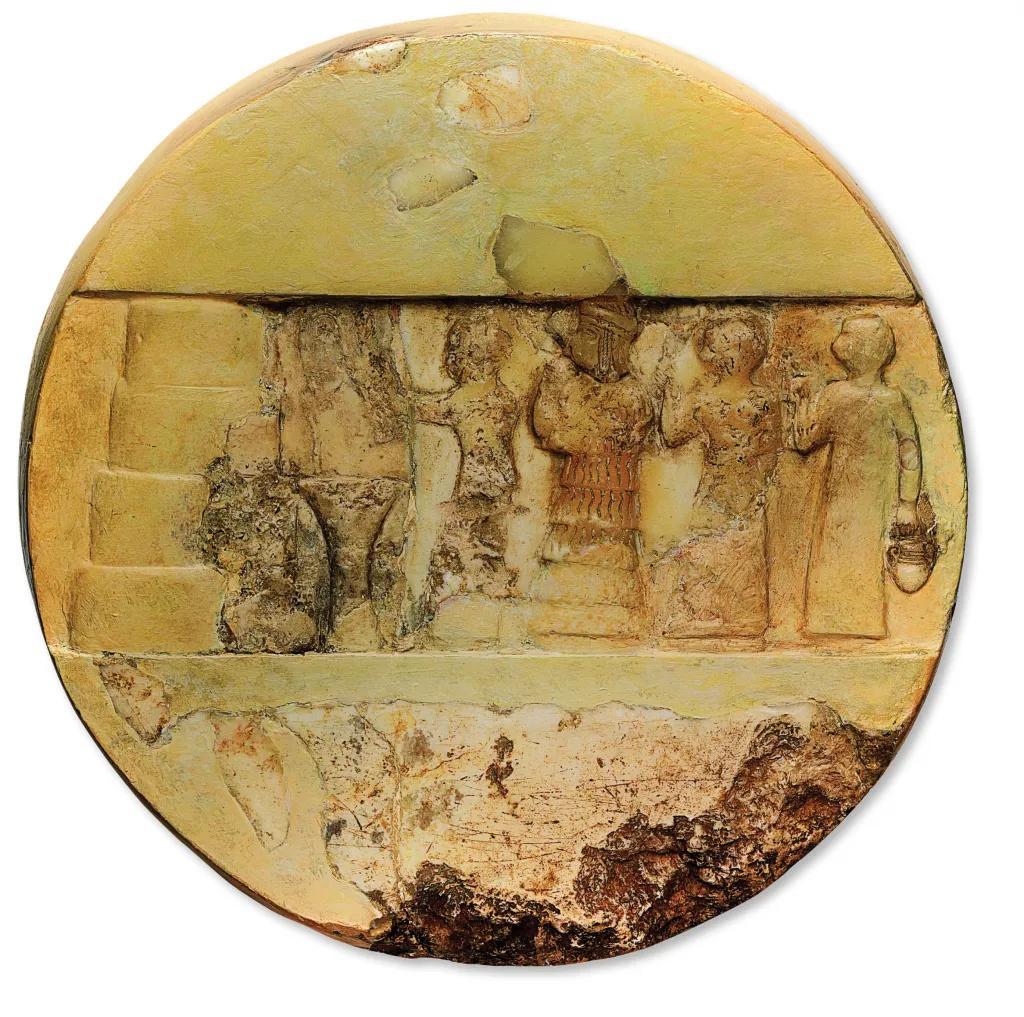
Her job was to combine the Sumerian gods with the Akkadian ones to create stability and allow Sargon’s empire to thrive It seems she was the first woman to hold this position, creating a path for those who followed. She not only fulfilled Sargon’s expectations, but surpassed them, changing the culture and making the Gods that she served humane and accessible to the people, altering the perception of the divine Her celestial nature can also be seen through her name, which translates to “Ornament of Heaven''.
After her father died, the kingdom was torn by rebellion and a usurper named Lugalanne violently drove Enheduanna from her temple and into exile Her salvation depended on her writing, but she faced a creative block and the moon god seemingly ignored her pleas Enheduanna turned to the goddess Inanna, who resolved her struggles after Enheduanna wrote extended praise to her glory and implored the goddess to take her, destroy her, and be one with her. Enheduanna was consequently saved through the creation of a poem and was restored to her place as high priestess Her poem “The Exaltation of Inanna" is political yet profoundly and hauntingly personal, conveying the connection between power and language, war and love Other works include 'A hymn to Inanna', and 'Inanna and Ebih', both written to the goddess of love and war Inanna. We have come to recognize Enheduanna’s original style as personal and sensual, alluding to her own life, discussing childbirth, war, power and the force of the written word. She also wrote 42 hymns about war, hope, fear, devotion and the world she lived in, which were inscribed into clay tablets, a form of cuneiform
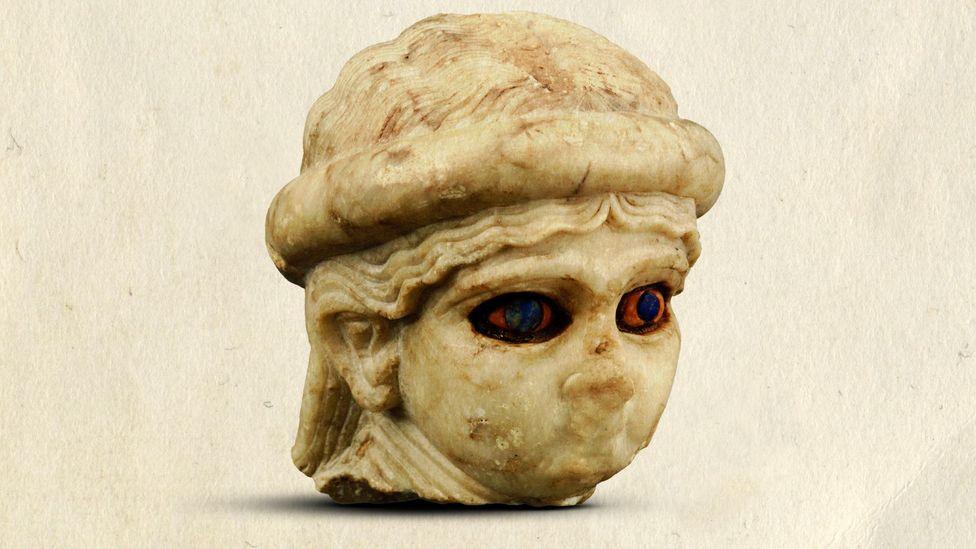
All together, Enheduanna’s work was called a “major piece of Mesopotamian theology” by Yale scholars William Hallo and J. J. A. van Dijk, who depicted her as “a kind of systematic theologian.” Enheduanna wrote in the first person in a time when writers were anonymous, marking the beginning of rhetoric, authorship, and even autobiography The cycle of her work ends with a postscript in which Enheduanna takes ownership of her work: “The compiler of the tablet is Enheduanna / My King, something has been created that no one had ever created before!” .
Her fluid, fervent and vivid writing style displays skill, beauty, originality and the breaking of conventions
Her work has been deeply celebrated in Ancient Mesopotamia, including as part of the curriculum in scribal schools, where students were taught to write in cuneiform by inscribing Enheduanna’s work into clay tablets. Now, around 100 copies of “The Exaltation of Inanna” remain.
When asked who the first known author was, think of a woman somewhere in the temple rooms of Ur, preparing to press words of wisdom into clay, hoping to be remembered Think of Enheduanna
‘The Star Gauge’, the grandest example of the Chinese ‘reversible poem’ was written in a 29 by 29 character grid consisting of 841 characters, stitched in five colours (which hold their own rules of reading), on an astronomical gauge (alluding to the universe and Taoist cosmology), allowing almost 8000 readings and interpretations in all directions - horizontal, vertical, and diagonal. A poem which only one person could fully understand.
“As it lingers aimlessly, twisting and turning, it takes on a pattern of its own No one but my beloved can be sure of comprehending it.”
It is not only considered a remarkable literary text, but a piece of visual art which holds the message of love and obsession, defying the gender roles at the time and asserting its creator as an original, and a philosopher The author of the Star Gauge is Su Hui Although her work has generally been neglected because she was a woman, and despite the original copy of her palindrome poem Xuanji Tu (“armillary-sphere map”) being lost, the story of its creation is legendary and offers us a glimpse into Su’s genius mind and her life during the Six Dynasties period.
Su was born into a literate family and was a poet of the Kingdom of Former Qin. She was married quite young to Dou Tao, a major government official, and went on to live with him for a happy period of time Things took a turn when Dou was transferred to a desert region and took on a concubine; although that wasn't seen as outrageous at the time, instead being quite common, Su was furious When her husband read the poem he abandoned the concubine and returned to Su, showing the power of her written work. The subject matter of her work is not something new, as women’s worlds revolved around marriage at the time, but what Su did with a popular theme shows great originality and offers a unique view on the subject The complex nature of her poem and the ambiguity of her work made it very difficult to decipher, asserting her as a remarkable intellectual despite the world’s tendency to look down on her as a writer because of her gender. At the centre of the poem’s grid is the character hsin, meaning both heart and mind, which denotes Polaris (the North Star) The poem creates a new account of human psychology, guiding us to place our inner selves into the universe. Its structure produces a meditative space where readers are surrounded by thoughts and poems of many variations, all coexisting. Lines are blurred as the mind follows its path and infinity is created.
The freedom of going and starting anywhere on the grid to create poems generates an immersive and intense experience. The complexity of the structure marks Su Hui as an innovator who used a rigid framework to make an infinite form of reading. Although we don't have the original copy, the legend of its creation has been told and retold. During the Song dynasty, the text became scarce and the earliest surviving copy of the full grid poem dates from a 10th-century text by Li Fang. It is said that Su has written hundreds of literary works, but all except the legendary Star Gauge have been lost
Now, when you see a palindrome poem remember Su Hui, embroidering hundreds of characters in a cosmic fabric, hoping her husband will return to her and, in the process, innovating a poetic genre by creating a form of infinity and creative obsession

In 711, an army of Moors conquered Cordoba along with most of modern Spain for the Umayyad Caliphate, which became one of the most flourishing empires of the time. Culture prospered, the courts were seen as the most magnificent in the world, and poetry was used as a weapon of seduction and considered a high art. But as the 10th century drew closer, the Umayyads started to lose their grip on the caliphate, and Cordoba entered a period of uncertainty
When Wallada was born in 1001, Cordoba was one of the most advanced cities in Europe and Umayyad culture still thrived (despite detrimental attacks from the Barbars to the city and the ruler of Cordoba changing over a dozen times from Wallada’s birth) Wallada’s father, Muhammed III, became the new Caliph in 1024 and Wallada suddenly found herself a princess However, her father wasn’t too popular due to his decadence, so he only ruled for seventeen months and fled Cordoba in 1025. He was poisoned shortly thereafter. After his death, Wallada became the heir to his properties and wealth, giving her financial independence and freedom to live her life the way she wanted And so she did; she was far from the standard picture of a ‘Moorish princess’ She wore revealing transparent fabrics, refused to wear a veil and was famous for her red hair, fair skin, and blue eyes. The religious freedom in Cordoba meant that conservative religious scholars couldn’t force her to conform, and in order to make her message to the world clear she had verses of her own poetry embroidered on her tunic. The right shoulder of her tunic read: “I am, by Allah, fit for high positions/ And I am going by my way with pride” whilst her left one read: "I allow my lover to kiss my cheek/ And bestow my kisses on him who craves it”, which was a bold statement about her intentions, worth, and autonomy
To fulfil her words, she started a mixed poetry salon at her house where she mentored poets and read her own work As poetry was a major part of their culture, her free teachings helped elevate people, making her popular and highly respected within the city Wallada also participated in competitions against male poets, and it was there that she met ambassador and poet Ibn Zaydun with whom she would embark on a passionate affair
Ibn Zaydun was a nobleman and one of Andaluz's most prominent love poets. He wrote hundreds of poems and most of them were about Wallada Most of the information we have about Wallada today originates from the poems they wrote about each other, as only eight poems written by Wallada remain - three satirical poems, three love poems to Zaydun, and the two inscriptions on her tunic.
At the start, Wallada and Zaydun had to keep their relationship secret and so courtship took place in the form of poetry, which, coming from two of the greatest living poets at the time, would have created a lot of emotion and controversy Their relationship was unconventional; Wallda represented the glory of the past whilst Zaydun represented the hope of the future. Their scandalous and unconventional relationship was as turbulent as it was passionate. Zaydun criticised Wallada’s work, had an affair, and was quite toxic, as we would say nowadays.
In return, Wallada used her poetry to attack him and turned to another, Abu Amir Ibn Abdus, who was a minister at the Cordoban court. Although they never married, Wallda moved in with Abu Amir and lived with him until his death whilst Zaydun lashed out in verse, writing ‘The Comic Epistle’ in which Wallada was the narrator, mocking Abu Amir. Furious, Walladah wrote a series of vicious poems and called Zaydun the ‘Hexagon’ - for six terrible sides of the same shape She was fiercely independent and couldn’t stand to be controlled, so the act of someone putting words in her mouth would likely have been seen as a deep betrayal
The feud between them ended when Zaydun was thrown into prison for two years and forced into exile, where he fled to Seville. It is there where he wrote his most famous poem about the loss of the woman and the city that he loved. In 1070, Cordoba fell under the control of Seville and Zaydun returned one last time Legend has it that the two resolved their differences, with Zaydun’s death in 1071 putting an end to their love story. Wallada died in 1091, continuing to run her school and educate young poets until her death. After the incident with Zaydun, Wallada became largely forgotten and her work was ‘lost’, as scholars at the time didn’t think a woman so bold and a breaker of conventions was worth their time.
The sad reality is, the only reason why history has not forgotten Wallada is that she was tied to the name of a famous male poet Although she kept writing until her death, only eight of her poems remain, and if it hadn’t been for her tumultuous relationship with Ibn Zaydun she may have been entirely forgotten


I like to think that her life shouldn’t be defined by the words of others and by a romantic affair, but instead by the power that she had as an independent woman living in a male-dominated society, where she used the written word as a tool Wallada’s life likely held many untold stories that we can now only get a glimpse of through the remnants of her magnificent poetry and the legacy that she holds If you ever visit Cordoba, go to the ‘Monument of the Lovers’, which is decorated with poems and is dedicated to her and to Ibn Zaydun, where two hands reach for each other but are too far away to touch, and remember the rebel poetess that wandered the streets, ready to read her work aloud and put ink on the page
These are the stories of three remarkable women who were innovators in the field of literature, who made their voices heard yet whose lives were largely forgotten by the public There are thousands more women like Enheduanna, Su Hui, and Wallada who put their hearts into the written word and used it as a tool in order to survive and achieve their goals. We must keep working towards shedding light on their histories and unearthing the past. It is our duty to remember the ones that forged a path for us, even if some may say their histories don’t impact us today, because their assertion made others follow suit, giving people the power to create and think. Every society needs brave, bold voices that are ready to fight for their beliefs and aren’t afraid to be heard Every society needs thinkers, innovators and models to inspire, to give us the strength to be loud as well And without their voices, we wouldn't be here today.

On October 12th we embarked on our 'treacherous' journey across the rural countryside of Romania … on a 35 minute plane ride (barely enough time to finish drinking a cup of water and play 5 rounds of Wordle!)
Stephie and I were chosen to provide entertainment for the Gold Duke of Edinburgh Award Ceremony as the musicians, along with a group of drama students.
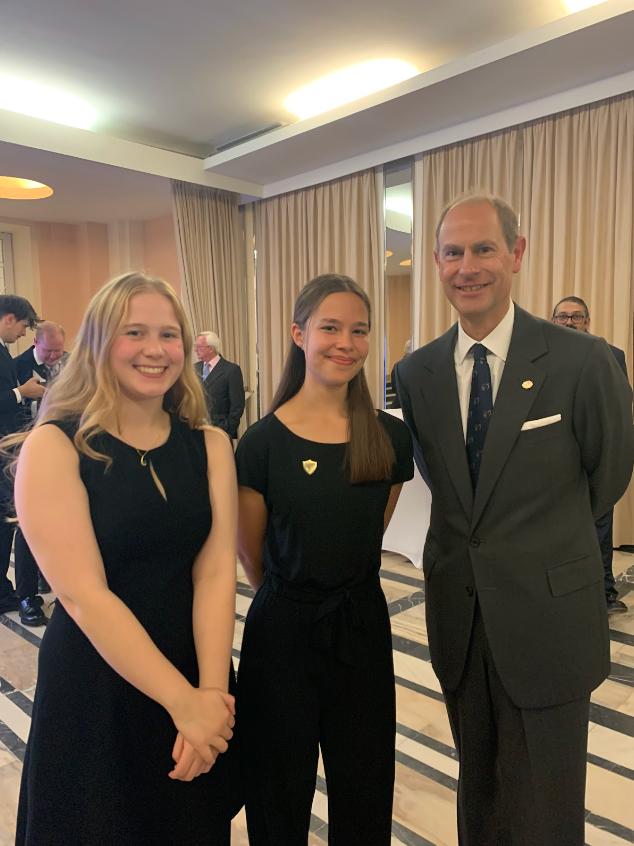

In the spirit of honesty, if we had to describe the weeks before the event in one word, it would be stressful. We had to organise our own repertoire (it's surprisingly hard to find violin-piano duets of similar levels!), find practice times while Stephie frantically finished her university applications, take time out of our weekends to try and prepare for the arduous task we had ahead of us, and combat our own personal anxieties Both of us have struggled with performing in front of crowds in the past and knowing that we’d be performing in front of 500 people, including Prince Edward of the British Royal Family, Custodian of the Romanian Crown Margareta, and Prince Guillaume of Luxembourg, was nerve racking to say the least
Bright and early before the performance, we set off on our little adventure to explore the beautiful city of Cluj. With the help of a tour guide we made our way through the old town, saw many monuments and finished it off with the best sandwich ever (genuinely).
You could tell the nerves were getting to us when Stephie had to check if her violin had disappeared from her hands and I had to ensure that my music sheet was in fact still in the backpack I had not even opened
Soundcheck was quite the experience especially as I was unable to play on the grand piano on the stage and instead had to play a keyboard. This being said, we really appreciated the help of the sound technician who was incredibly supportive and made us feel prepared, as well as Miss Sharp who reassured us that everything sounded fine.

The feeling of performing is something that cannot be easily expressed in words. Even now, it still doesn’t even feel real. We were taken away by the music and the moment, and as we started performing all of our anxiety and stress fell away.
By this point, the auditorium had started to fill up and with heavy hearts it was time for us to leave the stage (...for the moment). We went backstage to prepare and I did almost forget my music, thankfully Stephie was there to remind me to take it on stage We were given seats in the second row, so we settled down and waited for the ceremony to begin, and before we knew it we were asked to stand as the Royalty took their seats.
After the wonderful speeches, it was time for us to perform. We stood at the side of the stage, being quietly cheered on by the audience members around us as we got introduced, both buzzing with excitement (and maybe some nervousness).
Then curtains dramatically opened to reveal the fact that neither the keyboard nor the music stands were set up Despite the slight awkwardness, this gave us the chance to take in the atmosphere as the keyboard and stands got set up. Finally, it was time for us to perform.

I began to play, but I quickly realised something was wrong - the sustain pedal was not working. I knew that I couldn't continue. So, with a signal to the audience to wait for a minute, I untangled the muddle of cords to try and figure out the issue Fortunately, it was a simple issue - the pedal plug wasn’t plugged in all the way. And luckily, we had the support of both the sound technician and the presenter, who both made sure the audience kept their good spirits, things complemented later on in the night Despite the rocky start, we both persevered and began to perform.
Every note rung out crystal clear and echoed throughout the hall. I felt possessed by the music, as if I was simply a vessel It all feels like a blur now, because when you are performing, it's like you are a different person.
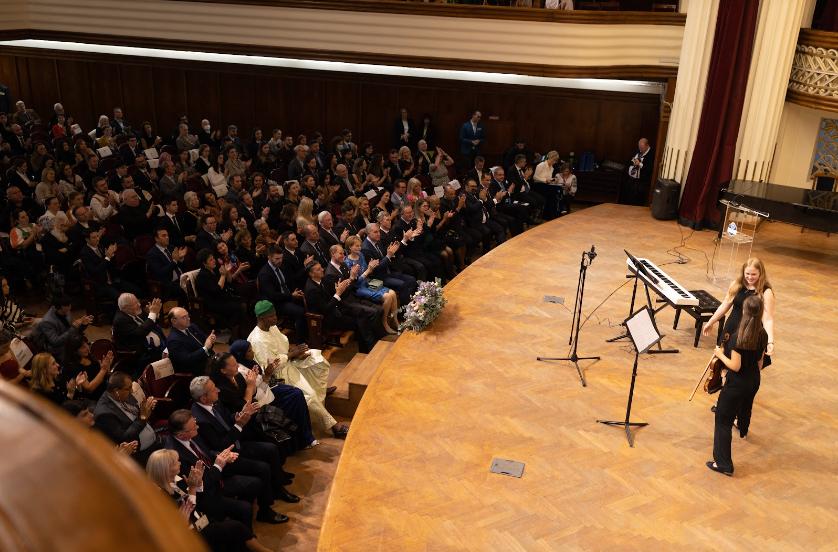
When we’d finished, applause quickly filled the amphitheatre We suddenly realised that neither of us had considered what to do once the performance was inevitably over. Do we stand and smile? Bow? Hug (but with instruments in hand )? Alas, we still basked in the glory of it all As we made our way off stage, our audience members congratulated us on our performance and sat back, relaxed, and enjoyed the rest of the event.
Afterwards, we were invited to meet other students and the royals in a more casual setting. We were impressed by the enthusiasm, determination, and interest shown by our fellow students when talking to the Romanian Crown Heiress. We also conversed with Prince Edward, who expressed his respect for our professionalism despite the various technical or organisational challenges we had faced.
Reflecting on the experience during our post-performance hotel-room midnight picnic (kindly provided by Mr William and Miss Sharp) made us realise how surreal the last 24 hours had been - it’s an experience we will treasure forever

It is a question I have heard my entire life and always dismissed because “My mom is enough of a teacher for both of us”. The idea of doing something similar to what my parents do was always repugnant to me I don’t know if this attitude came from my dire sense of individualism or my pride. Still, I consistently declined the idea that all the adults in my life were proposing to me
In retrospect, I spoke without the slightest idea of what being a teacher meant or how much I might enjoy it I am not making any statements about my profession, as I am still rather oblivious about my future, but I also learned that to find out what you like, you need to be open to new experiences, something which was unexpectedly hard for me
I am a STEM-inclined person, I study all three sciences, and have been passionate about science since I was very young (my four-year-old self wanted to become a world-renowned palaeontologist). I am

also a perfect example of The False Consensus Effect and a stern believer that all of my interests are shared by everybody It took me around fifteen years to realise that the love of science is less pervasive than I thought. However, this is Science I am talking about, not an obscure passion that has no actual application in real life I wanted to spread my love around the school This is how I found myself (with my friend, Sofia) leading the Science Club for Year 5 and Year 6.
My first time leading the club was stressful, with a very clear emphasis on the word stressful. I even got asked if it was my first time teaching. Might I
“Why don’t you become a teacher?”
add that it was unanticipatedly tiringafter the first club session I went home and immediately fell asleep. However, seeing the children's happy faces during every successful experiment and their eagerness to learn new information was gratifying.
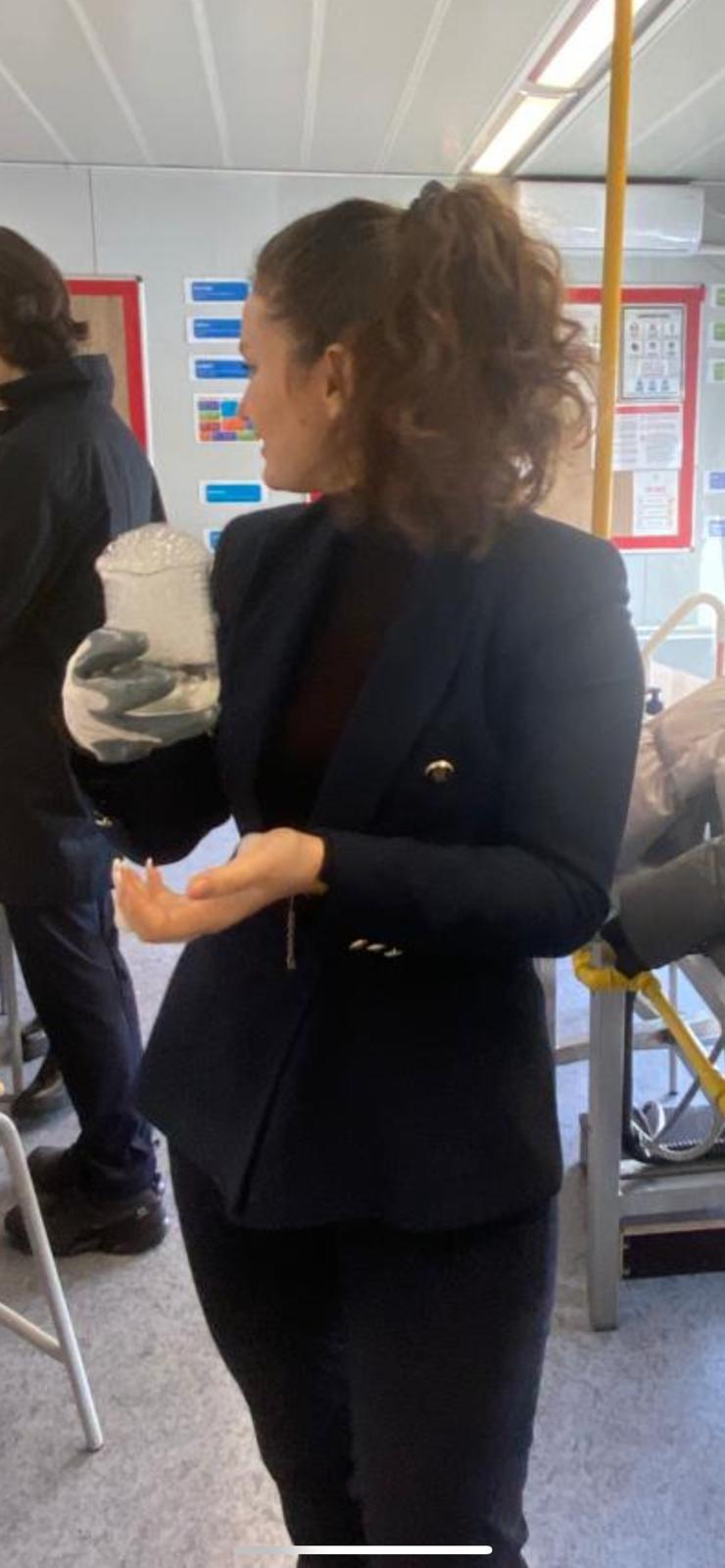
Science is a paramount developer in people's daily life skills It offers pupils a fundamental understanding of the natural world around them, which does sound like what a brochure for a science course would say, but it is true Science fosters curiosity, pushes younger children out of their comfort zone, and urges them to explore the unknown. Science encourages creative and innovative ideas, leading to discoveries that can change the world These skills are also valuable for any career, as they ensure a better understanding of your surroundings.
You could see the interest about the subject on the faces of the children during the club (or, at least, that is what I like to believe), their eagerness to ask questions, and pose us with queries we wouldn't have thought of ourselves
On an ending note, I think I can confidently say I have learned two main things from my experience with leading the Science Club; being a teacher is so much more challenging than I imagined, but the feeling when pupils come to you with a grateful look on their face is extremely rewarding And secondly, I think all kids should be encouraged to learn the basics of science, as many will thank you later when they will develop a passion for it
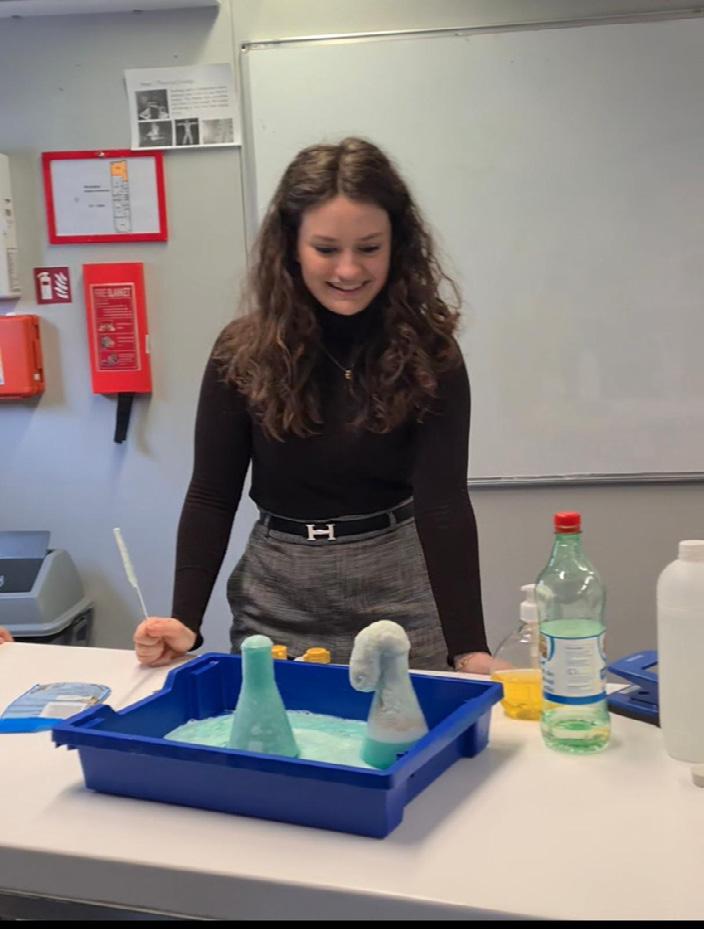

V e d a - E d i t o r i n C h i e f
H i e v e r y o n e ! I ’ v e b e e n o n e o f t h e l e a d e r s o f M o s a i c s i n c e 2 0 2 1 a n d t h i s i s m y f i n a l y e a r w o r k i n g o n i t . B e i n g p a r t o f t h i s m a g a z i n e s t a r t e d o f f a s a w a y t o e x p l o r e m y p a s s i o n f o r j o u r n a l i s m a n d w r i t i n g , a n d i t d i d h e l p m e f i n d m y l i t e r a r y v o i c e b u t i t a l s o p u s h e d m e t o b e c o m e m o r e r e s p o n s i b l e a n d d e d i c a t e d i n m y w o r k . I h o p e r e a d i n g t h i s m a g a z i n e g i v e s y o u a s m u c h j o y a s I f e l t e v e r y s e c o n d w o r k i n g f o r i t . I ’ m p a s s i o n a t e a b o u t p o l i t i c s , h i s t o r y a n d l i t e r a t u r e , a n d i n m y f r e e t i m e y o u c a n f i n d m e e i t h e r r e a d i n g , w a t c h i n g f e e l - g o o d s i t c o m s o r l i s t e n i n g t o T a y l o r S w i f t

H i g u y s ! B e i n g e d i t o r - i n - c h i e f a n d l e a d i n g t h i s m a g a z i n e a l o n g s i d e I l i n c a h a s b e e n o n e o f m y b e s t s c h o o l e x p e r i e n c e s ! T h e j o u r n a l i s t i n m e h a s p u t a l o t o f t i m e a n d t e a r s i n t o t h i s m a g a z i n e , a n d I c o u l d n ' t b e p r o u d e r o f h e r a n d m y t e a m t h a t h a s h e l p e d a c h i e v e w h a t c a n o n l y b e c a l l e d a g l o r i o u s l i t e r a r y m a r v e l : ) W h e n I ’ m n o t t y p i n g t h e f o u r t h p a g e o f m y a l r e a d y t o o l o n g a r t i c l e , y o u ' l l f i n d m e r e a d i n g ( t h r i l l e r s ! ) , d a n c i n g o r l o o k i n g u p t h e l a t e s t i n t h e w o r l d o f p s y c h o l o g y ( a l t h o u g h I ' m a d e n t a l s t u d e n t ) . A s m u c h a s I l o v e t h e c r e a t i v e a r t s , I p r o m i s e y o u , I l o v e m y l o v e l y k i t t e n s a l o t m o r e < 3
I l i n c a - C o - E d i t o r i n C h i e f & P R H e a d
H i e v e r y o n e ! I ’ v e b e e n o n e o f t h e l e a d e r s o f M o s a i c a l o n g s i d e V e d a s i n c e 2 0 2 1 a n d t h i s i s m y f i n a l y e a r w o r k i n g o n i t B e i n g p a r t o f t h i s m a g a z i n e s t a r t e d o f f a s a w a y t o e x p l o r e m y p a s s i o n f o r j o u r n a l i s m a n d w r i t i n g , a n d i t d i d h e l p m e f i n d m y l i t e r a r y v o i c e b u t i t a l s o p u s h e d m e t o b e c o m e m o r e r e s p o n s i b l e a n d d e d i c a t e d i n m y w o r k . I h o p e r e a d i n g t h i s m a g a z i n e g i v e s y o u a s m u c h j o y a s I f e l t e v e r y s e c o n d w o r k i n g f o r i t . I ’ m p a s s i o n a t e a b o u t p o l i t i c s , h i s t o r y a n d l i t e r a t u r e , a n d i n m y f r e e t i m e y o u c a n f i n d m e e i t h e r r e a d i n g , w a t c h i n g f e e l - g o o d s i t c o m s o r l i s t e n i n g t o T a y l o r S w i f t : )

H i ! I ’ m S t e p h i e a n d I j o i n e d t h e m a g a z i n e t w o y e a r s a g o I d e c i d e d t o b e a n e d i t o r b e c a u s e I w a n t e d t o t r y s o m e t h i n g n e w ( . . . a n d m a y b e s o I c o u l d p u t a l l t h a t c o n s t r u c t i v e c r i t i c i s m g i v e n b y o u r h i s t o r y t e a c h e r s t o g o o d u s e ) .

I a m q u i t e s k i l l e d a t m i n i m i s i n g m y f r e e t i m e , b u t w h e n I d o g e t s o m e y o u w i l l m o s t l i k e l y f i n d m e d o i n g a n y t h i n g m u s i c r e l a t e d : )

H i ! I ’ m D a r i a a n d I ’ v e b e e n p a r t o f t h e M o s a i c t e a m f o r t h e p a s t y e a r . I ’ m i n c h a r g e o f d e s i g n i n g a n d f o r m a t t i n g t h e m a g a z i n e ’ s a r t i c l e s . O n e o f m y p a s s i o n s i s i n d i g i t a l d e s i g n a n d I h a d t h e i n c r e d i b l e o p p o r t u n i t y t o u s e m y a r t i s t i c a b i l i t i e s w i t h m y l o v e f o r l i t e r a t u r e , c u l t u r e , a n d k n o w l e d g e w h i l e w o r k i n g o n t h i s m a g a z i n e I e n j o y e d w o r k i n g w i t h t h e w r i t e r s , i l l u s t r a t o r s , a n d t h e e d i t o r i a l t e a m t o b r i n g t h e i r v i s i o n s t o l i f e .

S a r a h - I l l u s t r a t o r
D a r i a - D e s i g n e r a n d F o r m a t t e r I ' m v e r y t a l e n t e d , a n d y o u c a n a s s e s s f o r y o u r s e l f w i t h t h e s l a y i l l u s t r a t i o n s a c c o m p a n y i n g t h e c r e a t i v e w r i t i n g p i e c e s : )
W h a t ’ s u p g u y s ! I ’ m H a r r i e t a n d t h i s i s m y s e c o n d y e a r w r i t i n g f o r t h e s c h o o l m a g a z i n e I ’ v e b e e n w r i t i n g f o r y e a r s a n d p a r t i c u l a r l y l i k e t o f o c u s o n c u r r e n t e v e n t s ! A s i d e f r o m t h a t , I l o v e p l a y i n g a n d c o m p o s i n g m u s i c , a s w e l l a s w a t c h i n g s c a r y m o v i e s a n d t r y i n g o u t n e w t h i n g s . I a l s o h a p p e n t o h a v e t w o v e r y v e r y b i g p u p p i e s t h a t I l o v e t o b i t s .
E l e n a - W r i t e r
H e l l o e v e r y o n e ! I a m E l e n a a n d t h i s i s m y f i r s t y e a r w r i t i n g i n t h e s c h o o l ’ s m a g a z i n e , w h i c h i s a n e x p e r i e n c e I a m v e r y g r a t e f u l f o r . I a m p a s s i o n a t e a b o u t h u m a n i t i e s , w h i l e b e i n g a s c i e n c e p e r s o n . I a m a l s o a c h o c o l a t e l o v e r , a n d a n a v i d h a t e r o f c u c u m b e r s a n d s p r e a d i n g m i s i n f o r m a t i o n . A s t o t e l l y o u m o r e a b o u t m y s e l f , I w o u l d l i k e t o b e l i e v e t h a t m y a r t i c l e s a r e w a y m o r e g e n e r o u s i n d e s c r i b i n g m e a n d m y i n t e r e s t s !

A l e x i a - W r i t e r

H e l l o ! M y n a m e i s A l e x i a , I ’ m 1 7 a n d I a m a s t u d e n t a t t h e B r i t i s h S c h o o l O f B u c h a r e s t . I l o v e a n i m a l s o f a n y k i n d a n d l a n g u a g e s , h o w e v e r , o n e o f m y m a i n i n t e r e s t s i n b o t h s c h o o l l i f e a n d l i f e i n g e n e r a l i s p o l i t i c s , h e n c e t h e c h o i c e s o f t o p i c s f o r m y a r t i c l e s M y a r t i c l e s a r e b a s e d o n b o t h s o c i a l q u e r i e s t h a t h a v e b e e n a r o u n d f o r y e a r s b u t a l s o m o r e r e c e n t i s s u e s , l i k e t r e n d s a n d w h e t h e r t h e y a r e a p o s i t i v e i n f l u e n c e o r n o t . I f i n d t h a t p o l i t i c s a n d s o c i a l i s s u e s a r e a g o o d c o r e t o b o t h d e b a t e s b u t a l s o d i s c u s s i o n s f o r u s , t h e y o u n g g e n e r a t i o n .

M e l i k a - W r i t e r
H e y t h e r e ! I ' m M e l i k a , a n d I ’ m t h r i l l e d t o b e p a r t o f t h i s y e a r ’ s s c h o o l m a g a z i n e t e a m ! I h a v e a p a s s i o n f o r w r i t i n g a n d e x p a n d i n g m y k n o w l e d g e o n c u r r e n t a f f a i r s , b u t w h e n I ' m n o t b u s y w r i t i n g a r t i c l e s I e n j o y l i s t e n i n g t o m u s i c , d r a w i n g , c o o k i n g a n d b i n g e - w a t c h i n g N e t f l i x !


I l i k e s c i e n c e . . a n d w i f i ! S o i n t h e s a m e f a s h i o n , m y a r t i c l e i s M o t h e r o f W i F i ! : D
I t h i n k t h a t ' s r a d , d o n ' t y o u ?

A n a - W r i t e r
S o f i a - W r i t e r I ’ v e a l w a y s b e e n p a s s i o n a t e a b o u t s t o r i e s , e s p e c i a l l y w h e n t o l d b y p e o p l e w h o a r e o f t e n f o r g o t t e n . H o n e s t l y , I t h i n k I s p e n d m o r e t i m e l i v i n g i n i m a g i n a r y w o r l d s t h a n i n r e a l i t y , w h i c h s h o u l d b e c o n c e r n i n g , b u t i t ’ s a c t u a l l y a l o t b e t t e r I j o i n e d M o s a i c t o e x p l o r e m y c r e a t i v i t y a n d i n t e r e s t s w h i c h u s u a l l y r e v o l v e a r o u n d l i t e r a t u r e , h i s t o r y , c i n e m a , t h e a t r e , r e b e l l i o u s w o m e n a n d b a s e m e n t s ( d o n ’ t q u e s t i o n i t ) . W h e n I ’ m n o t w r i t i n g , r e a d i n g , b i n g e w a t c h i n g o r s l e e p i n g I u s u a l l y g o t o t h e c o u n t r y s i d e w h e r e I w r i t e , r e a d , b i n g e w a t c h o r s l e e p I h o p e m y a r t i c l e s w i l l g i v e y o u a g l i m p s e i n t o o u r w o r l d ( a n d o t h e r s ) a n d e n c o u r a g e y o u t o d r e a m b i g : )

I j o i n e d t h e m a g a z i n e t h i s y e a r , w a n t i n g t o t r y o u t a n e w p e r s p e c t i v e w h e n i t c o m e s t o w r i t i n g I t w a s a c h a l l e n g e , y e t t h a t d i d n o t b l o c k a n y o f t h e e n j o y m e n t b r o u g h t b y t h i s e x p e r i e n c e . I t w a s t h e i d e a l w i n d o w t o e x p l o r i n g m y p a s s i o n s a n d m y v o i c e i n r e l a t i o n t o t h e m . Y e s , I h a v e b e e n c h a s e d f o r s o m e m i s s i n g w o r k ( s o r r y g u y s ) , b u t t h a t i s j u s t p a r t o f b e i n g a t e e n a g e r , i s i t n o t ?

This student magazine is a school project developed within the British School of Bucharest and contains copyrighted material, the use of which has not been expressly authorised by the copyright owner/s and for which no renumeration has been paid. In accordance with noncommercial and educational interests, we, the students, understand to make available such material to increase the scholarly knowledge and/or share opinion to the community, facilitated using visual information. We believe this constitutes a "fair use" of any such copyrighted material as provided in Article 35 of the Romania Law No. 8/1996 on copyright and related rights. Complying with Articles 35-39 from the aforementioned law, the material in this student magazine is distributed free of charge to the public on the official website of the British School of Bucharest (www.britishschool.ro) in an electronic format and on paper to the team and BSB Secondary students. This student magazine does not seek to obtain any commercial or economic advantage, directly or indirectly from fair use. All rights and credits belong to their rightful owners. No copyright infringement is intended by the fair use allowed by art. 35 of the Romanian Law No.9/1996.
4 Photo: https://www.themarginalian.org/2013/10/23/margaret-mead-ruth-benedict-loveletters/
4 Photo: https://www.themarginalian.org/2013/10/23/margaret-mead-ruth-benedict-loveletters/
5 Photo: https://www.makingqueerhistory.com/articles/2016/12/20/khnumhotep-andniankhkhnum-and-occams-razor
5 Photo: https://ro.pinterest.com/pin/342906959097748190/
6 Photo: https://time.com/5295476/gay-pride-pink-triangle-history/
6 Photo: https://www.nationalww2museum.org/war/articles/the-men-with-the-pink-triangleheinz-heger
6 Photo: https://www.newyorker.com/culture/essay/coming-out-and-rising-up-in-the-fiftyyears-after-stonewall
7 Photo: https://www.harveymilk.com/historic-photo-gallery/
7 Photo: https://www.ngv.vic.gov.au/essay/the-rainbow-flag-a-borderless-design/
7 Photo: https://wwmt.com/news/nation-world/the-dutch-went-first-in-2001-who-has-samesex-marriage-now
7 Photo: https://www.bbc.com/news/world-us-canada-31295962
8 Photo: https://twitter.com/WHSWeStopHate/status/341776018182402049
10 Photo: https://e1.pxfuel.com/desktop-wallpaper/535/811/desktop-wallpaper-aestheticnetflix-logo-posted-by-samantha-thompson-netflix-icon.jpg
12 Photo: https://i.guim.co.uk/img/media/9f9fa3cffd417e29f934c570116a4e703cefb855/0_500_4732_407 4/master/4732.jpg?width=1020&quality=85&dpr=1&s=none
Photo 12: https://ashsinfinitelibrary.files.wordpress.com/2021/11/bwway.jpg
13 Photo: https://www.buildhollywood.co.uk/wpcontent/uploads/2021/09/RS31255_GreatEasternStreetMuralFinal-7-lpr.jpg
14 Photo: https://m.economictimes.com/thumb/msid-85765172,width-1200,height900,resizemode-4,imgsize-57040/6dbe633c-edc4-4821-ae9b-d0a.jpg
15 Photo: https://ashsinfinitelibrary.files.wordpress.com/2021/11/bwway.jpg
16 Photo: https://azb.wikipedia.org/wiki/%D9%81%D8%A7%DB%8C%D9%84:Quantum_of_Solace_% 28Film%29.jpg24 Photo: https://www.smithsonianmag.com/history/photos-of-the-titanictragedy-from-101-years-ago-19446446/
24 Photo: https://rarehistoricalphotos.com/last-photo-titanic-1912/
28 Photo: https://encrypted-tbn0.gstatic.com/images?
q=tbn:ANd9GcR9fscIk6Zw4MRd7CzV02hfpdWhVUiO_qWjLg&usqp=CAU
38 Photo: https://www.britannica.com/topic/hieroglyph
48 Photo: https://www.peta.org/wpcontent/uploads/2013/10/1500_2D00_double_2D00_trouble_2D00_6-300x225.jpg
51 Photo: https://www.indiatimes.com/technology/science-and-future/china-waterlessnuclear-reactor-thorium-545635.html https://careervision.org/cv-v1/wpcontent/uploads/2014/05/gemmap3-792x1024.jpg
https://m.facebook.com/GreenEconomyCoalition/posts/our-new-infographic-explainswhy-just-relying-on-economic-growth-wont-be-enough-/1507142135991787/? locale2=id_ID
58 Photo: https://www.biography.com/crime/ted-bundy
64 Photo: https://www.rejectedprincesses.com/wpcontent/uploads/2015/01/1440_Hedy-Lamarr.jpg
74 Photo: by RootOfAllLight
76 Photo: https://i0.wp.com/the-past.com/wp-content/uploads/2022/10/post-1_image022.jpg?resize=1024%2C1017&ssl=1
77 Poto: https://ychef.files.bbci.co.uk/976x549/p0d9g18l.jpg
78Photo:https://mujeresconciencia.com/app/uploads/2015/06/tumblr_m8sp63rIGK1rrps kqo1_1280.gif
80 Photo: https://images.gr-assets.com/authors/1519487580p8/17087091.jpg https://upload.wikimedia.org/wikipedia/commons/thumb/8/83/Su_Hui_with_a_palindrom e.jpg/640px-Su_Hui_with_a_palindrome.jpg
“Ampere Analysis Insights.” Accessed June 15, 2023. https://www.ampereanalysis.com/insight/netflix-originals-and-exclusives-now-the-majority-of-its-us-catalogue.
Ayidh, Isa. “Sally Rooney’s ‘Beautiful World, Where Are You’ Uncovers Confessions from Ageing Millennials.” Text. Scroll.in. https://scroll.in, September 11, 2021. https://scroll.in/article/1004975/sally-rooneys-beautiful-worldwhere-are-you-uncovers-confessions-from-ageing-millennials.
“Beautiful World, Where Are You by Sally Rooney Review – the Problem of Success | Sally Rooney | The Guardian.” Accessed June 15, 2023. https://amp.theguardian.com/books/2021/sep/02/beautiful-world-where-are-youby-sally-rooney-the.
“Culture Insider: Six Talented Ancient Chinese Women.” Accessed June 15, 2023. http://www.chinadaily.com.cn/interface/zaker/1143605/2017-03-08/cd_28475522.html.
“Enheduanna - World History Encyclopedia.” Accessed June 15, 2023. https://www.worldhistory.org/Enheduanna/.
“Enheduanna: The World’s First Named Author - BBC Culture.” Accessed June 15, 2023. https://www.bbc.com/culture/article/20221025-enheduanna-the-worlds-first-named-author.
“Fit for High Positions: The Life of Wallada Bint al-Mustakfi - Medievalists.Net.” Accessed June 15, 2023. https://www.medievalists.net/2022/04/wallada-bint-al-mustakfi/.
“In Sally Rooney’s New Novel, a Celebrity Author Fights Her Own Brand,” September 7, 2021. https://www.vox.com/culture/22654386/sally-rooney-beautiful-world-where-are-you-review.
“Jen Bervin’s Research in China Leads to ’Su Hui’s… | Poetry Foundation.” Accessed June 15, 2023. https://www.poetryfoundation.org/harriet-books/2017/04/jen-bervins-research-in-china-leads-to-su-huis-reversible-poem.
“Netflix Is Poised to Crack down on Account Sharing. What Happens Now? - The Washington Post.” Accessed June 15, 2023. https://www.washingtonpost.com/business/2022/04/21/netflix-password-sharing-faq/.
“Netflix Loses Nearly 1 Million Subscribers, and Its Stock Soars - The Washington Post.” Accessed June 15, 2023. https://www.washingtonpost.com/business/2022/07/19/netflix-loses-nearly-1-million-subscribers-its-stocksoars/.
Pryke, Louise. “Hidden Women of History: Enheduanna, Princess, Priestess and the World’s First Known Author.” The Conversation, February 12, 2019. http://theconversation.com/hidden-women-of-history-enheduannaprincess-priestess-and-the-worlds-first-known-author-109185.
“Review: On ‘Conversations with Friends’ and ‘Normal People’ by Sally Rooney | Porter House Review.” Accessed June 15, 2023. https://porterhousereview.org/articles/eyes-like-cursors-blinking-on-conversations-withfriends-and-normal-people-by-sally-rooney/.
“Review: Sally Rooney’s ’Beautiful World, Where Are You?’ : NPR.” Accessed June 15, 2023. https://www.npr.org/2021/09/02/1031904202/sally-rooney-review-beautiful-world-where-are-you.
“Sally Rooney’s Novel of Letters Puts a Fresh Spin on Familiar Questions - The New York Times.” Accessed June 15, 2023. https://www.nytimes.com/2021/09/07/books/review/beautiful-world-where-are-you-sallyrooney.html.
“Su Hui’s Star Gauge – David Hinton | Poetry of China.” Accessed June 15, 2023. http://poetrychina.net/welling-magazine/suhui.
“The Struggle to Unearth the World’s First Author | The New Yorker.” Accessed June 15, 2023. https://www.newyorker.com/books/page-turner/the-struggle-to-unearth-the-worlds-first-author. USA TODAY. “Netflix Lost a Million More Subscribers, Plans Cheaper Version with Ads: What That Means for You.” Accessed June 15, 2023. https://www.usatoday.com/story/entertainment/tv/2022/07/19/why-did-netflix-losesubscribers-and-what-does-mean-you/7531540001/.
“Wallada Bint Al-Mustakfi | Real Academia de La Historia.” Accessed June 15, 2023. https://dbe.rah.es/biografias/4838/wallada-bint-al-mustakfi.
“Wallada Bint Al-Mustakfi, Poetic Princess - HeadStuff.” Accessed June 15, 2023. https://headstuff.org/culture/literature/wallada-bint-al-mustakfi-poetic-princess/.
“Why Is Netflix Losing so Many Subscribers and What Can It Do about It? | Netflix | The Guardian.” Accessed June 15, 2023. https://www.theguardian.com/media/2022/apr/20/why-is-netflix-losing-so-many-subscribers-andwhat-can-it-do-about-it.
“Wild Geese Returning – New York Review Books.” Accessed June 15, 2023. https://www.nyrb.com/products/wild-geese-returning?variant=30976224071.
“With Her New Novel, Sally Rooney Reckons With the Thornier Side of Fame | Vogue.” Accessed June 15, 2023. https://www.vogue.com/article/sally-rooney-profile-beautiful-world-where-are-you.
“Biography: Historical and Celebrity Profiles.” n.d. Biography. Accessed February 5, 2023. https://www.biography.com/.
Brogaard, Berit. 2015. “The Making of a Serial Killer.” Psychology Today. Retrieved 26.
“Child Abuse Statistics.” n.d. Childhelp (blog). Accessed February 5, 2023. https://www.childhelp.org/child-abuse-statistics/.
“Child Sexual Abuse Statistics – The National Center for Victims of Crime.” n.d. Accessed February 5, 2023. https://victimsofcrime.org/child-sexual-abuse-statistics/.
“Fast Facts: Preventing Child Abuse & Neglect |Violence Prevention|Injury Center|CDC.” 2022. May 31, 2022. https://www.cdc.gov/violenceprevention/childabuseandneglect/fastfact.html.

Hernandez, Jose, Julian Highsmith, Susana Madrigal, and Mark Mercado. 2015. “Nature (MAOA) and Nurture in a Criminal.” UC Merced Undergraduate Research Journal 8 (1). https://doi.org/10.5070/M481029475.
Leary, Terence, Larry Southard, Joe Hill, and John Ashman. 2017. “The Macdonald Triad Revisited: An Empirical Assessment of Relationships between Triadic Elements and Parental Abuse in Serial Killers.” North American Journal of Psychology 19 (3).
Mount, Lisa. n.d. “Research Guides: Serial Killers: Introduction.” Accessed February 5, 2023. https://libguides.cccneb.edu/c.php?g=1028667&p=7454693.
“Neurodevelopmental and Psychosocial Risk Factors in Serial Killers and Mass Murderers | Office of Justice Programs.” n.d. Accessed February 3, 2023. https://www.ojp.gov/ncjrs/virtuallibrary/abstracts/neurodevelopmental-and-psychosocial-risk-factors-serial-killers-and.
Ramirez, Stephanie R., Elizabeth L. Jeglic, and Cynthia Calkins. 2015. “An Examination of the Relationship between Childhood Abuse, Anger and Violent Behavior among a Sample of Sex Offenders.” Health & Justice 3 (1): 14. https://doi.org/10.1186/s40352-015-0025-3.
Rhijn, Jon-Ruben van, Yan Shi, Maren Bormann, Britt Mossink, Monica Frega, Hatice Recaioglu, Marina Hakobjan, et al. 2022. “Brunner Syndrome Associated MAOA Mutations Result in NMDAR Hyperfunction and Increased Network Activity in Human Dopaminergic Neurons.” Neurobiology of Disease 163 (February): 105587. https://doi.org/10.1016/j.nbd.2021.105587.
Taylor, Ian. 2019. Crime in Context: A Critical Criminology of Market Societies. 1st ed. Routledge. https://doi.org/10.4324/9780429037979.
“The Healthy Journal - Gluten, Dairy, Sugar Free Recipes, Interviews and Health Articles.” n.d. Https://Www.Thehealthyjournal.Com. Accessed February 5, 2023. https://www.thehealthyjournal.com/en/.
“The Truth About the Serial Killer Gene – SQ Online.” n.d. Accessed February 5, 2023. https://sqonline.ucsd.edu/2022/02/the-truth-about-the-serial-killer-gene/
